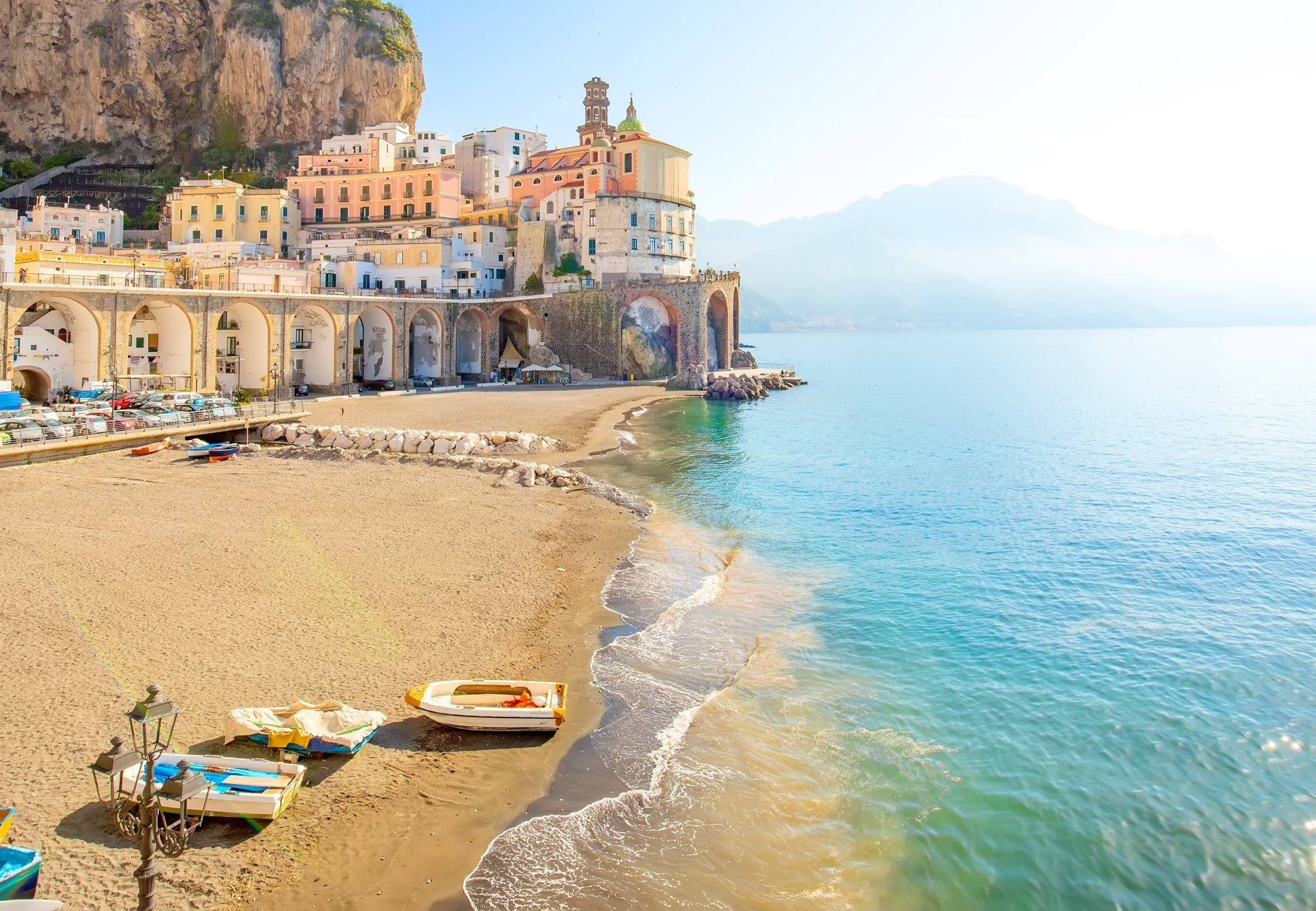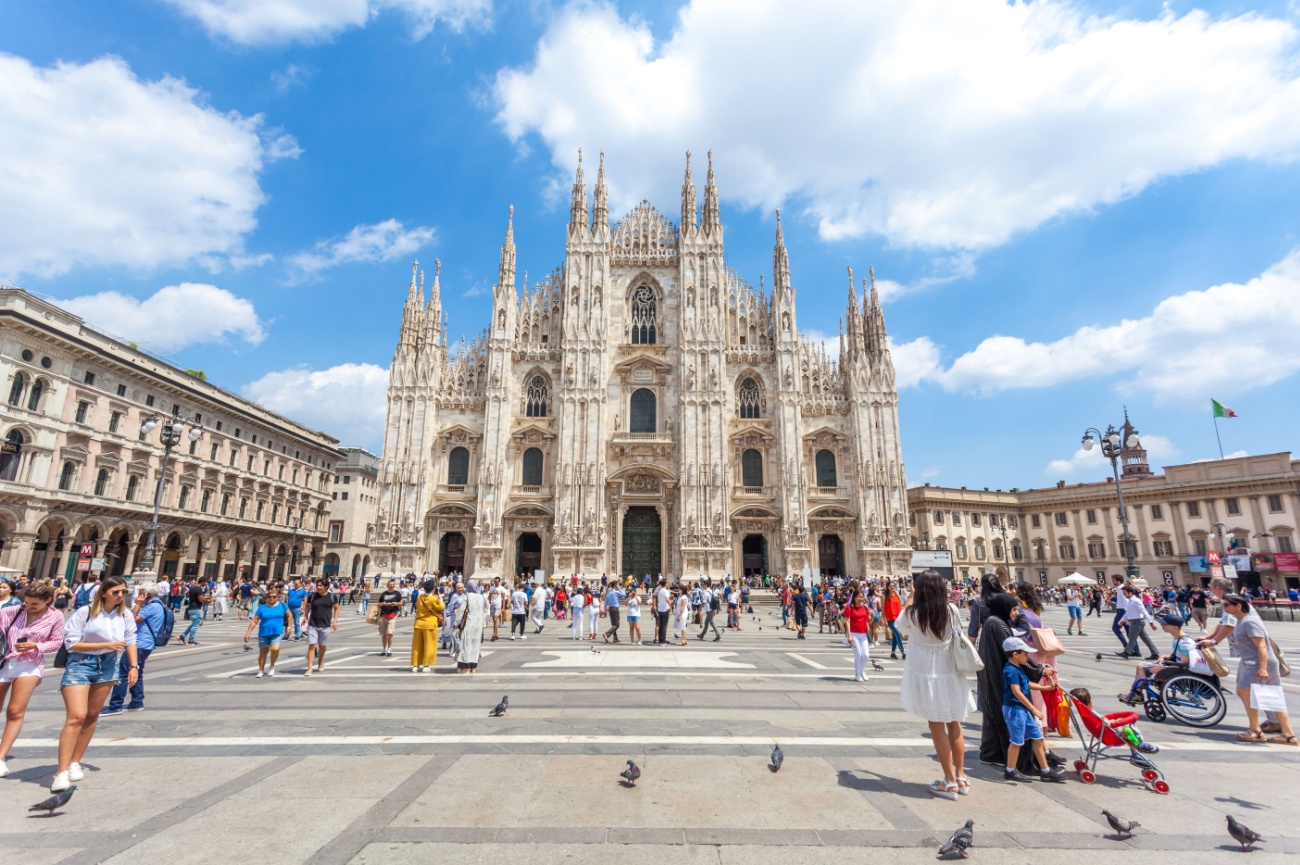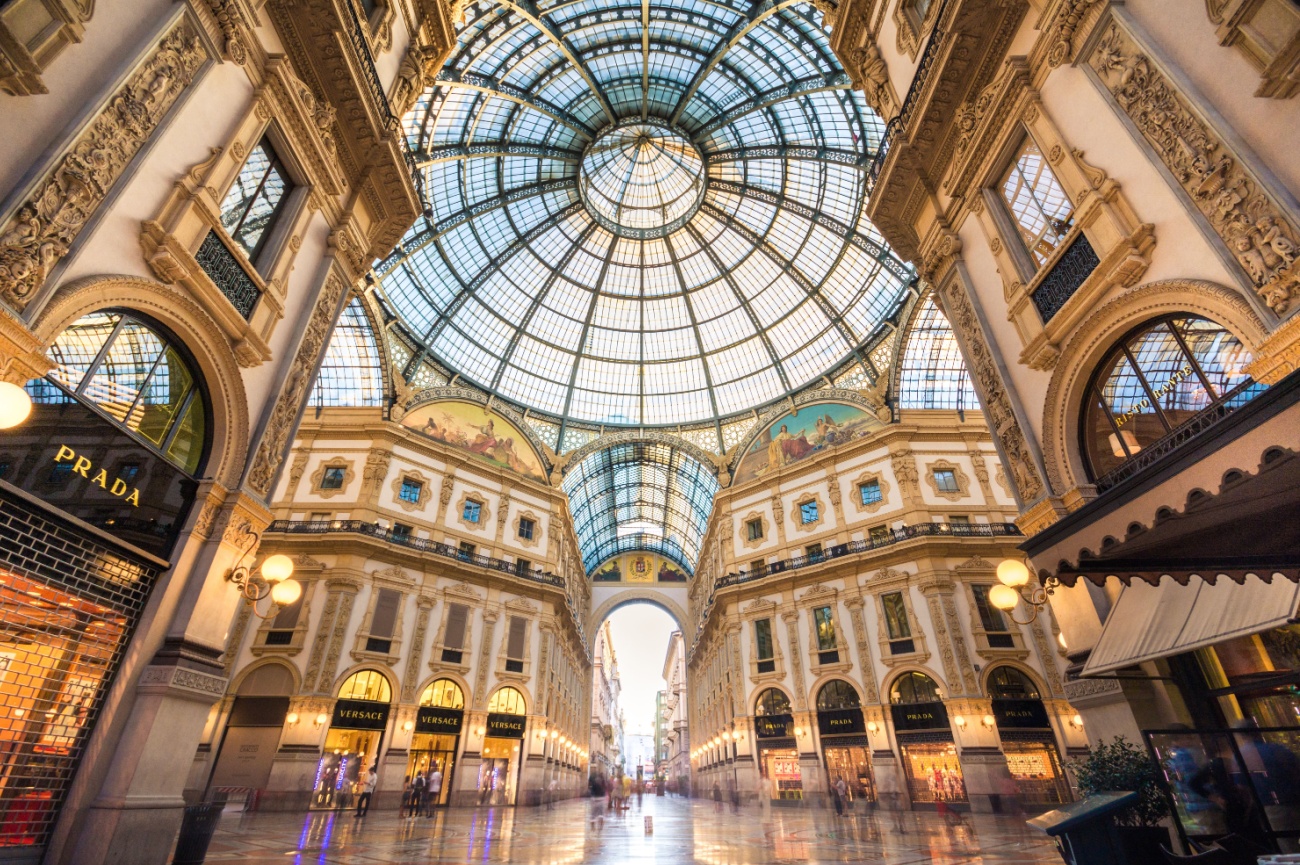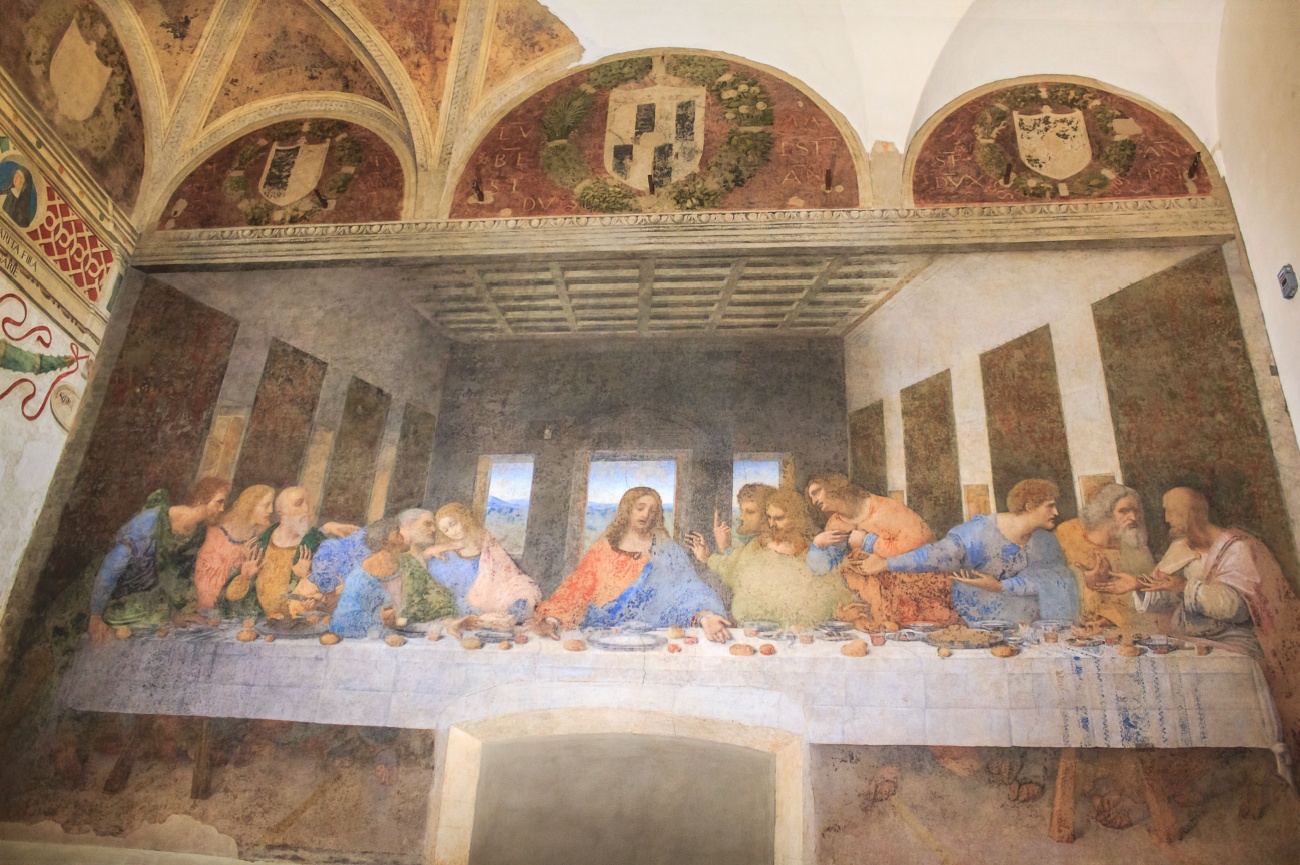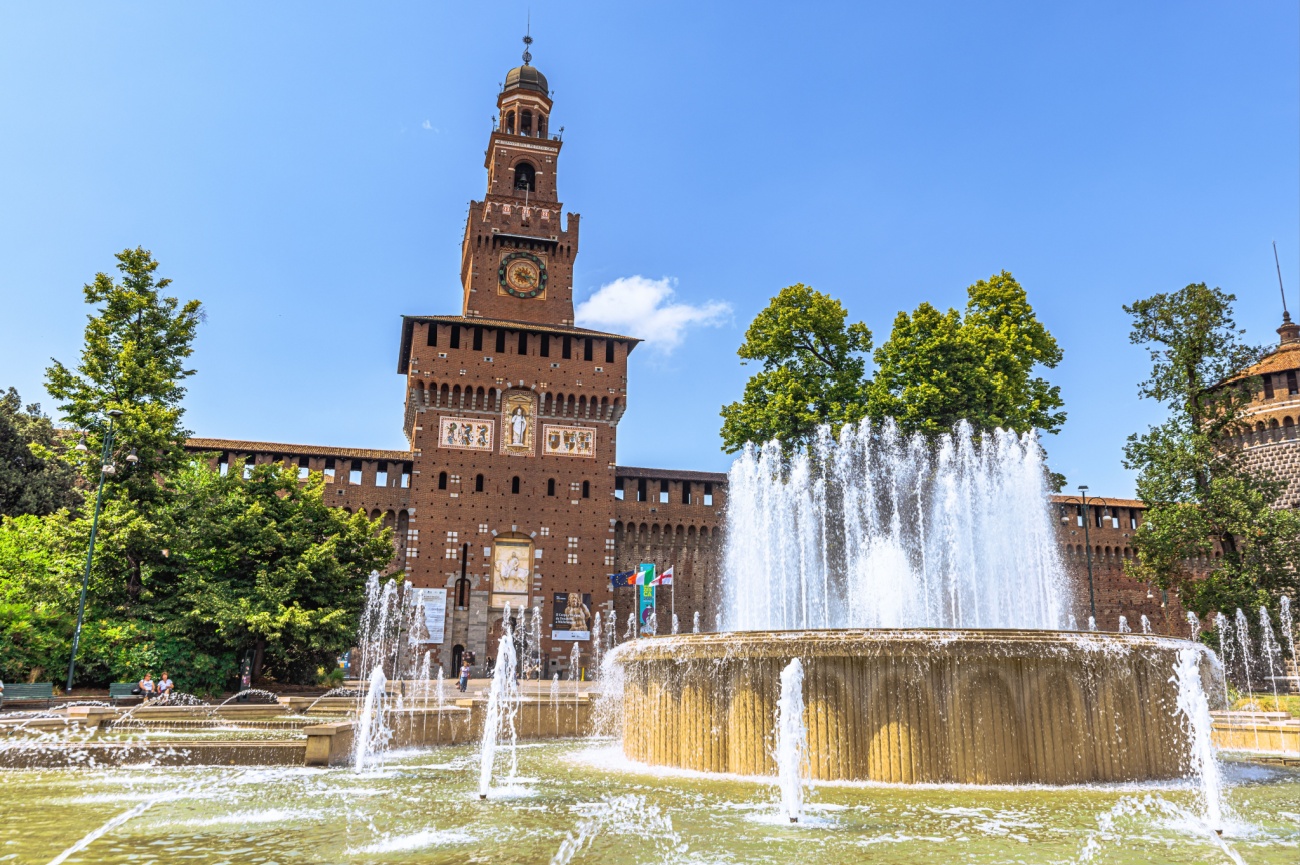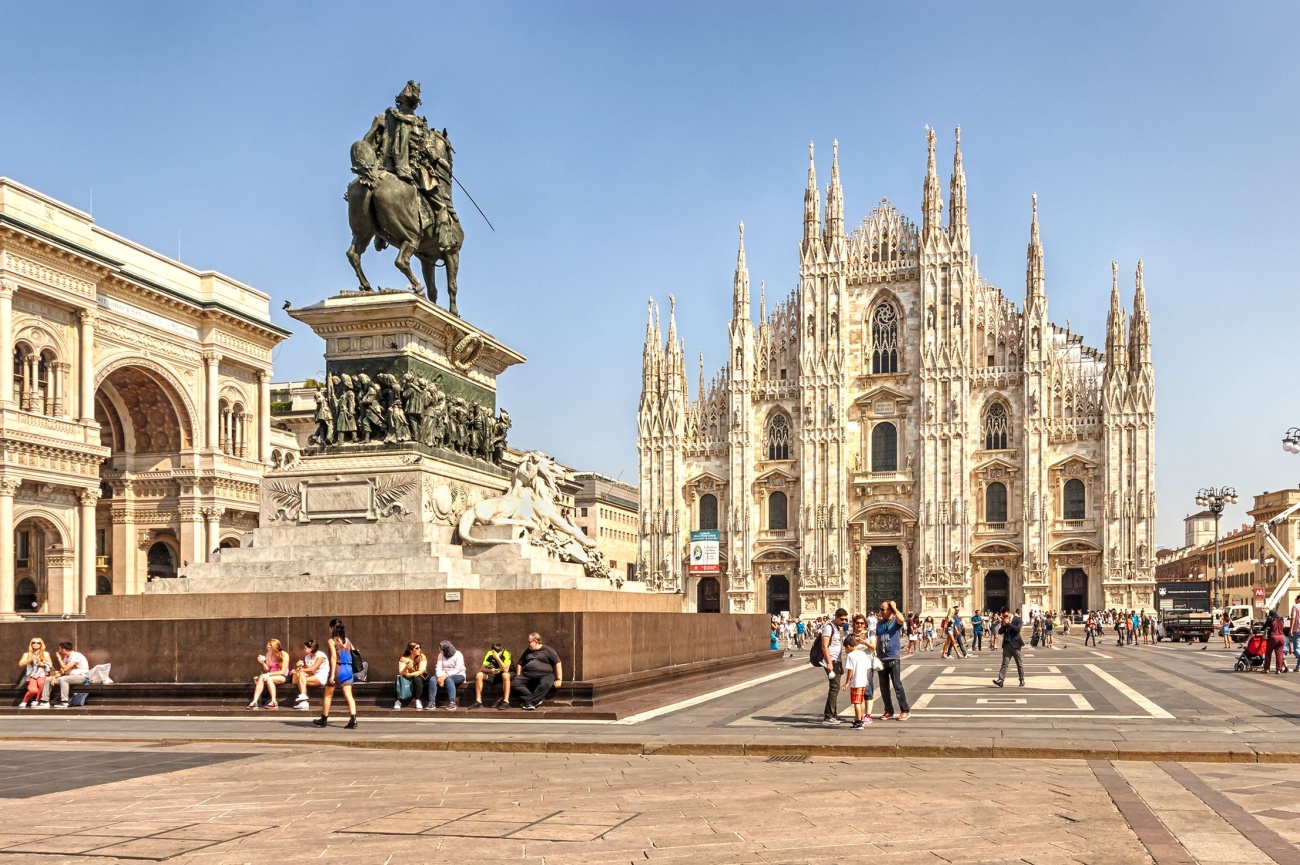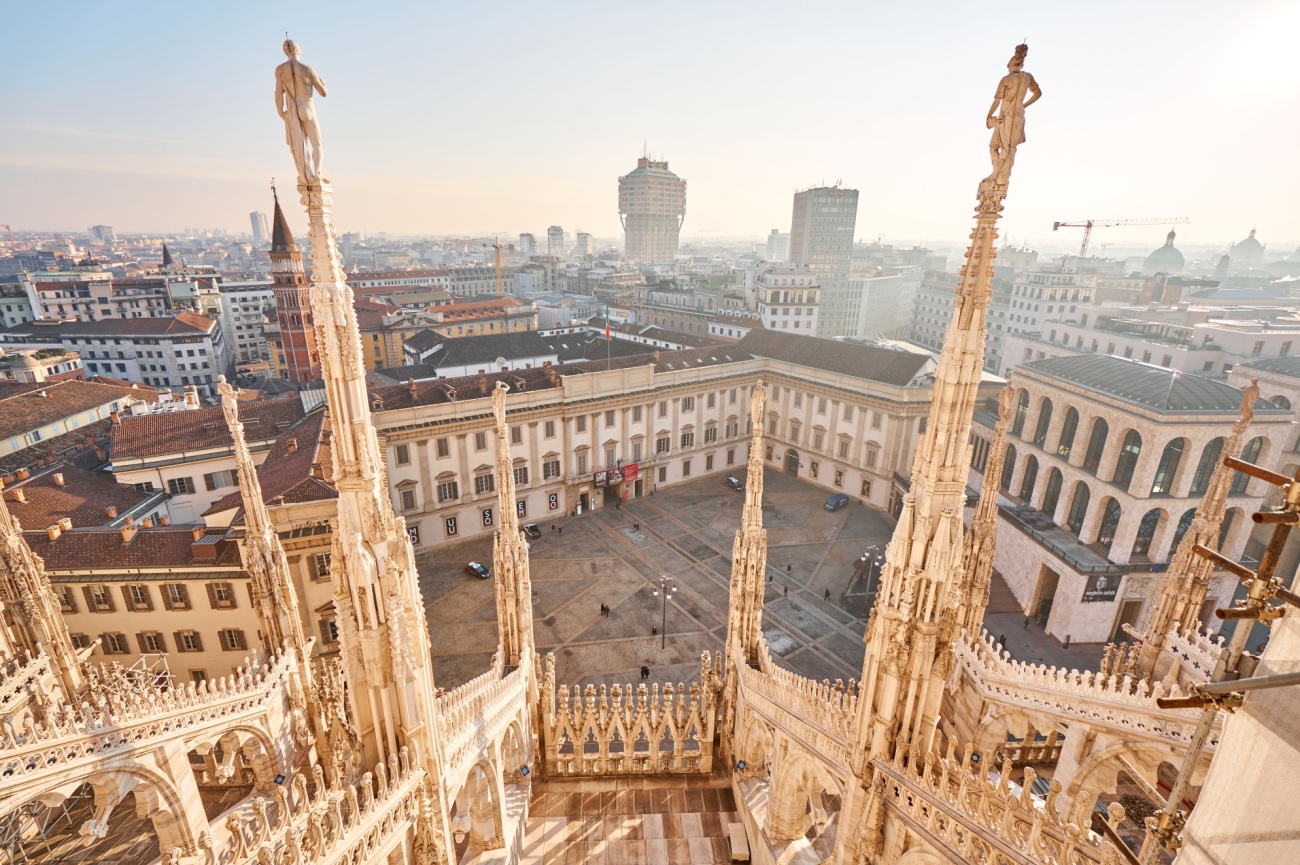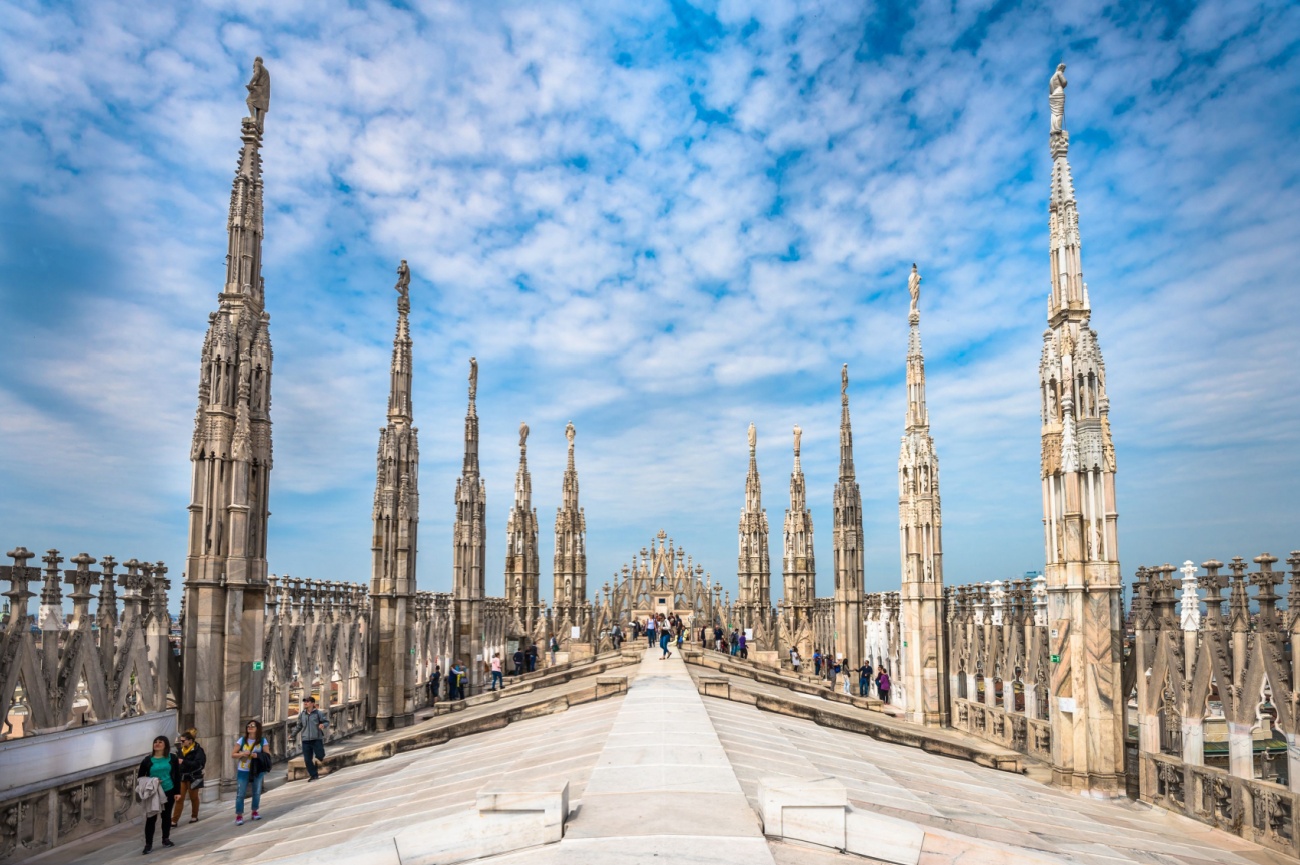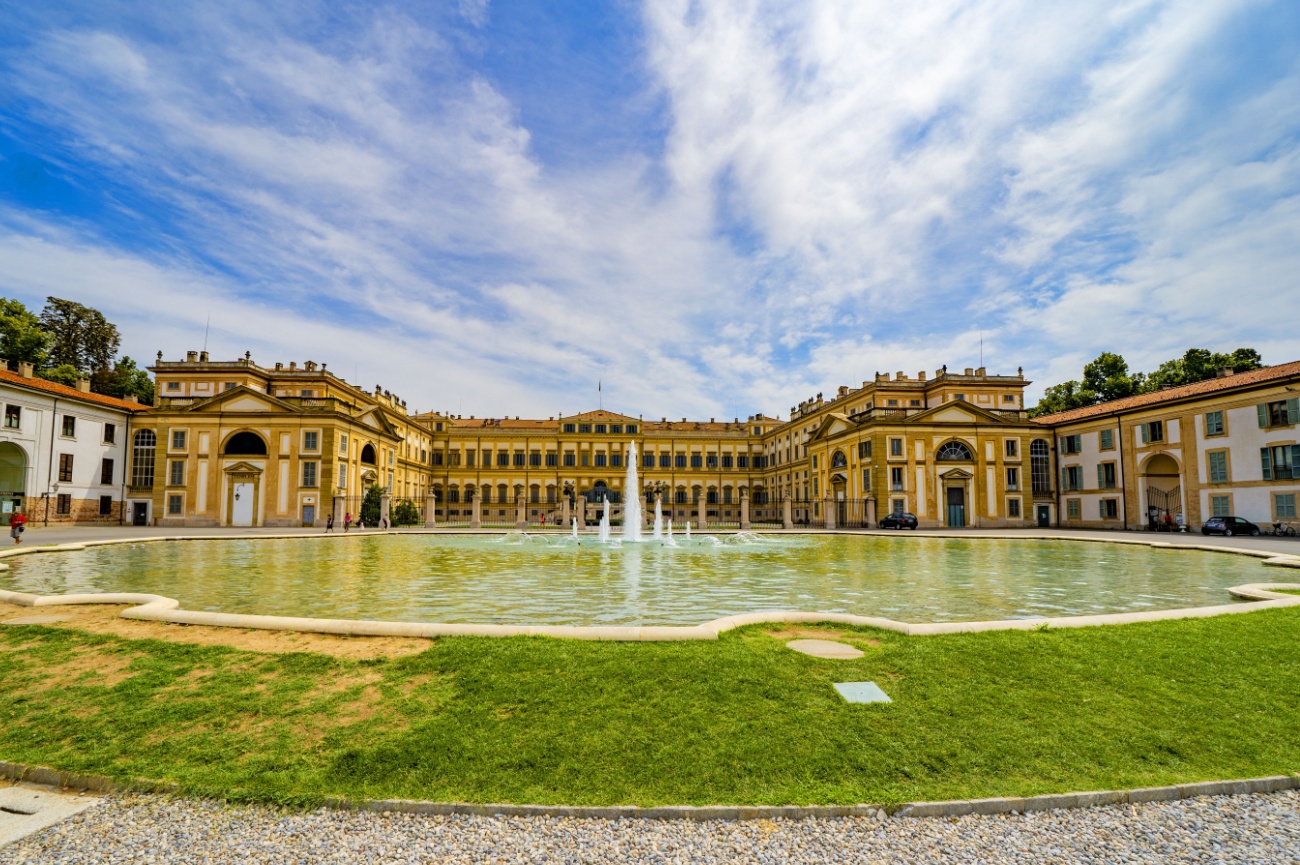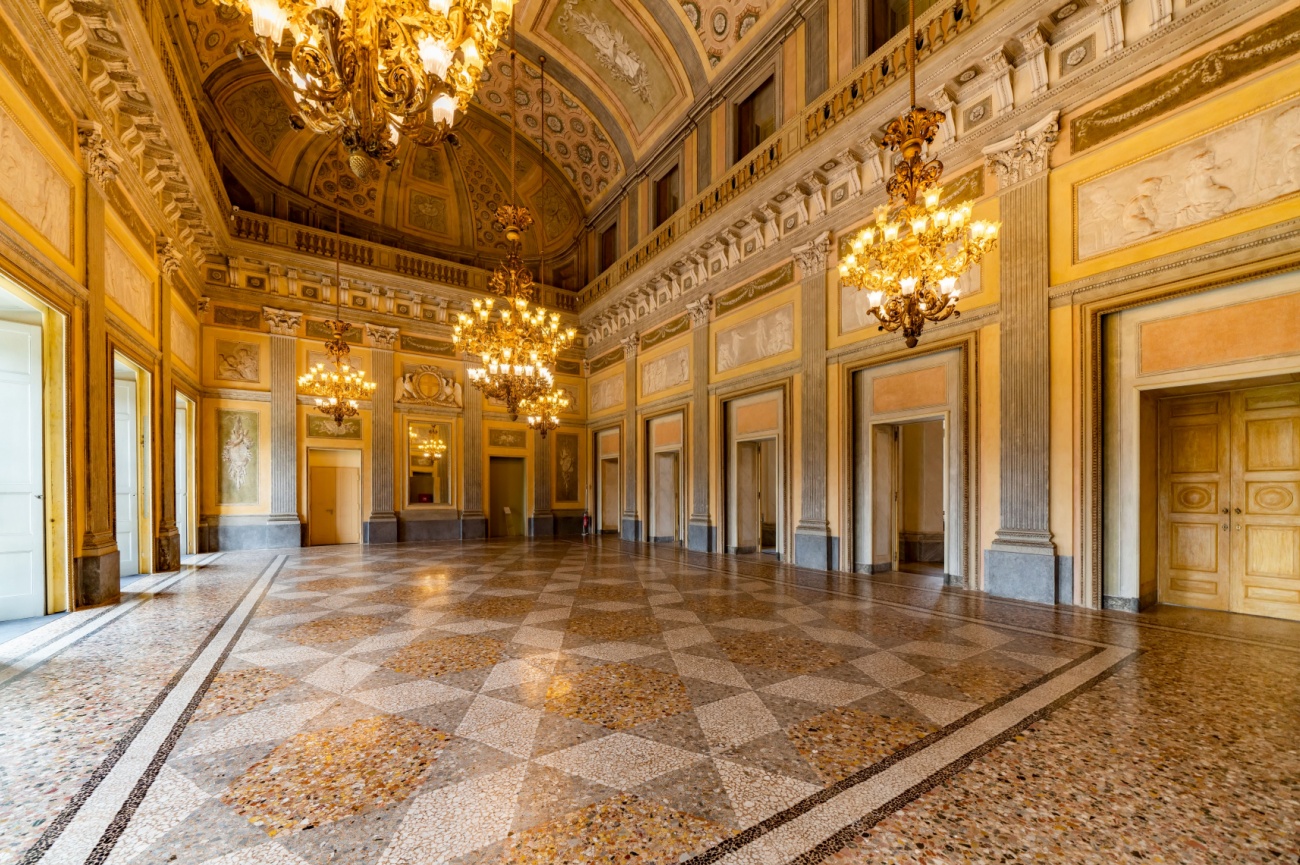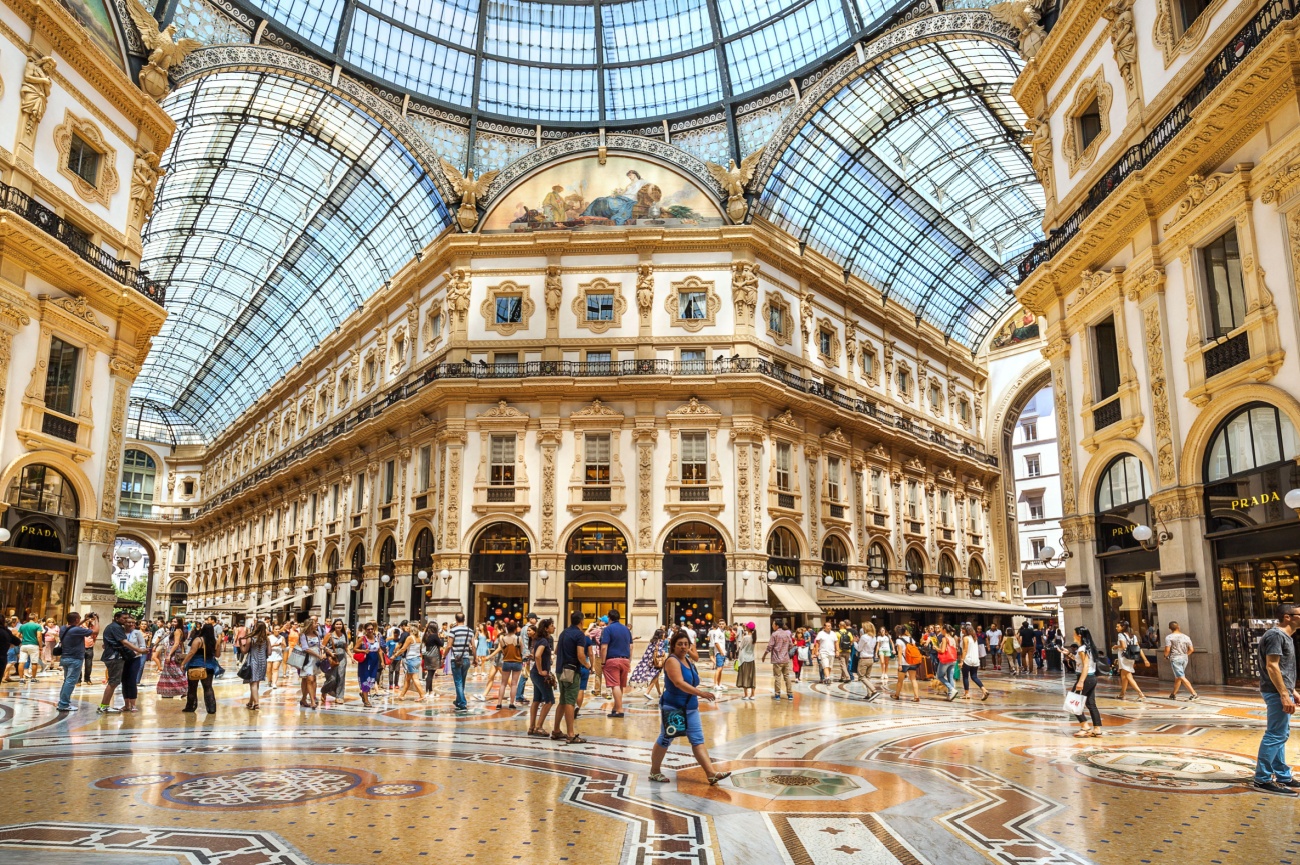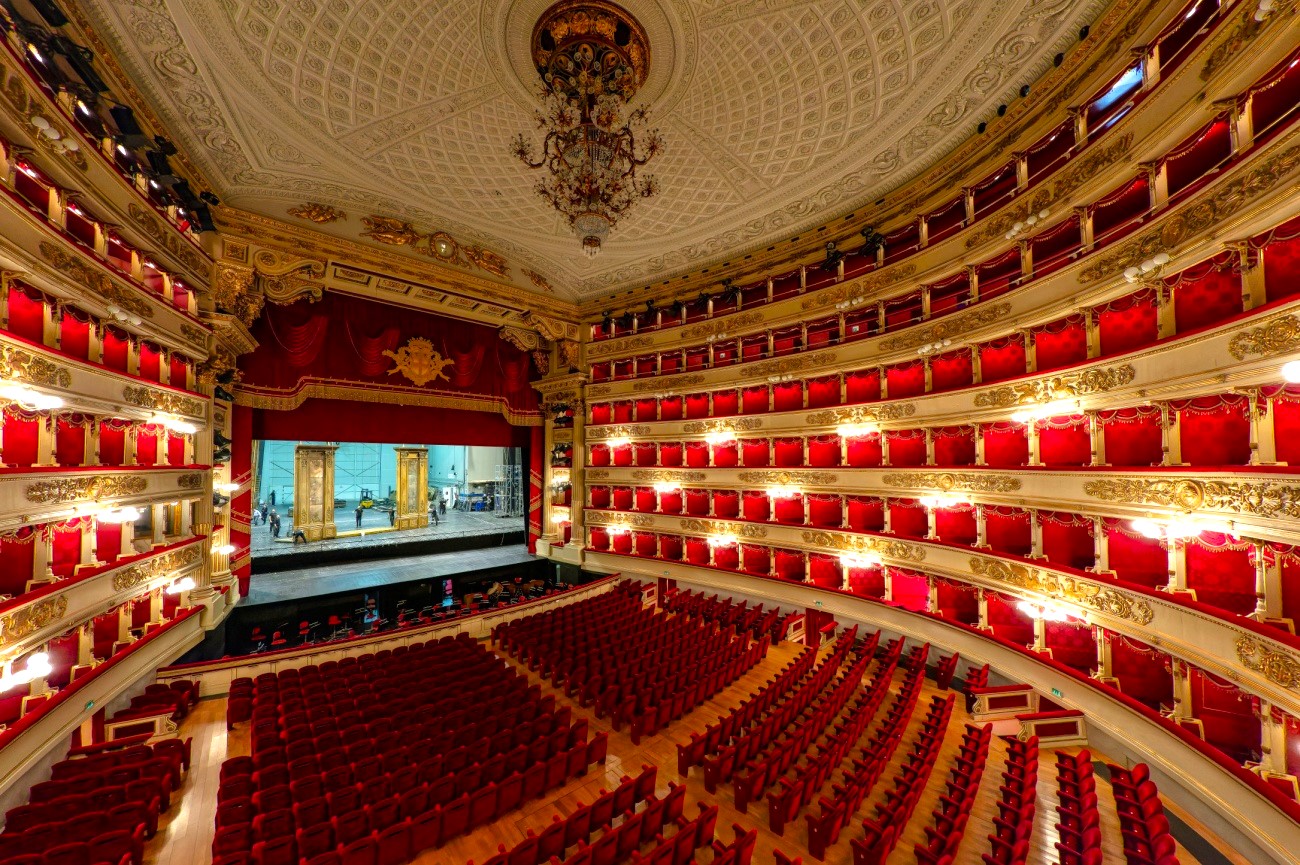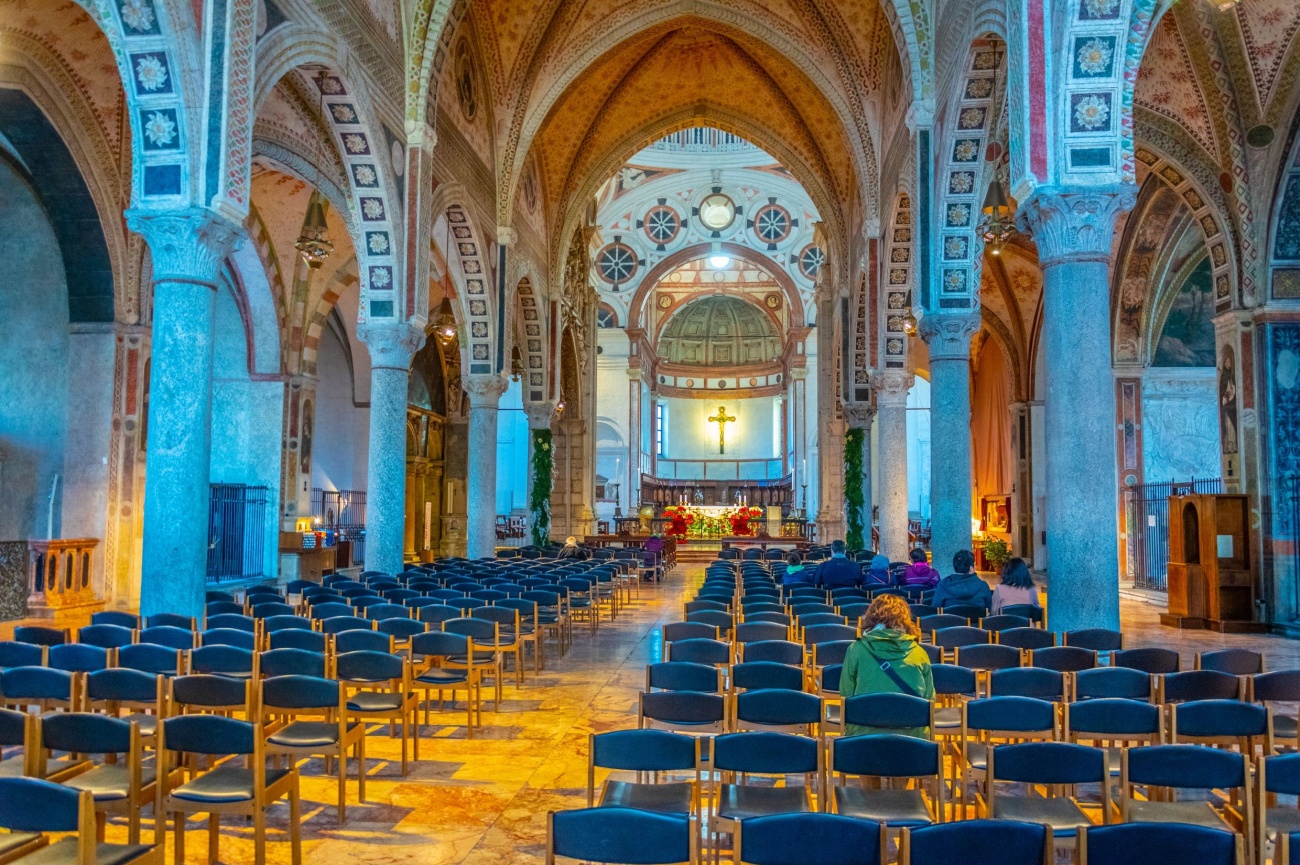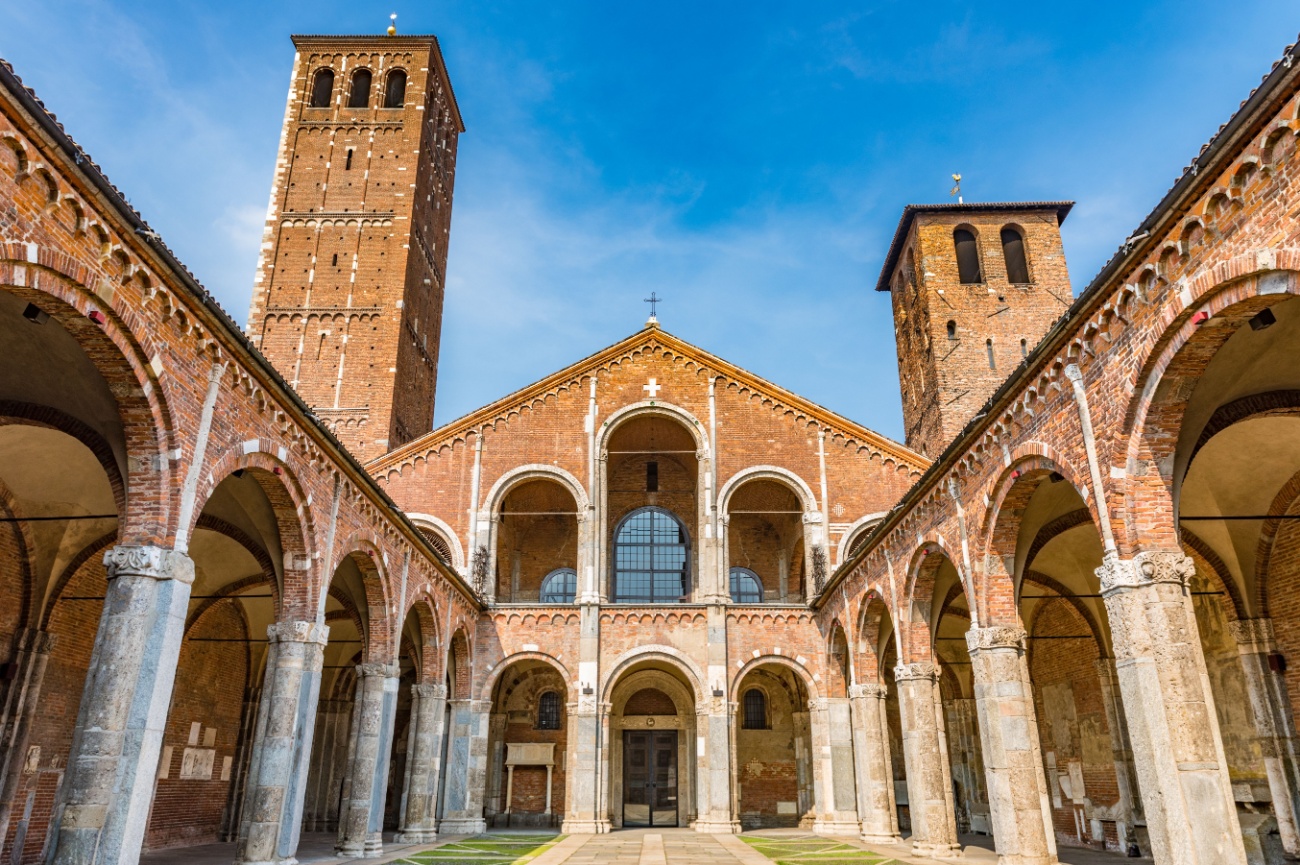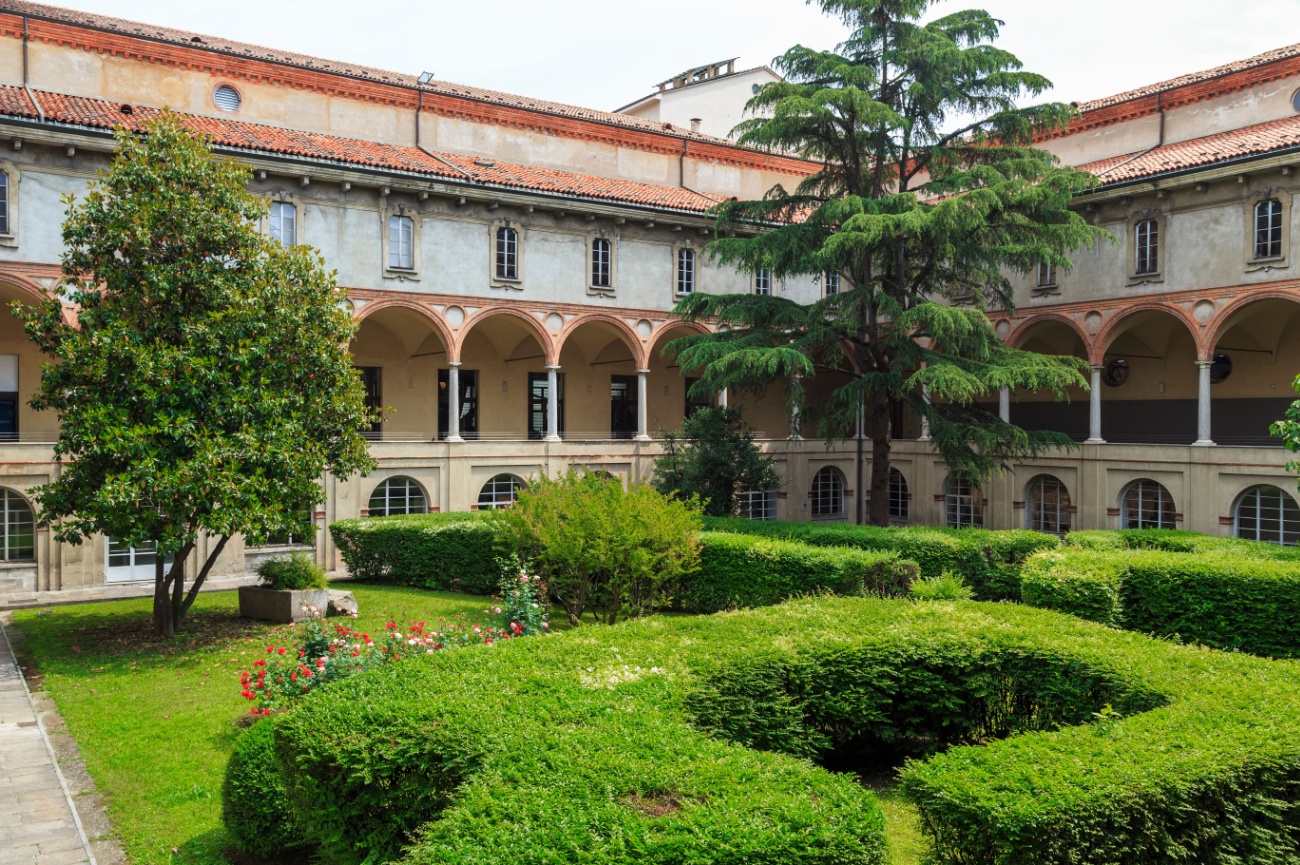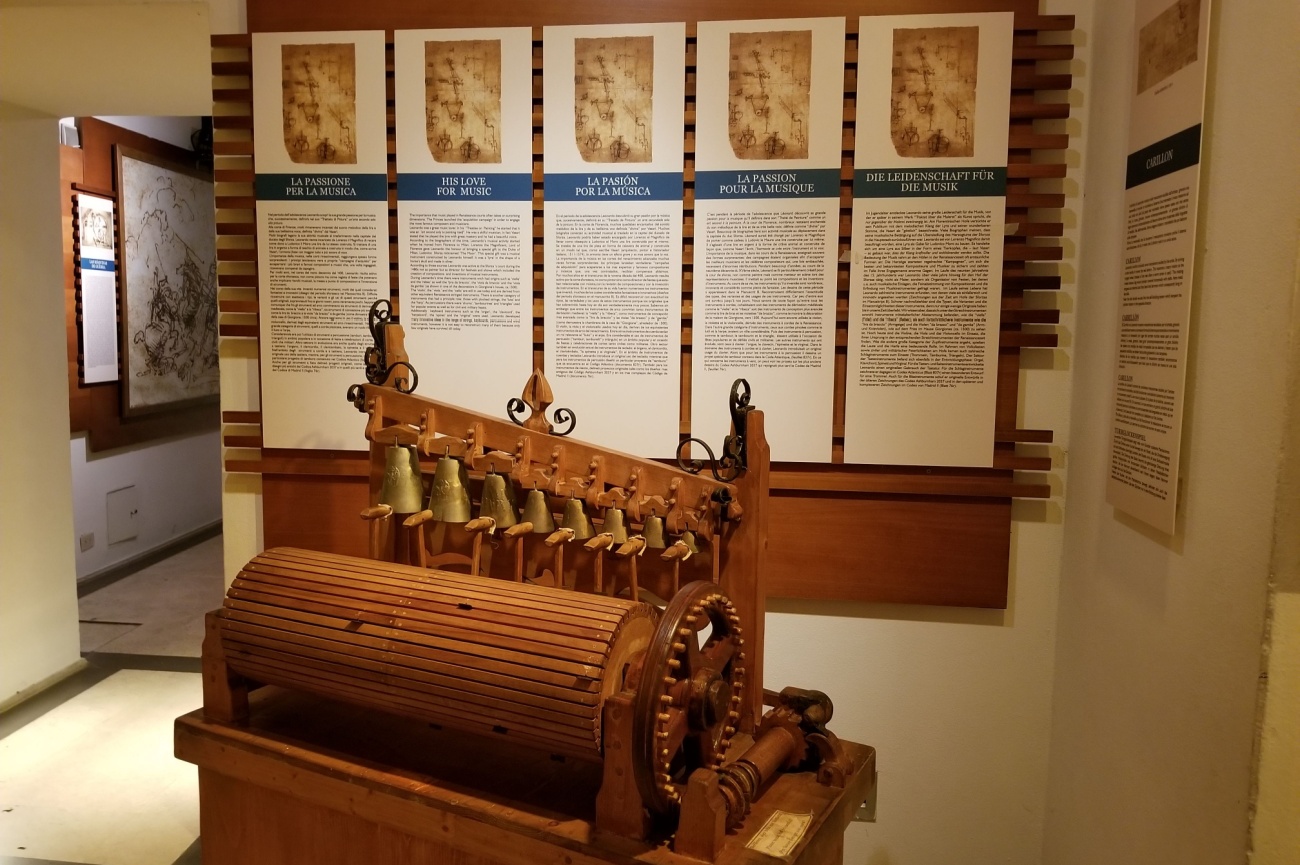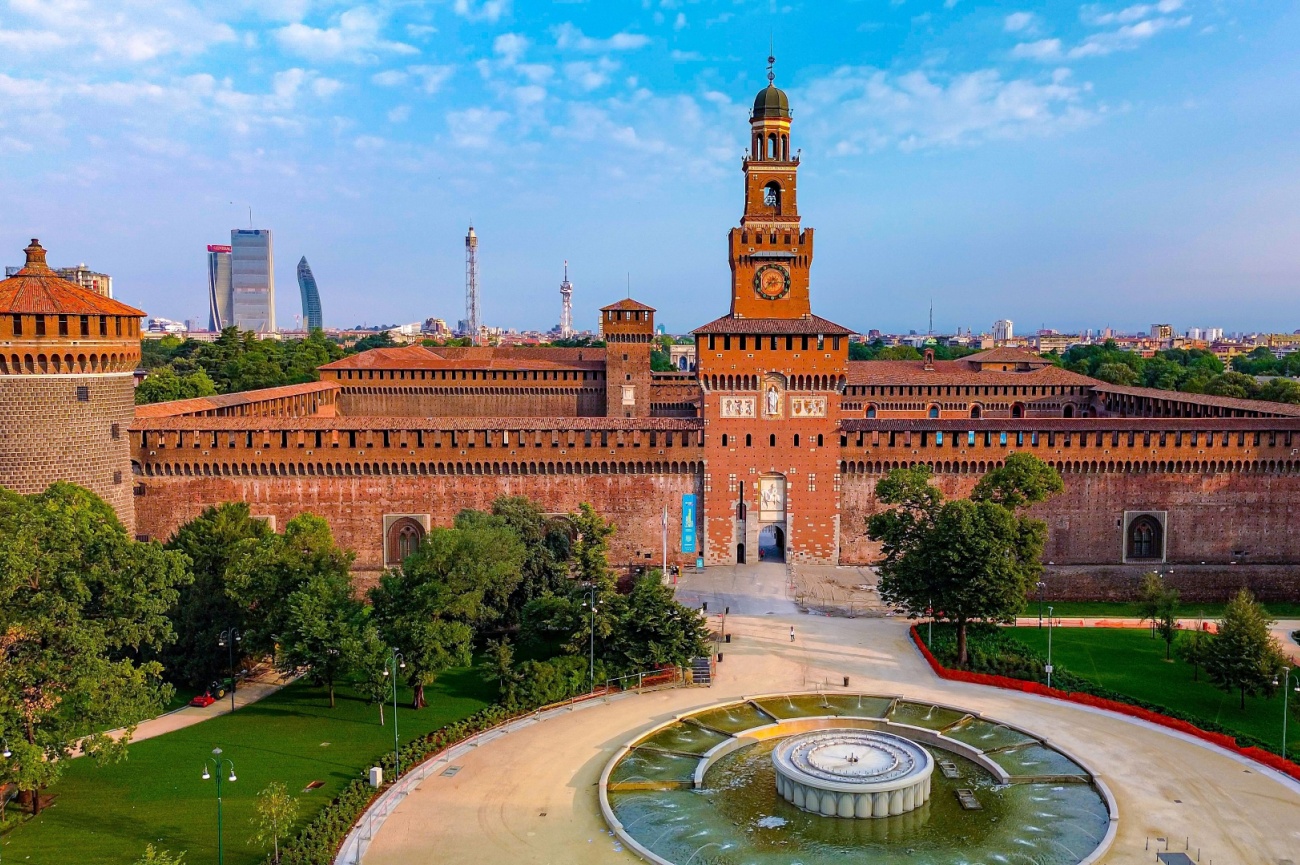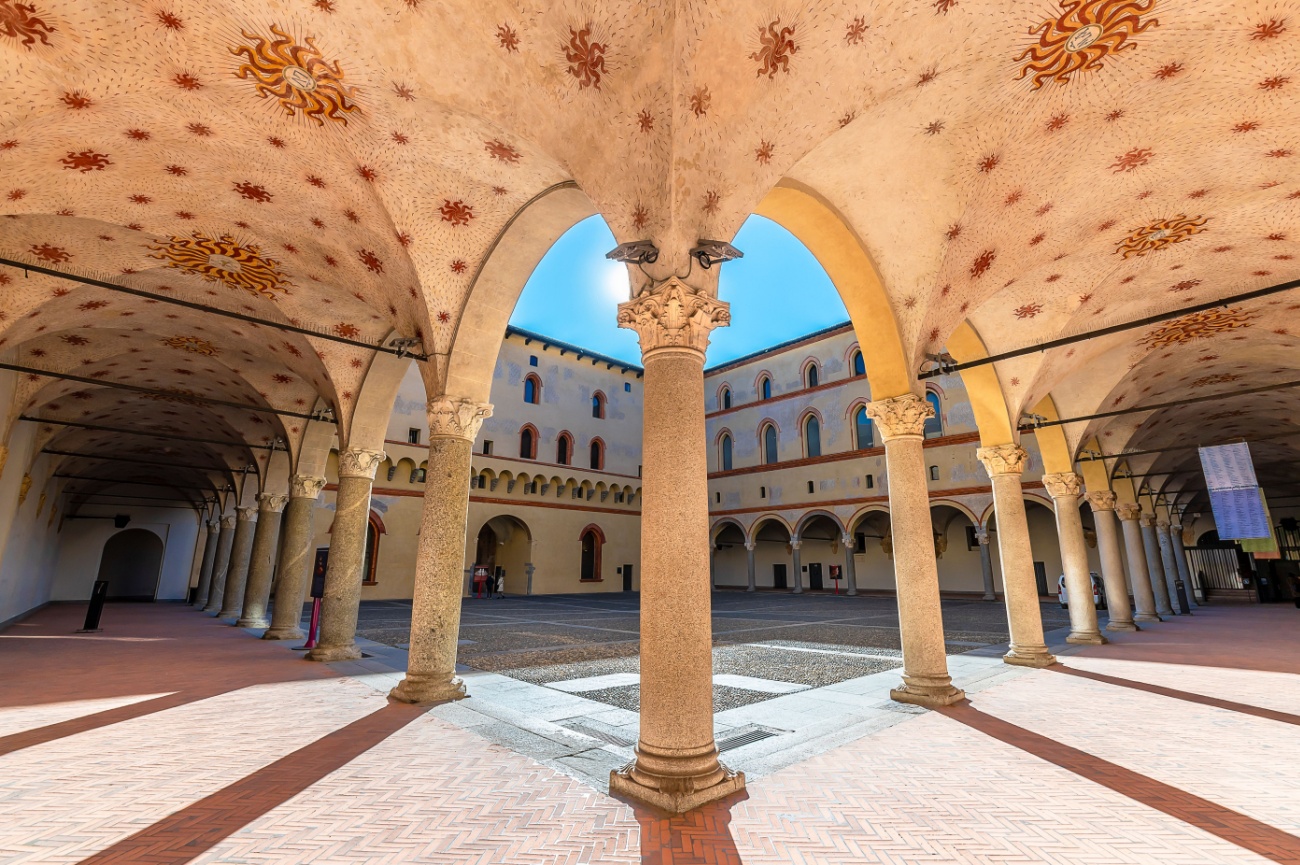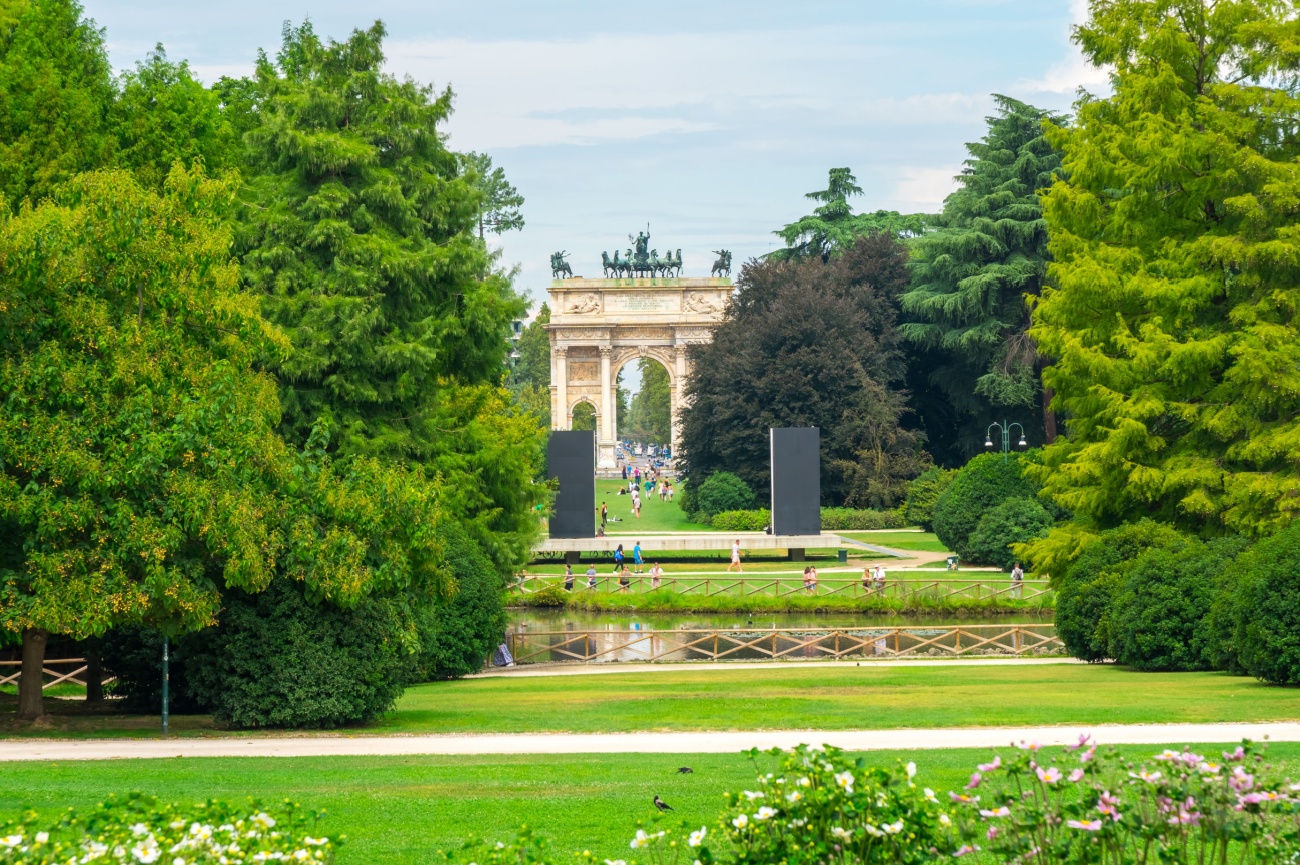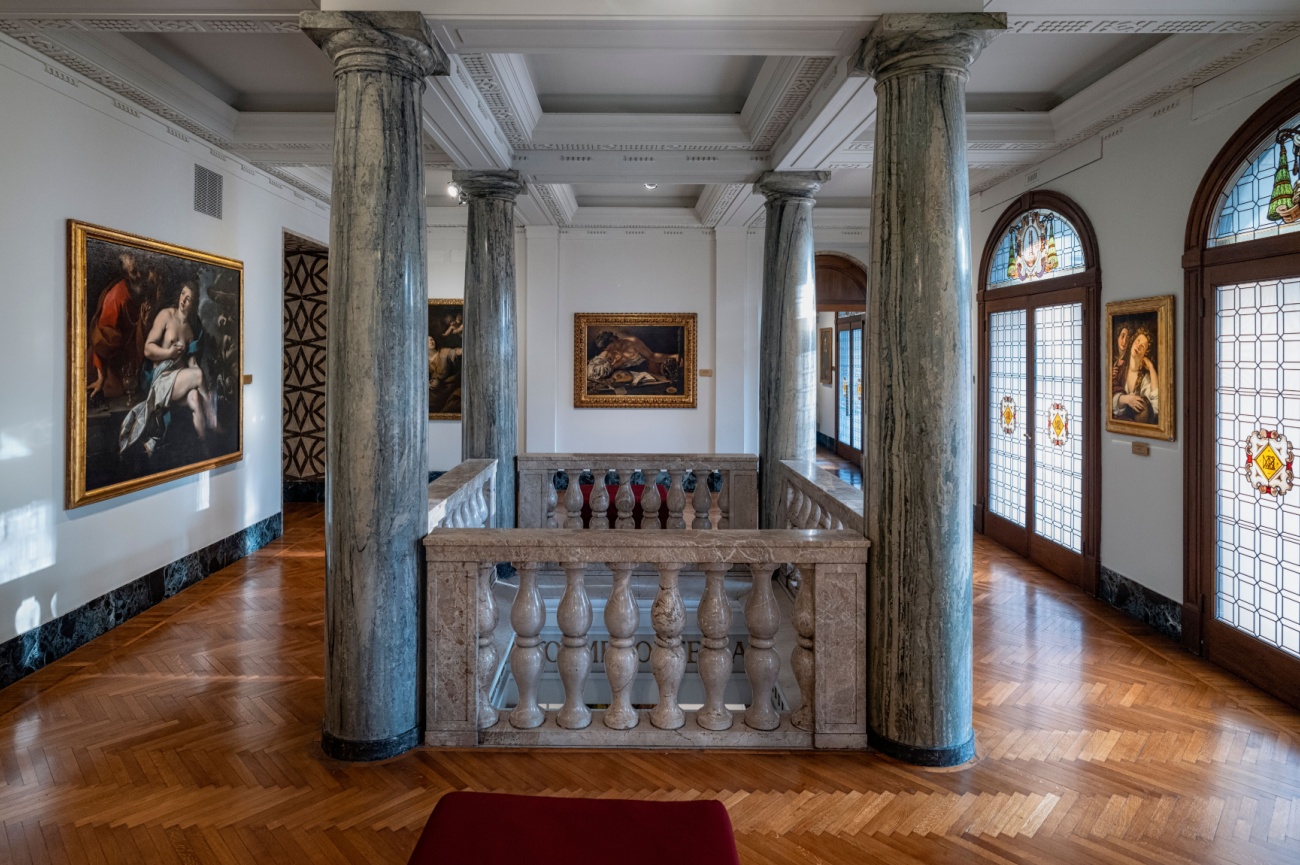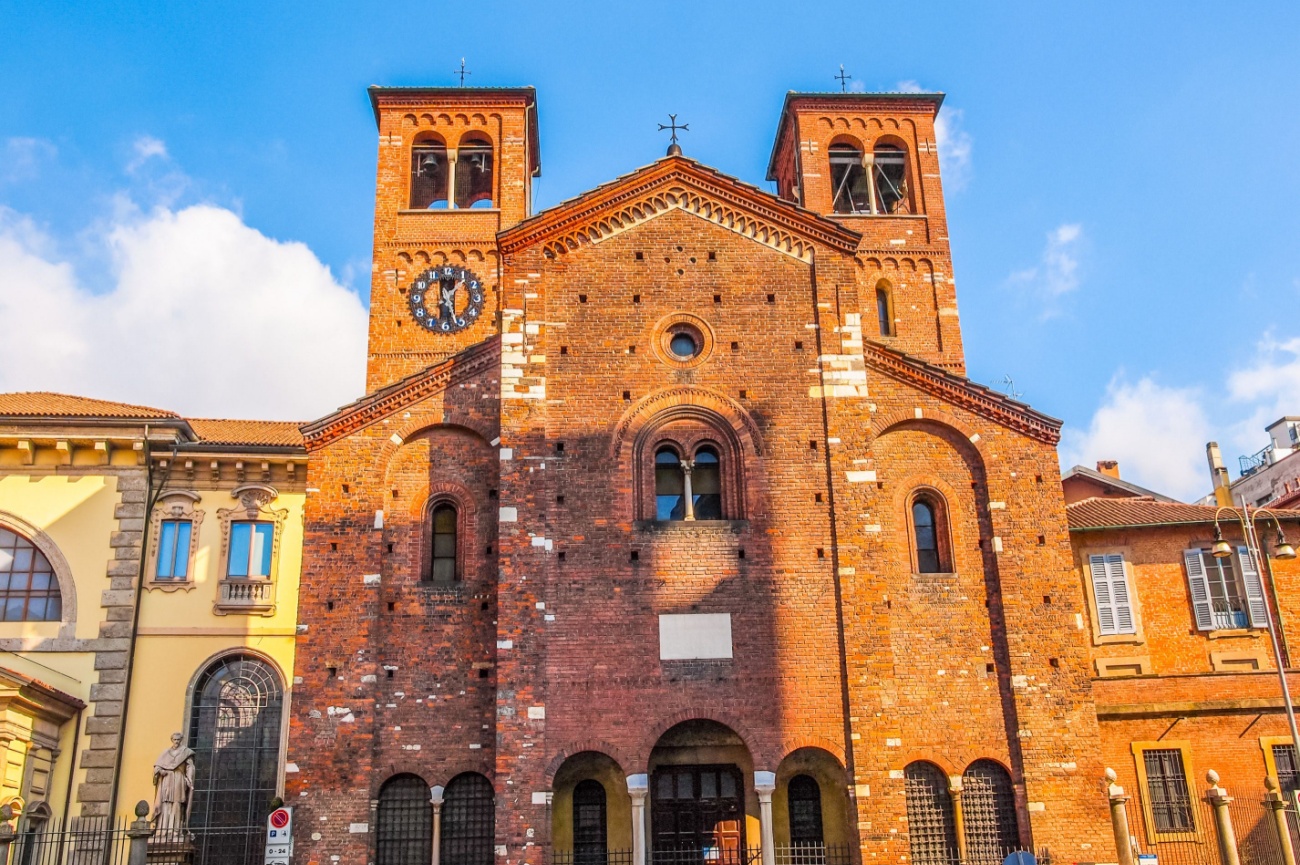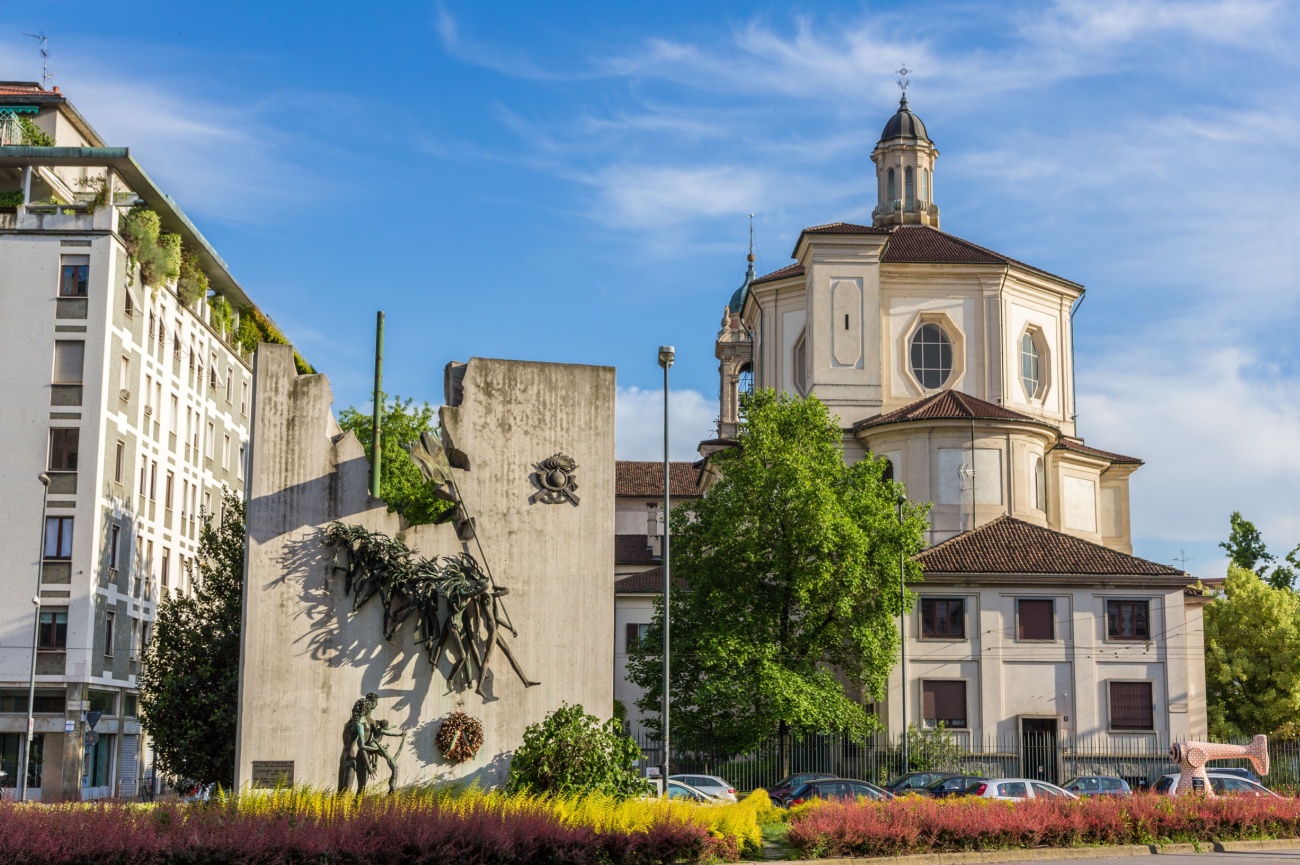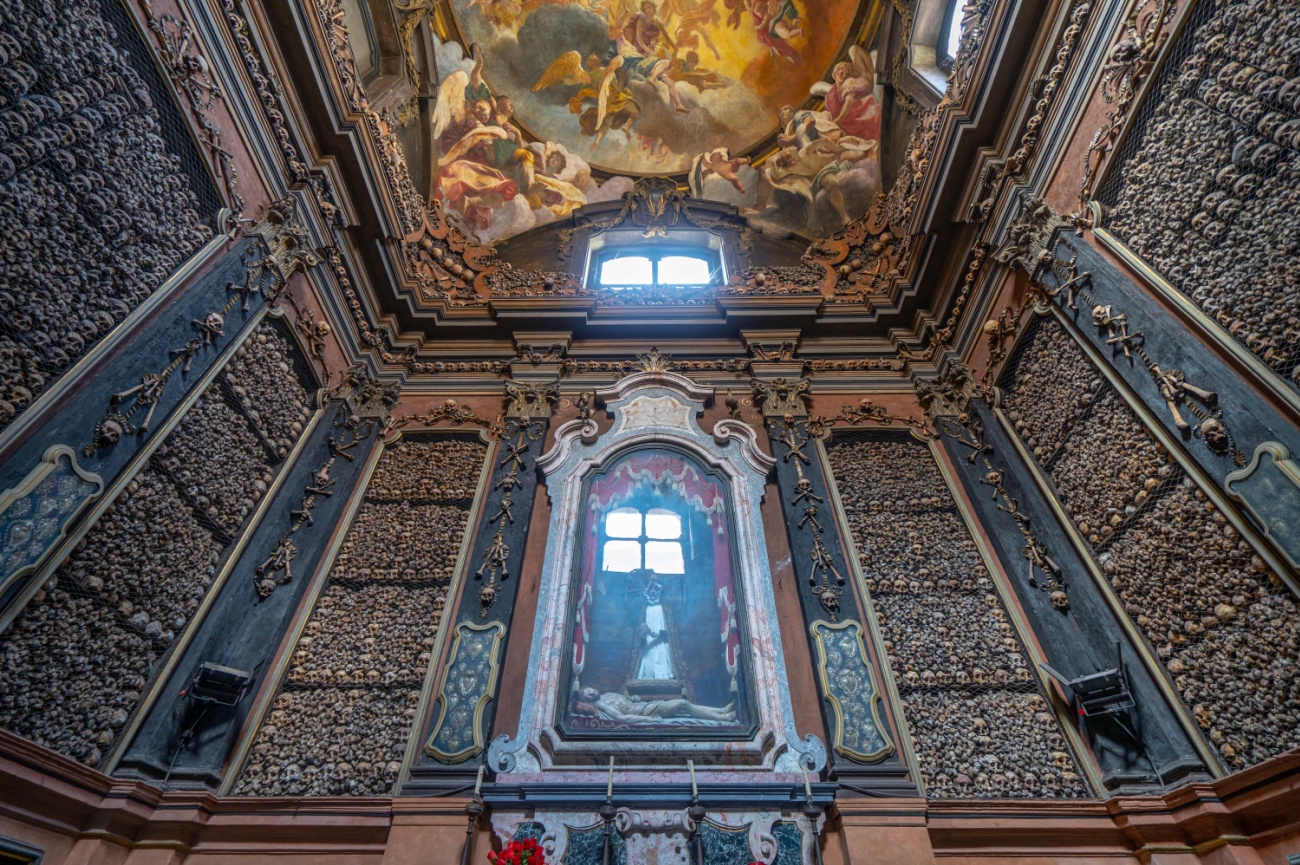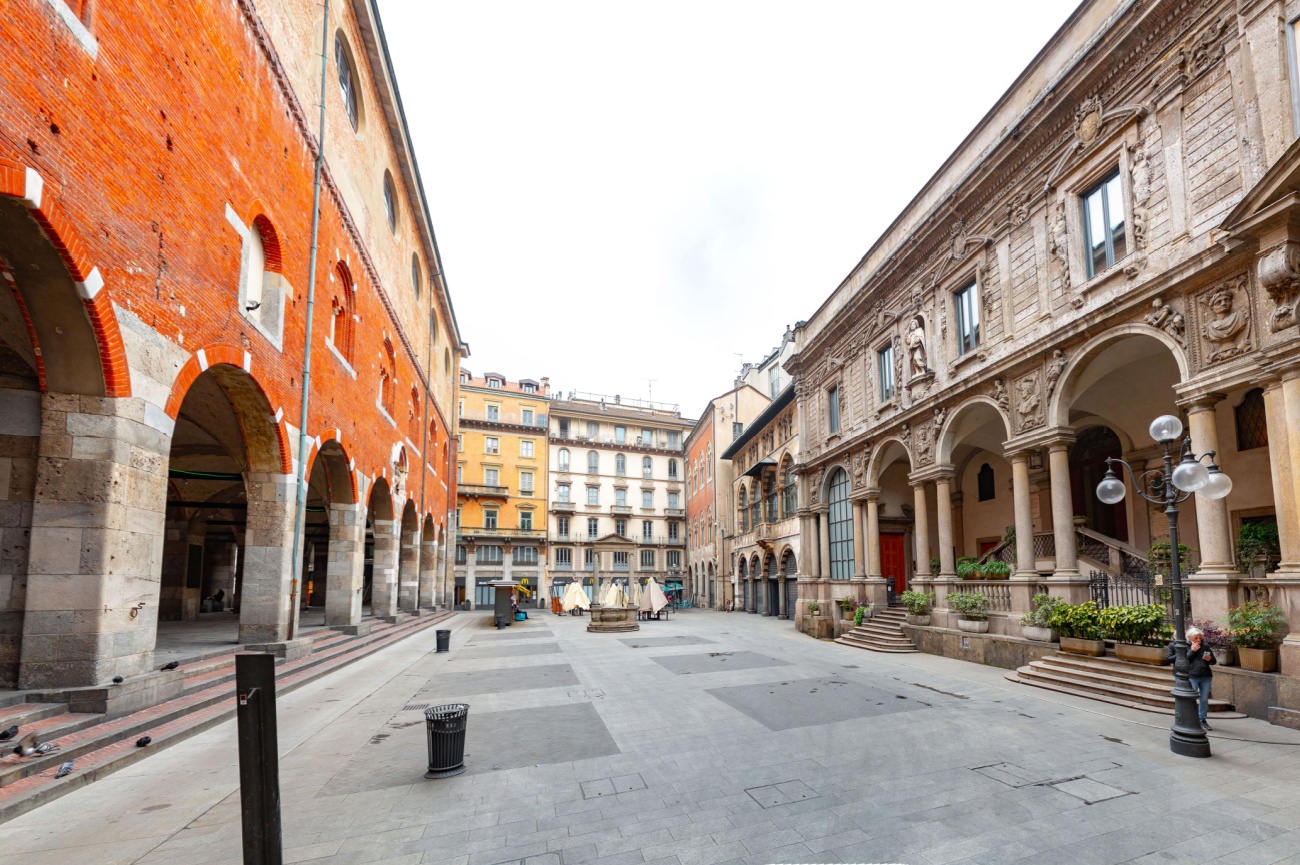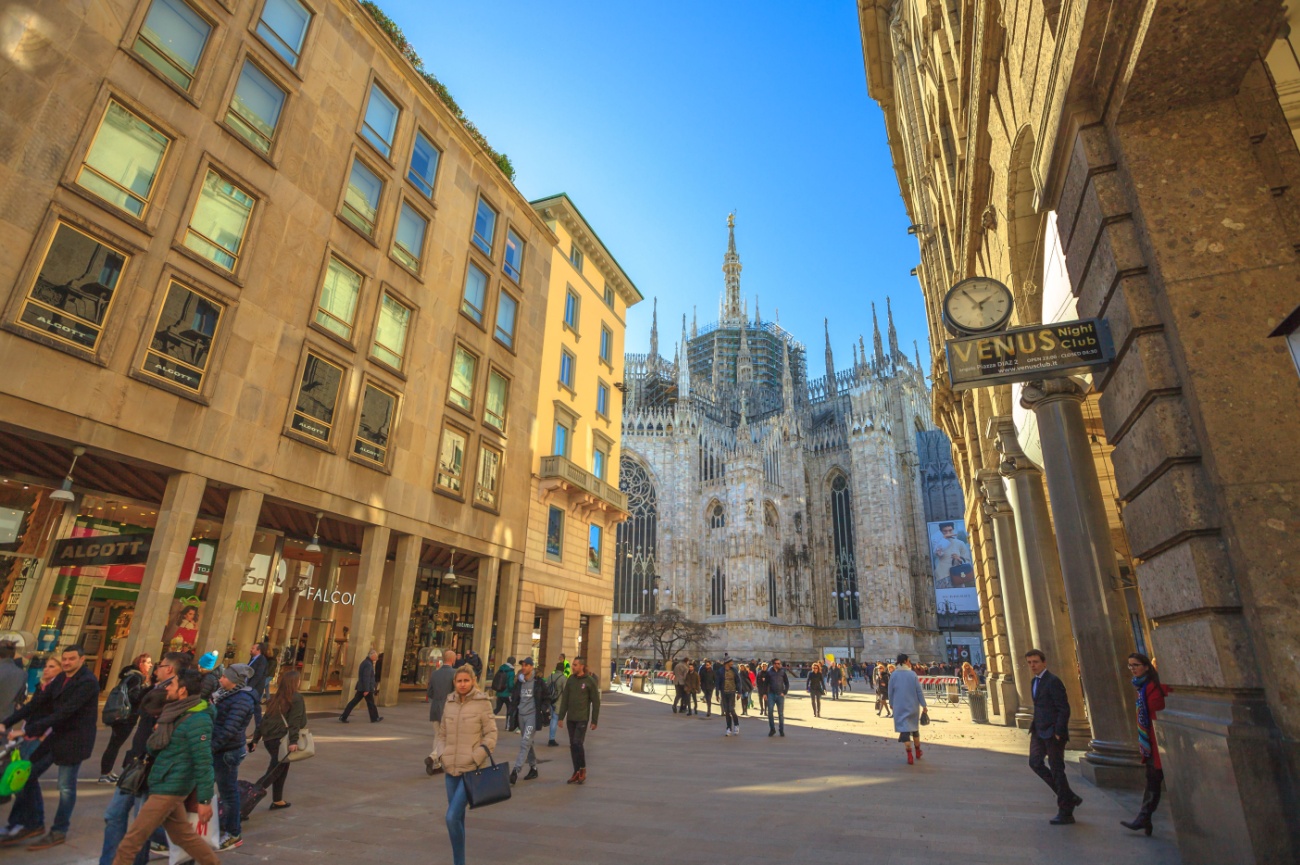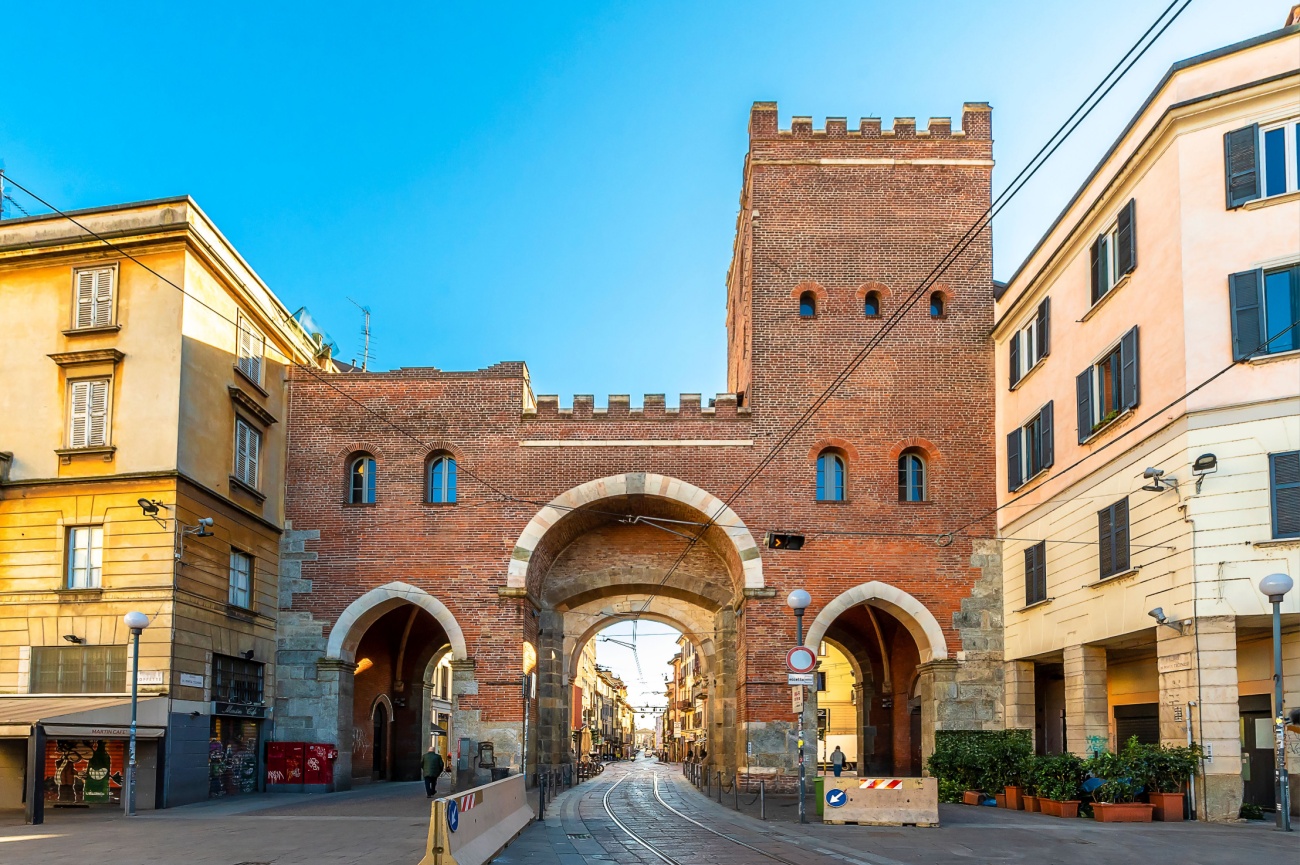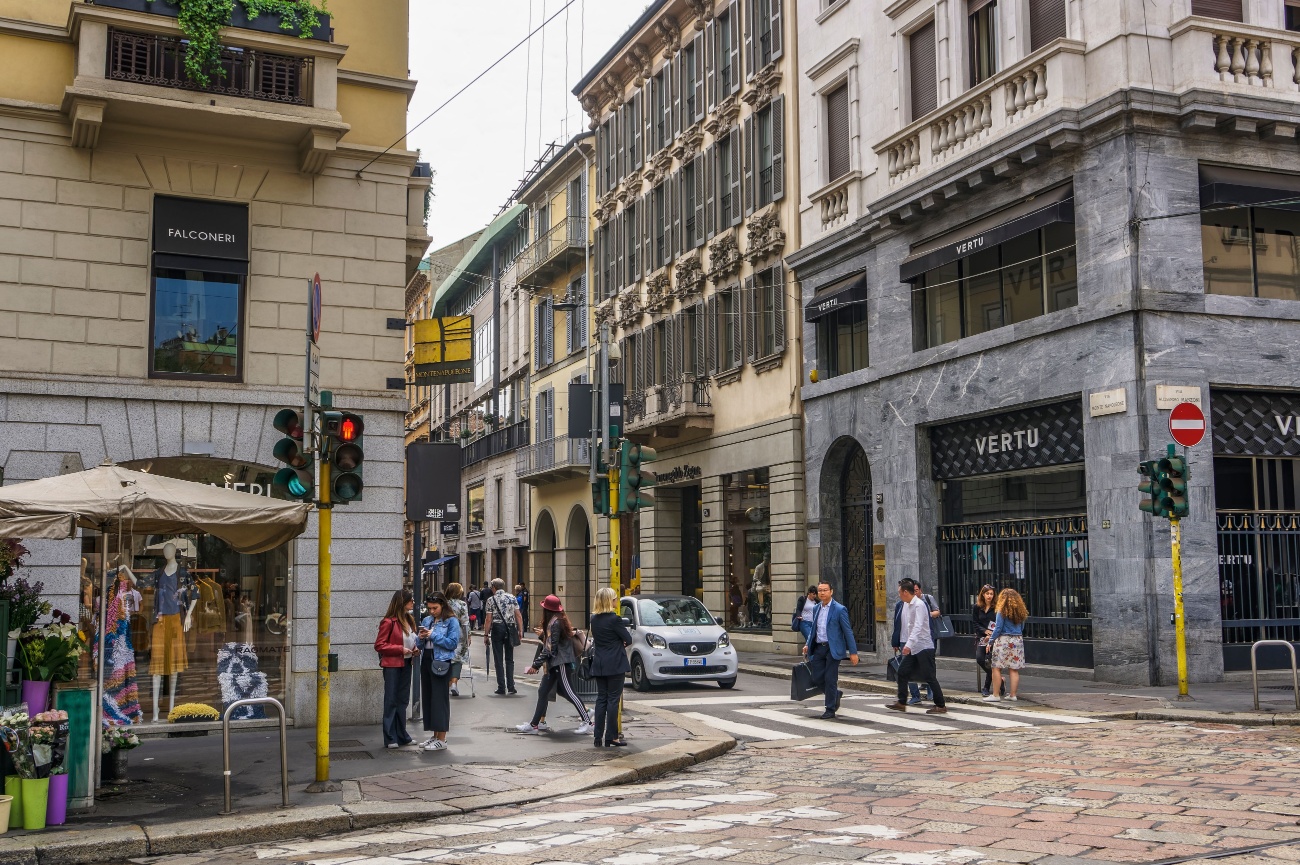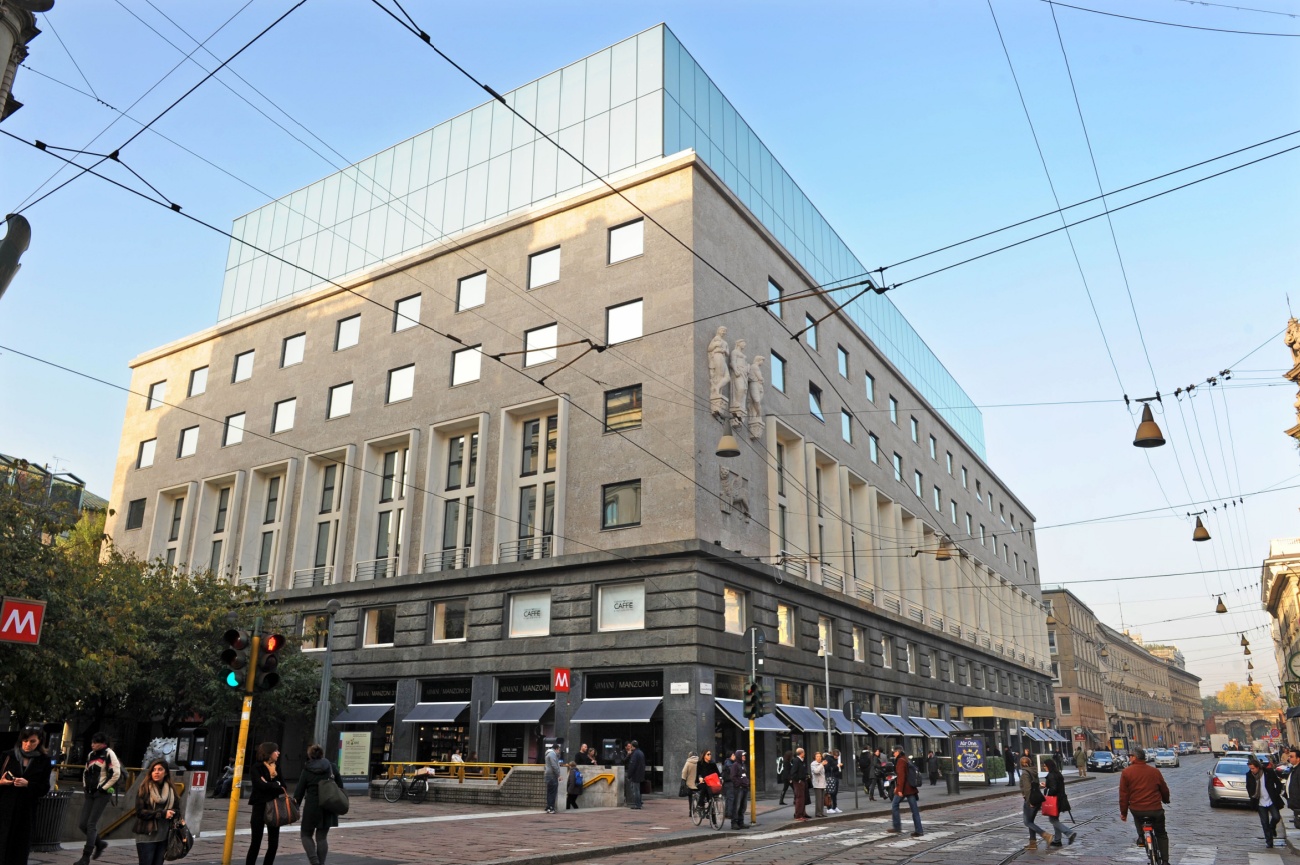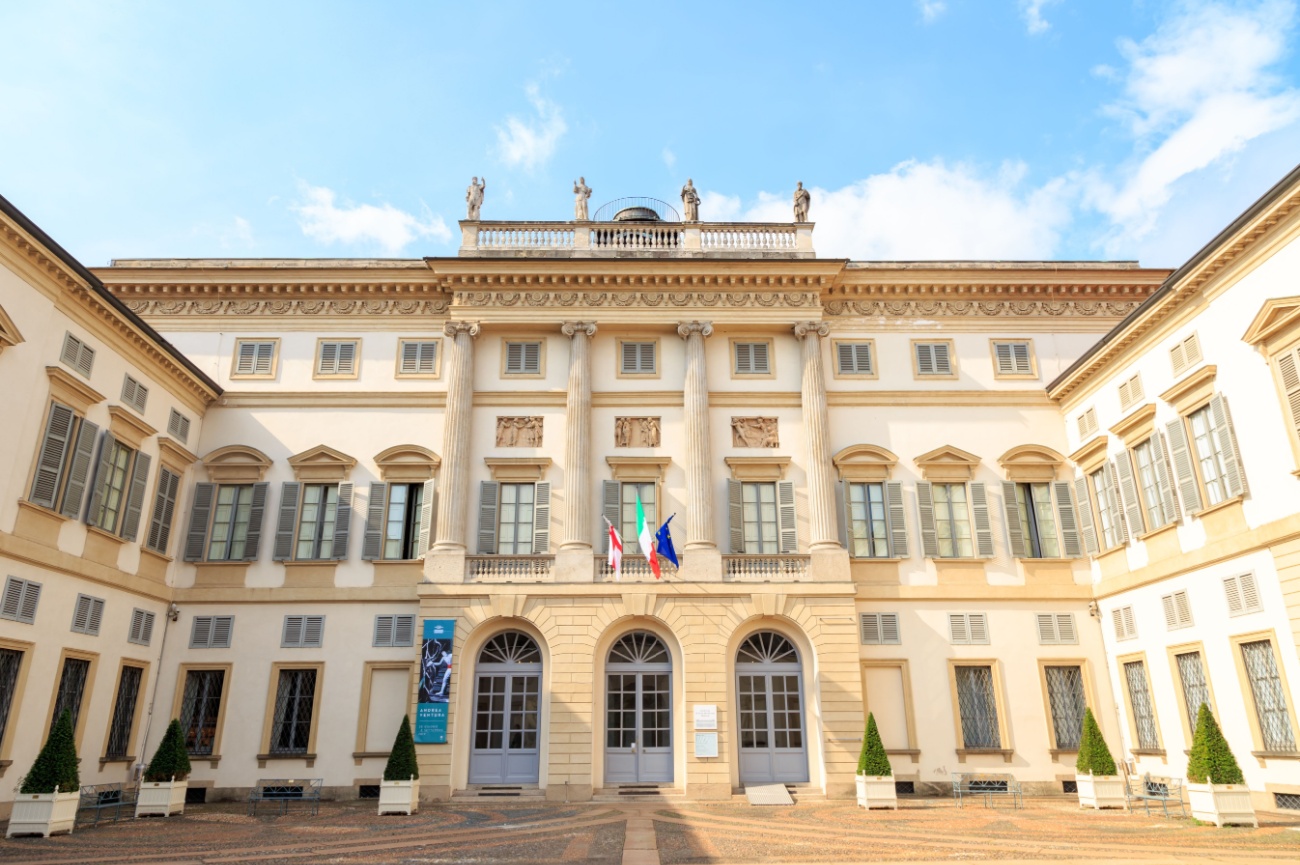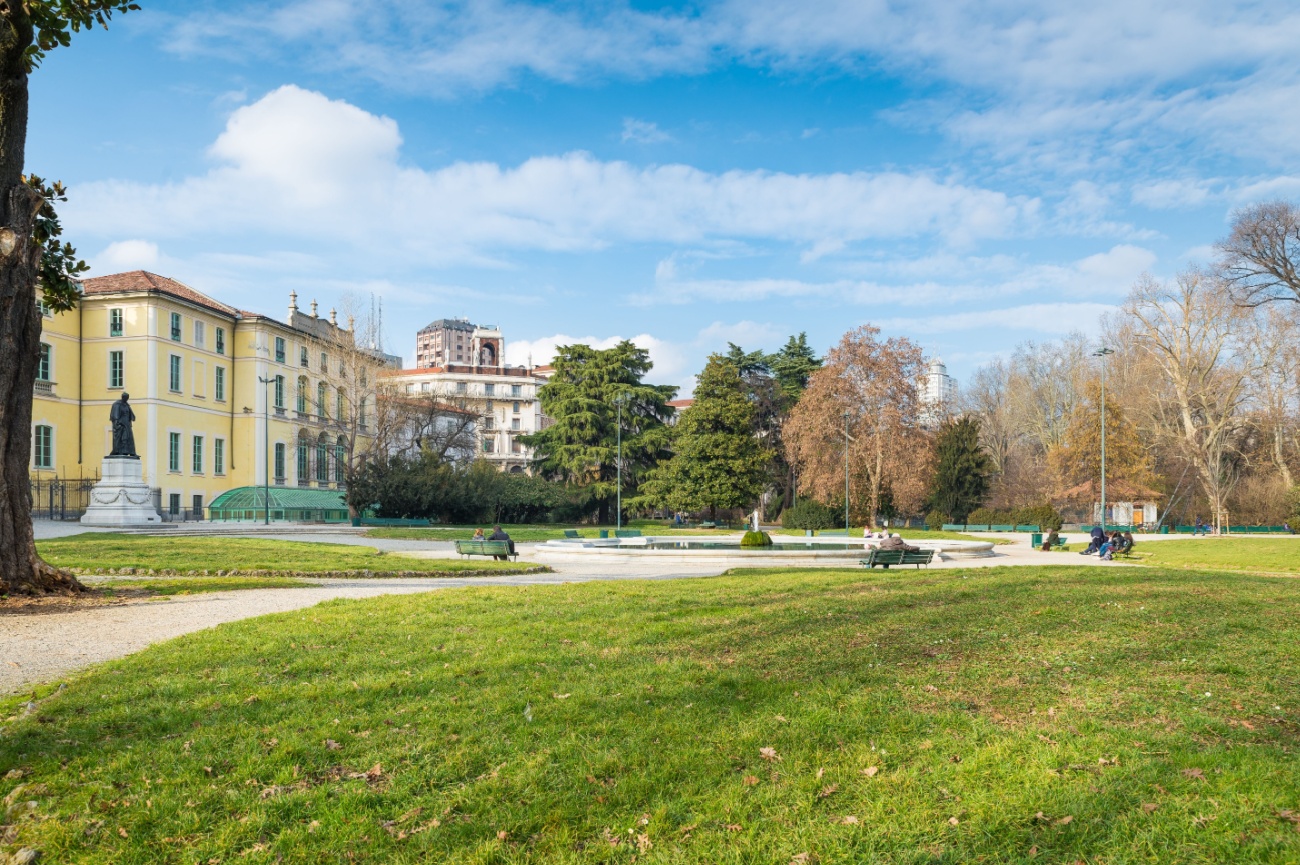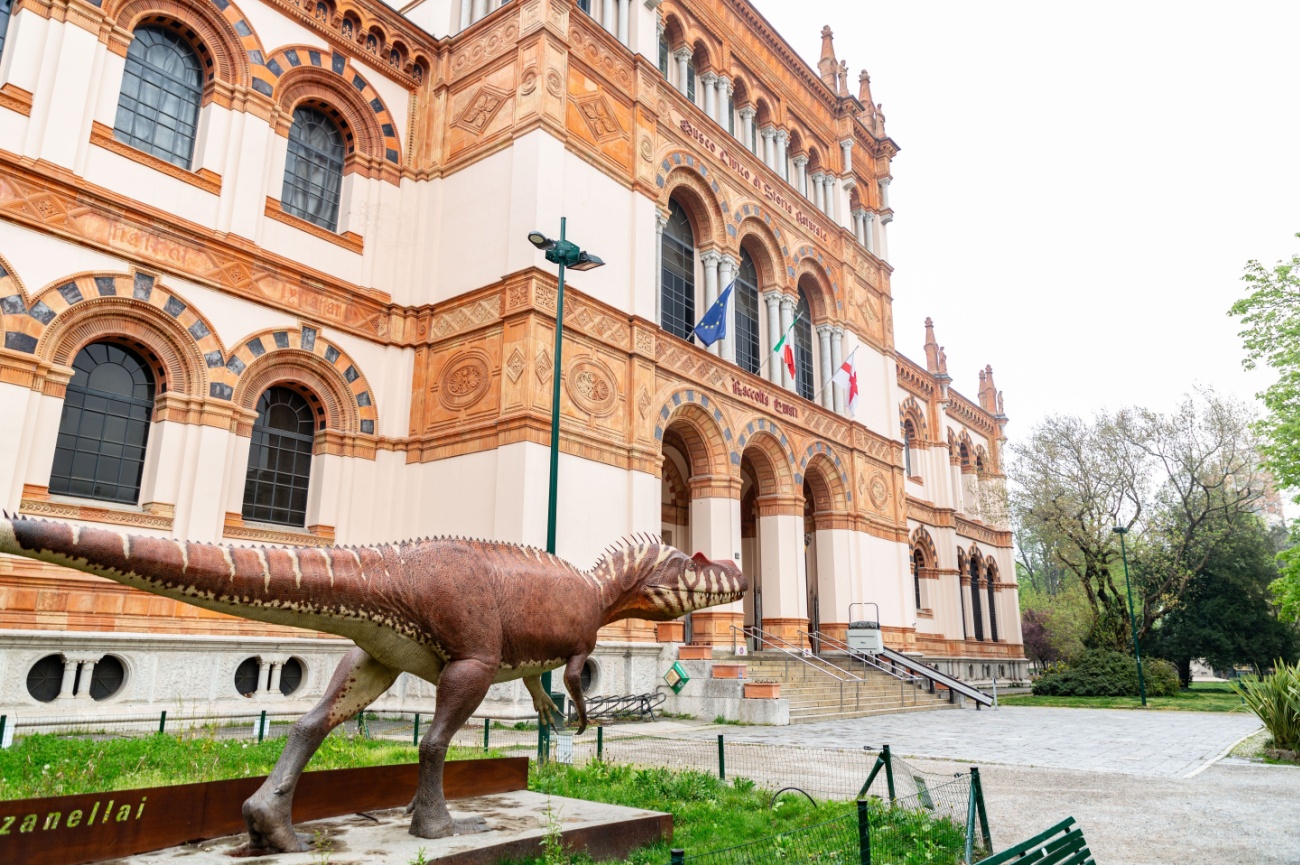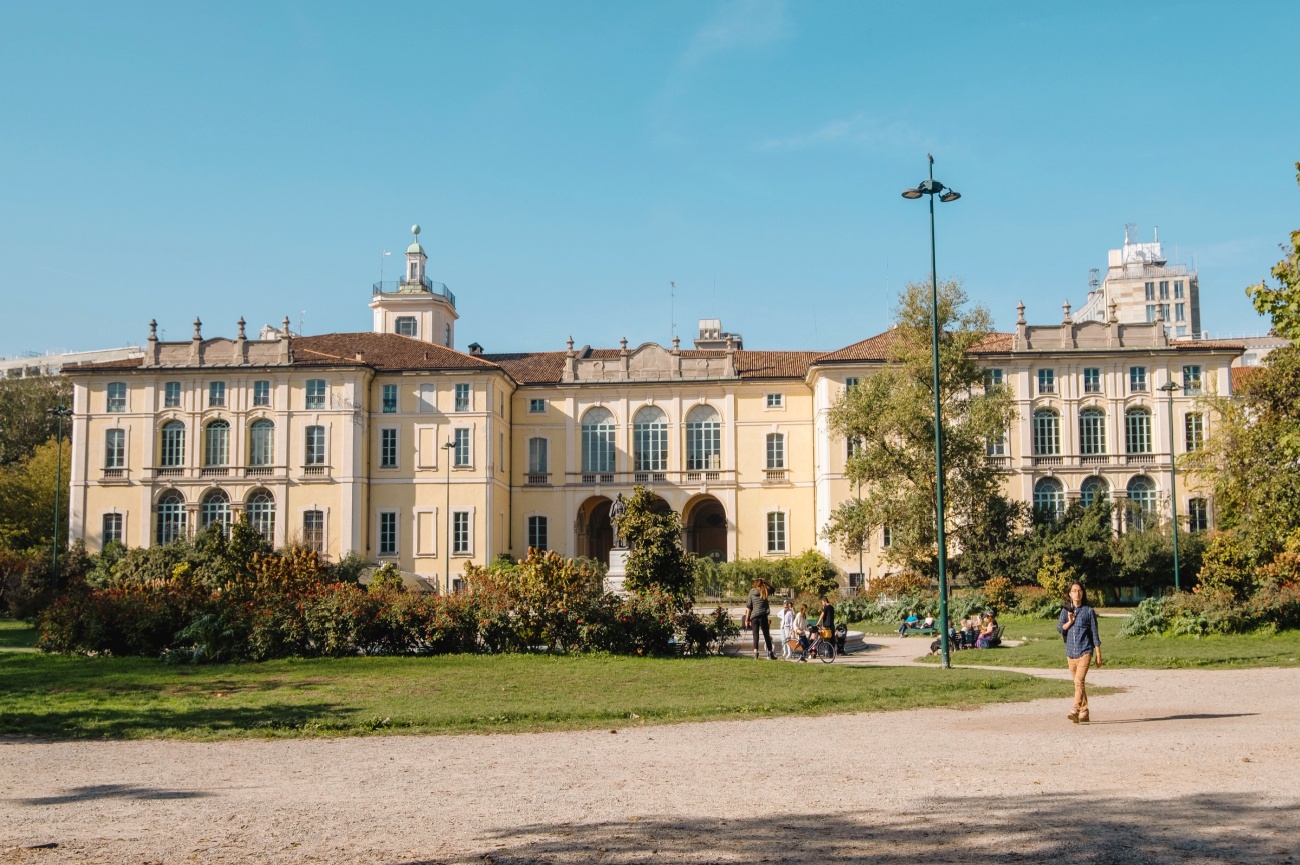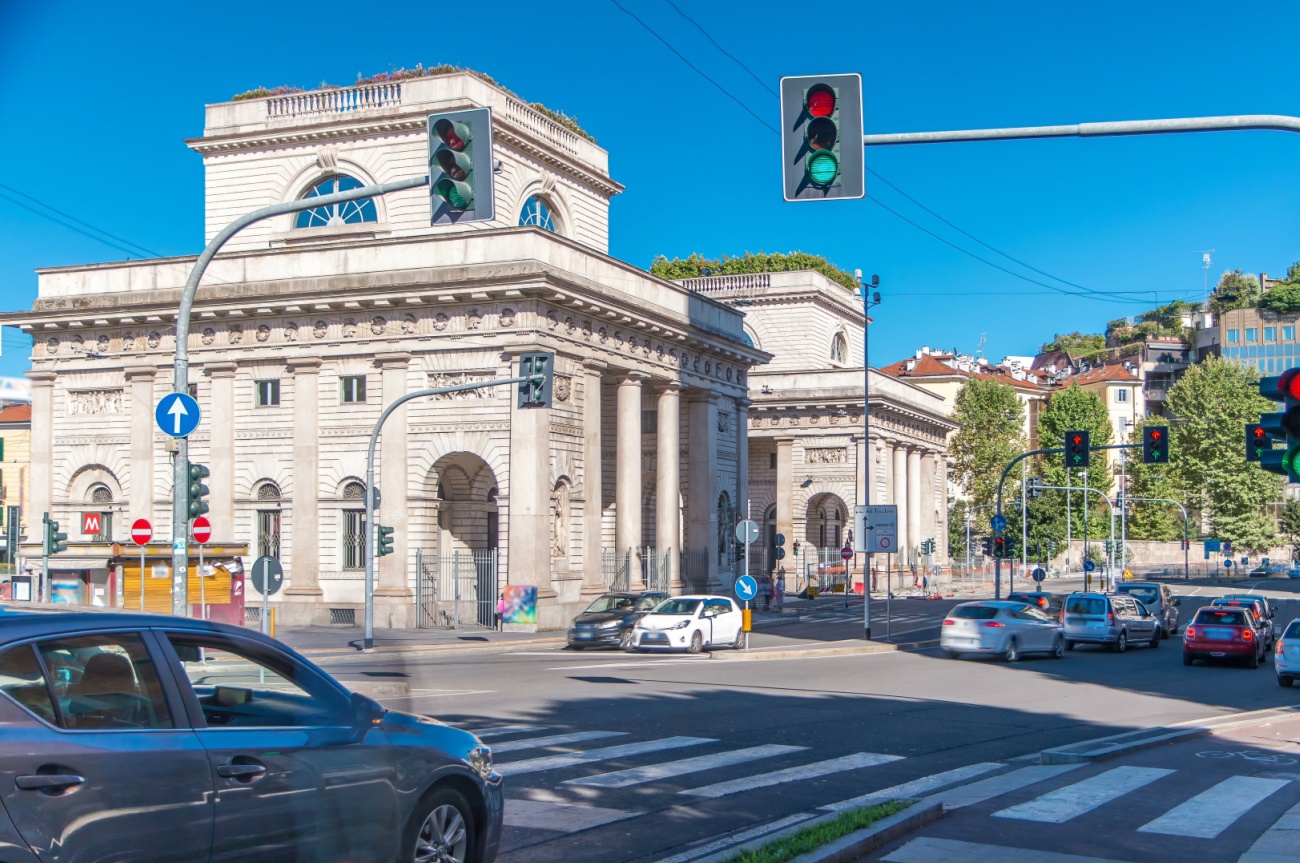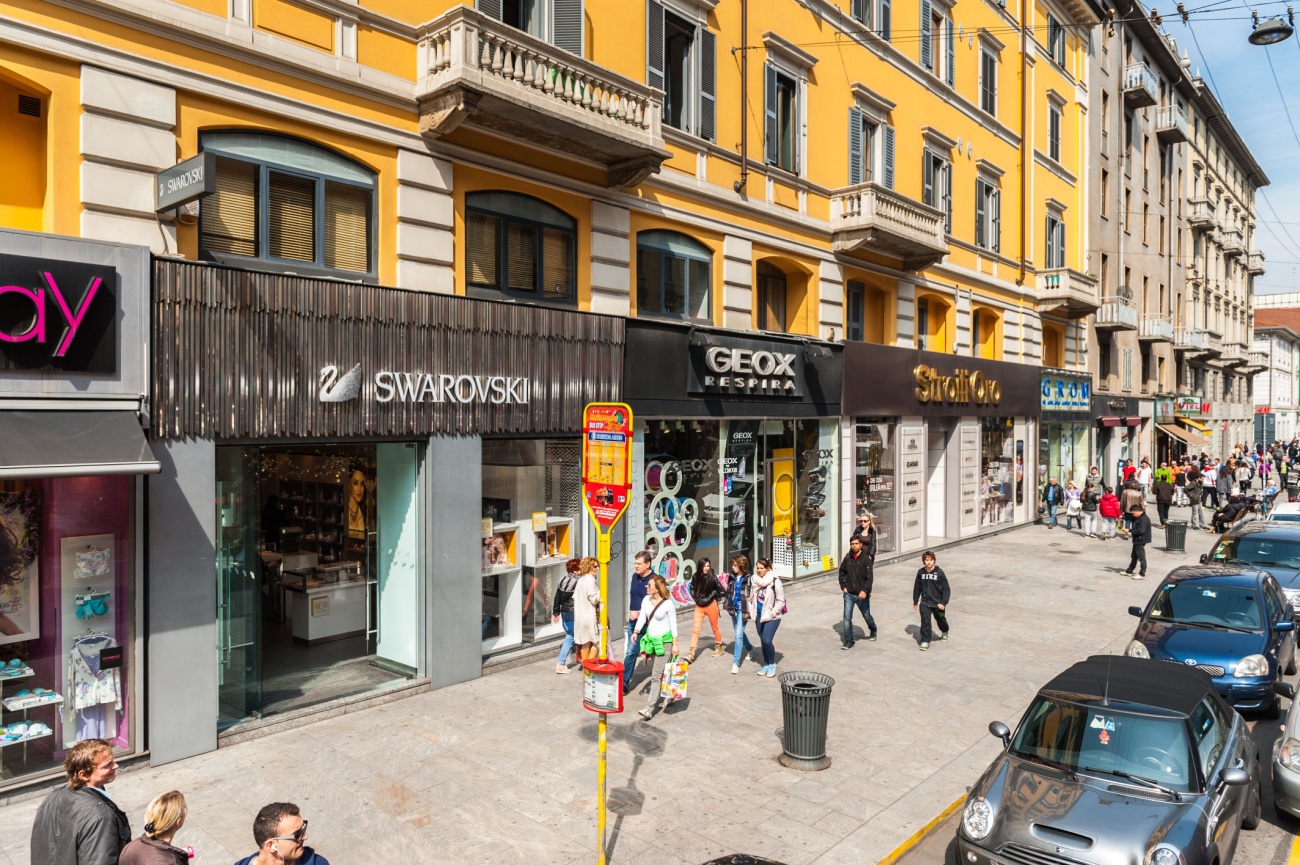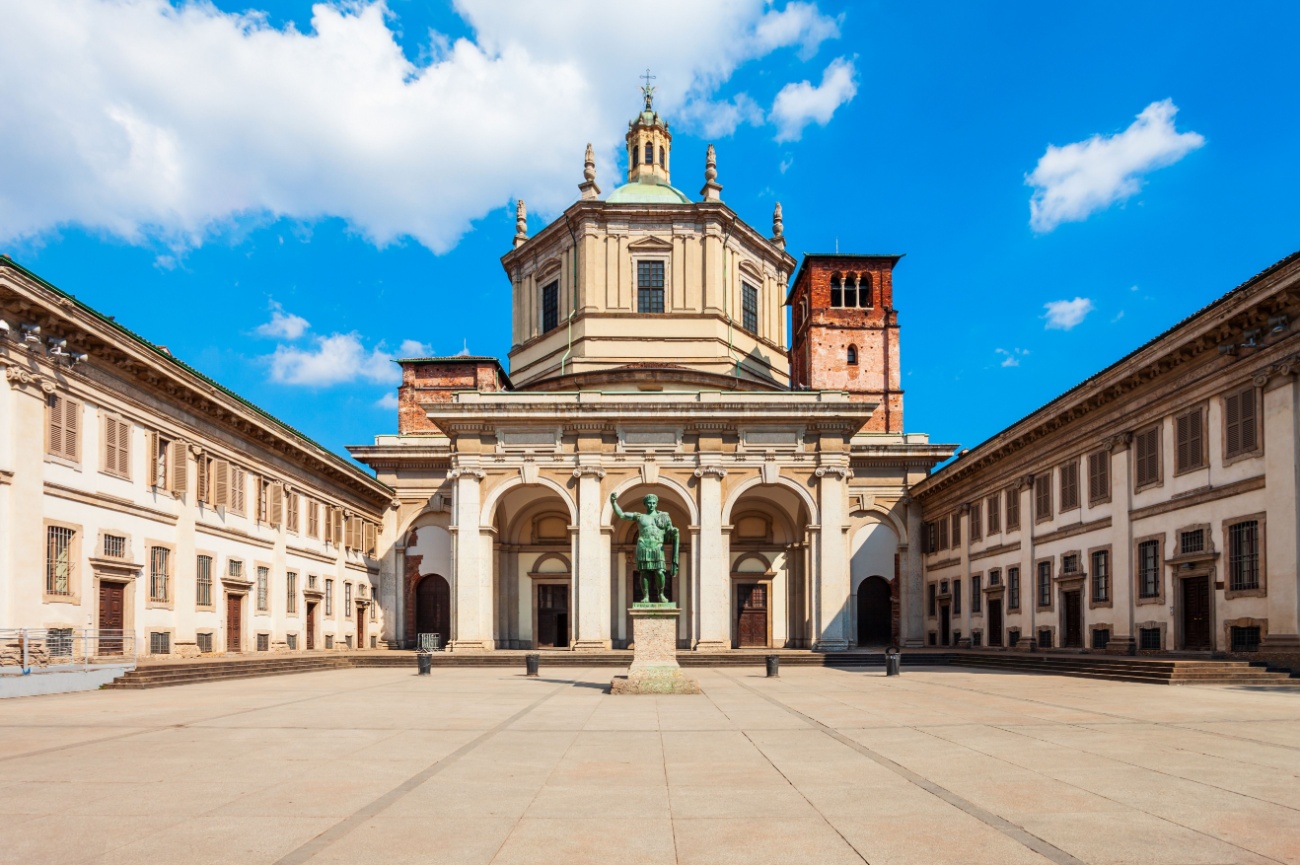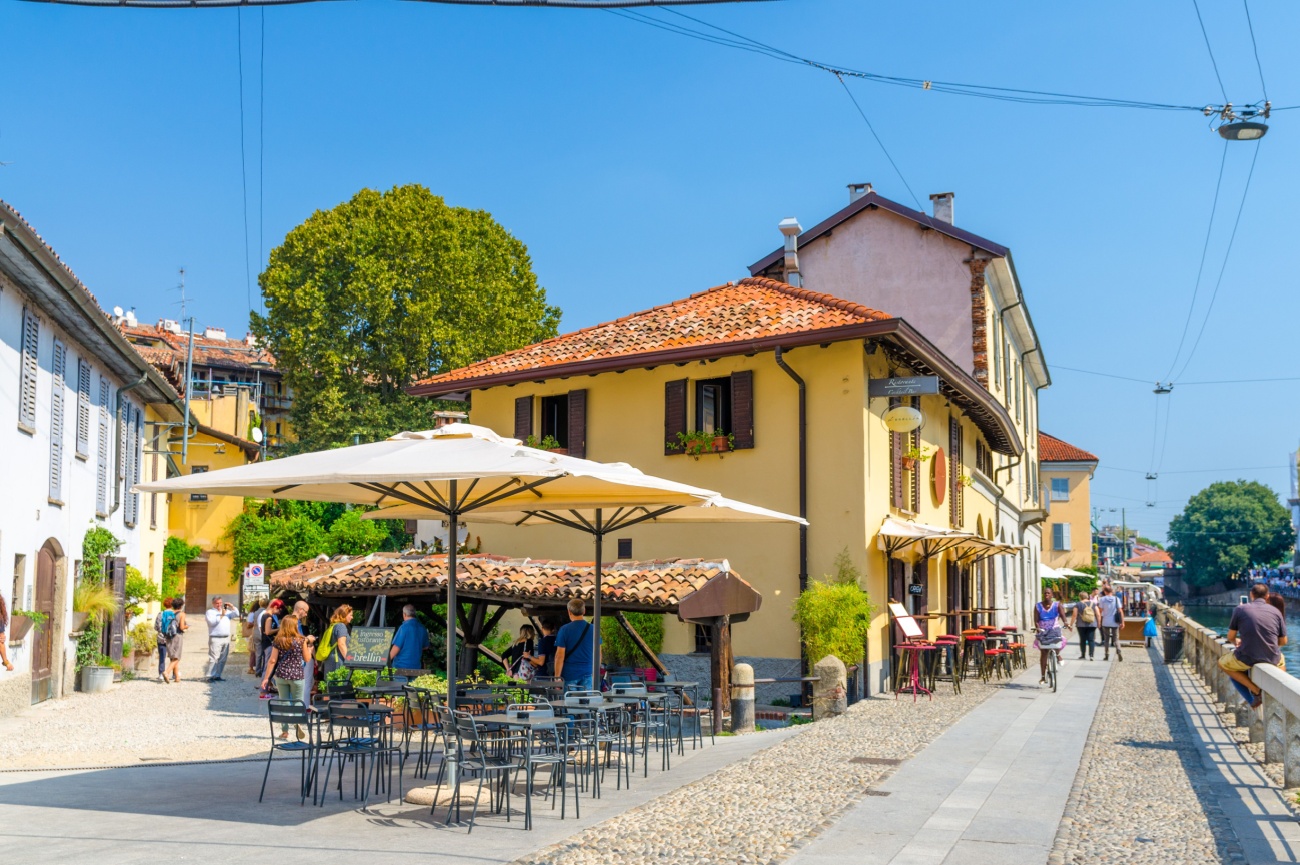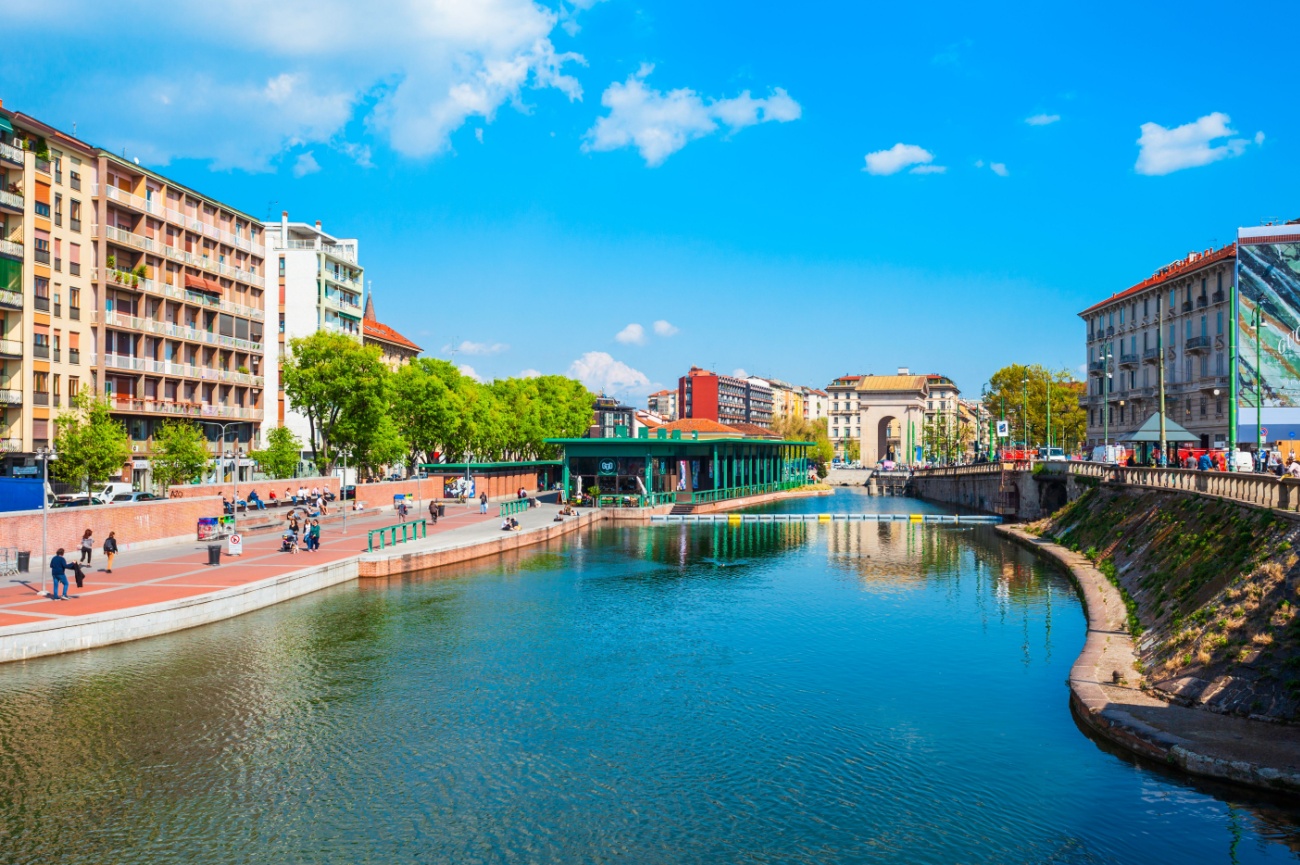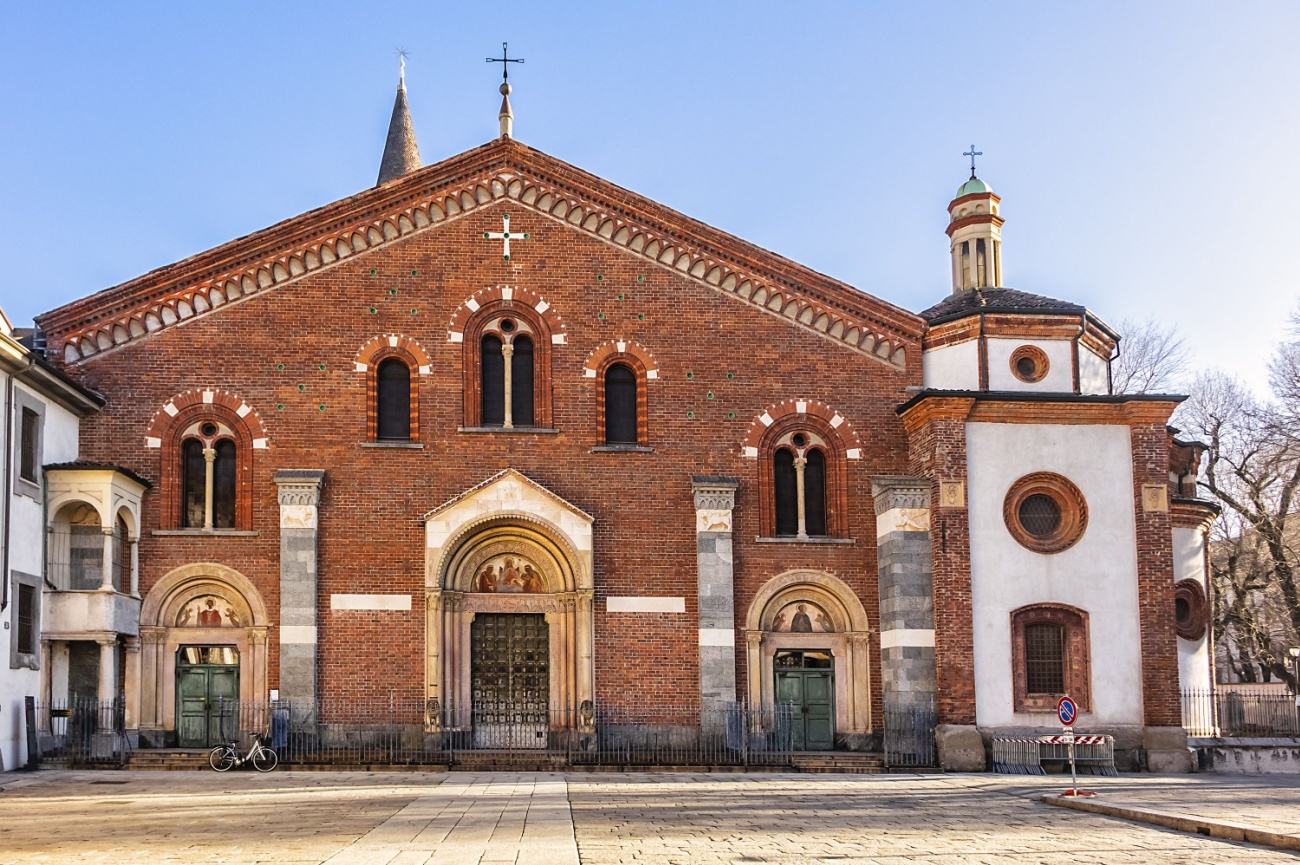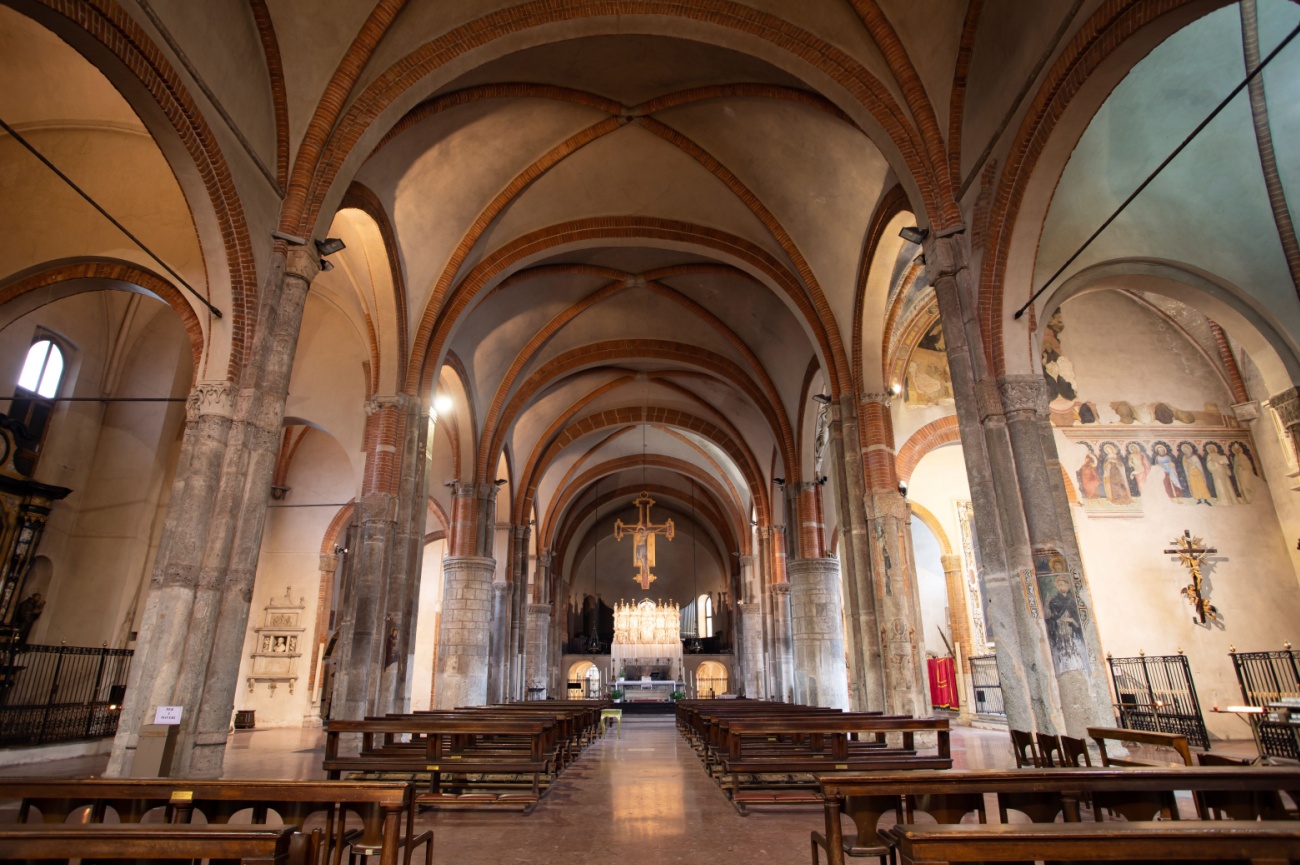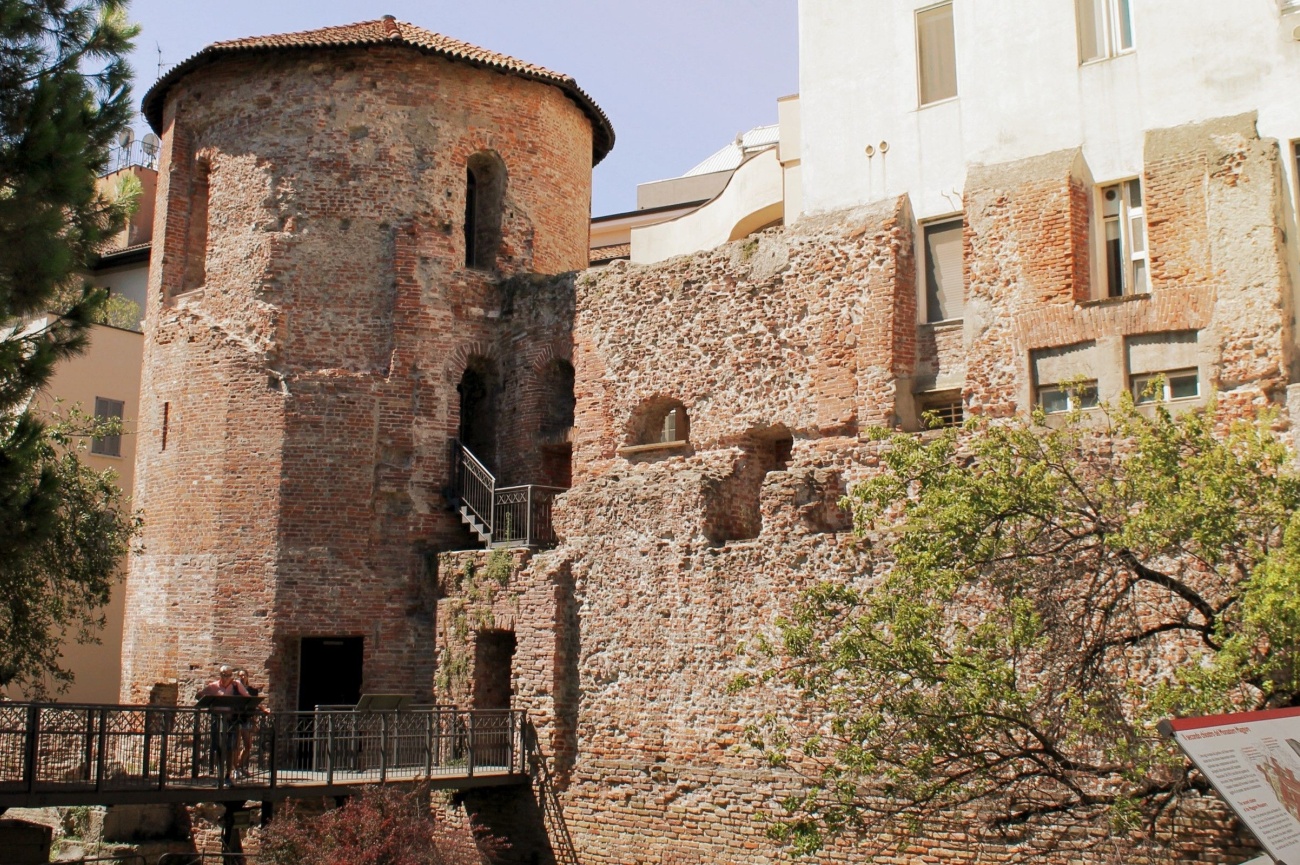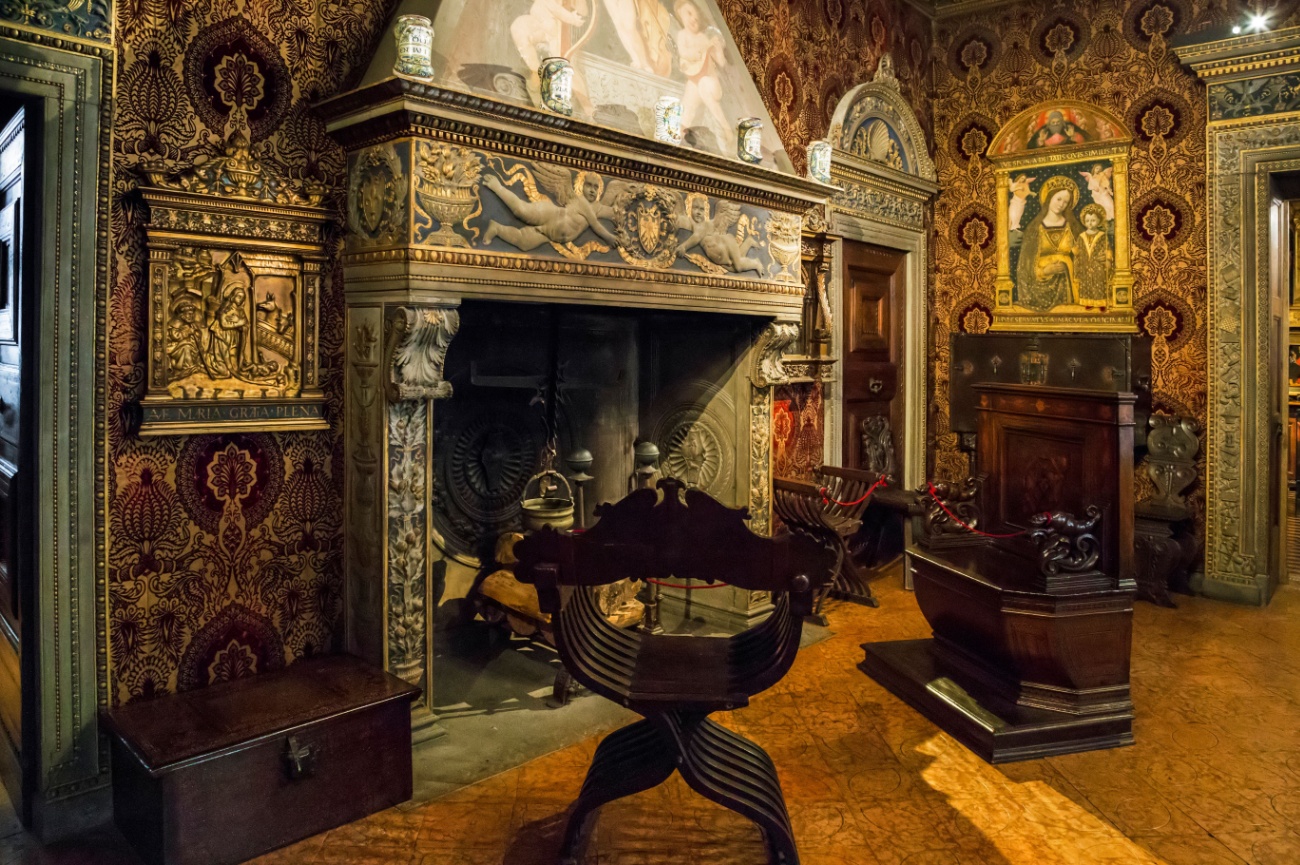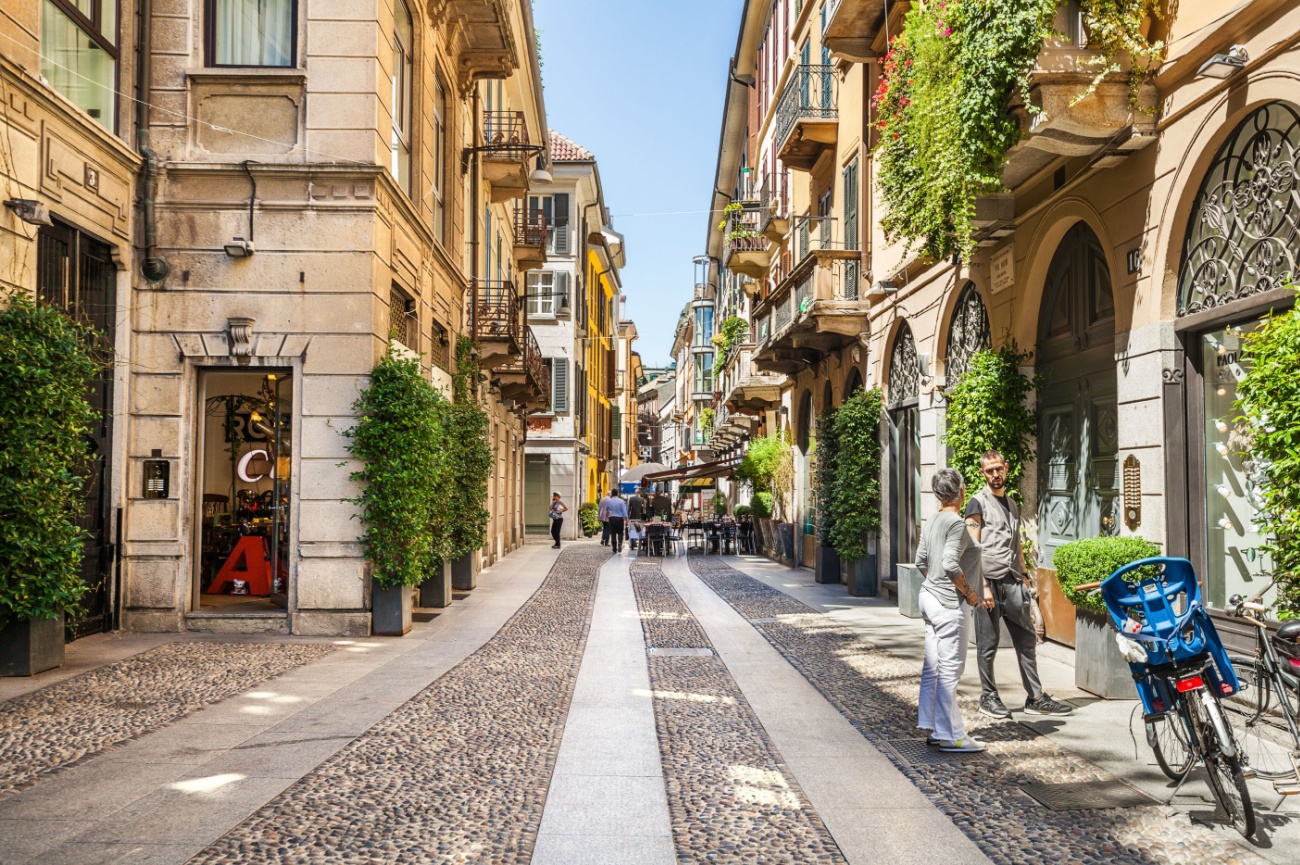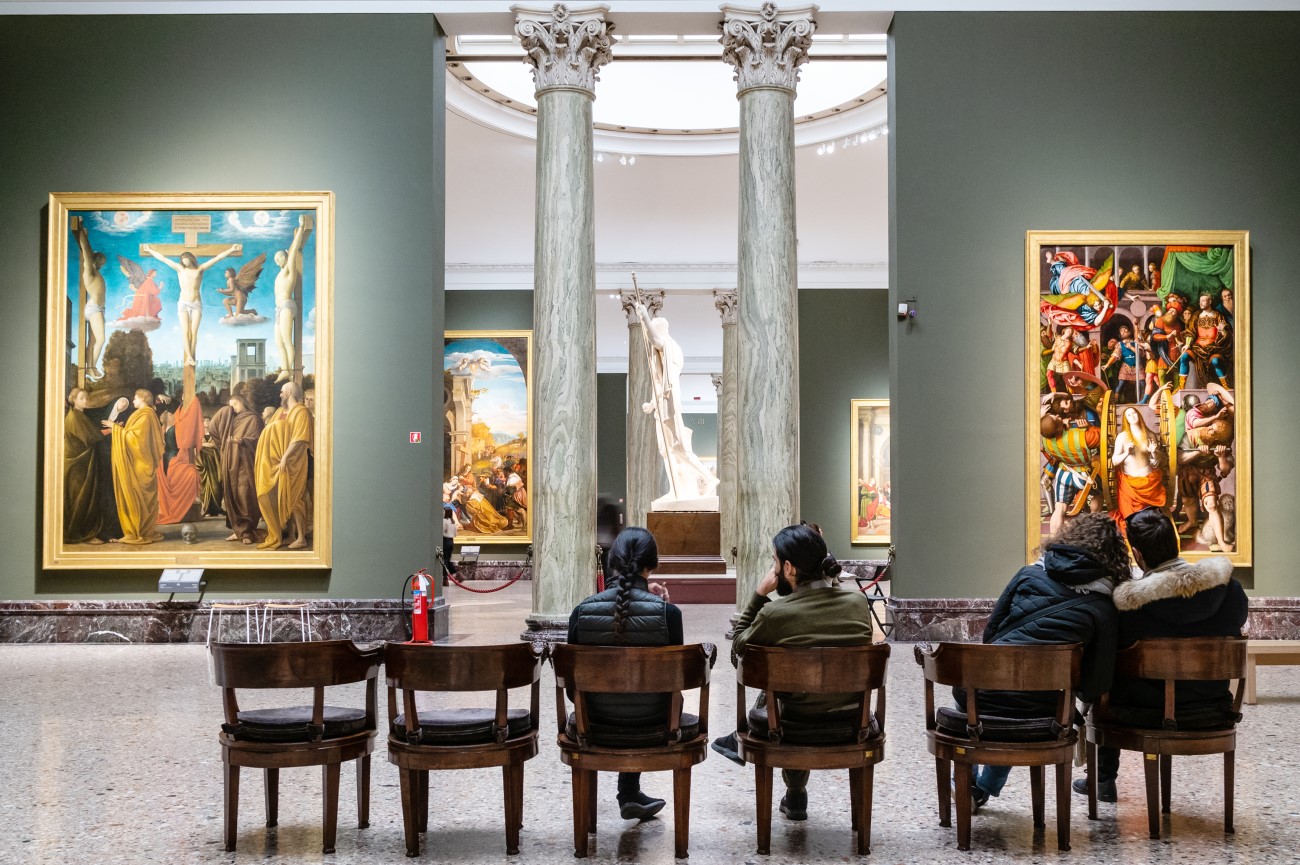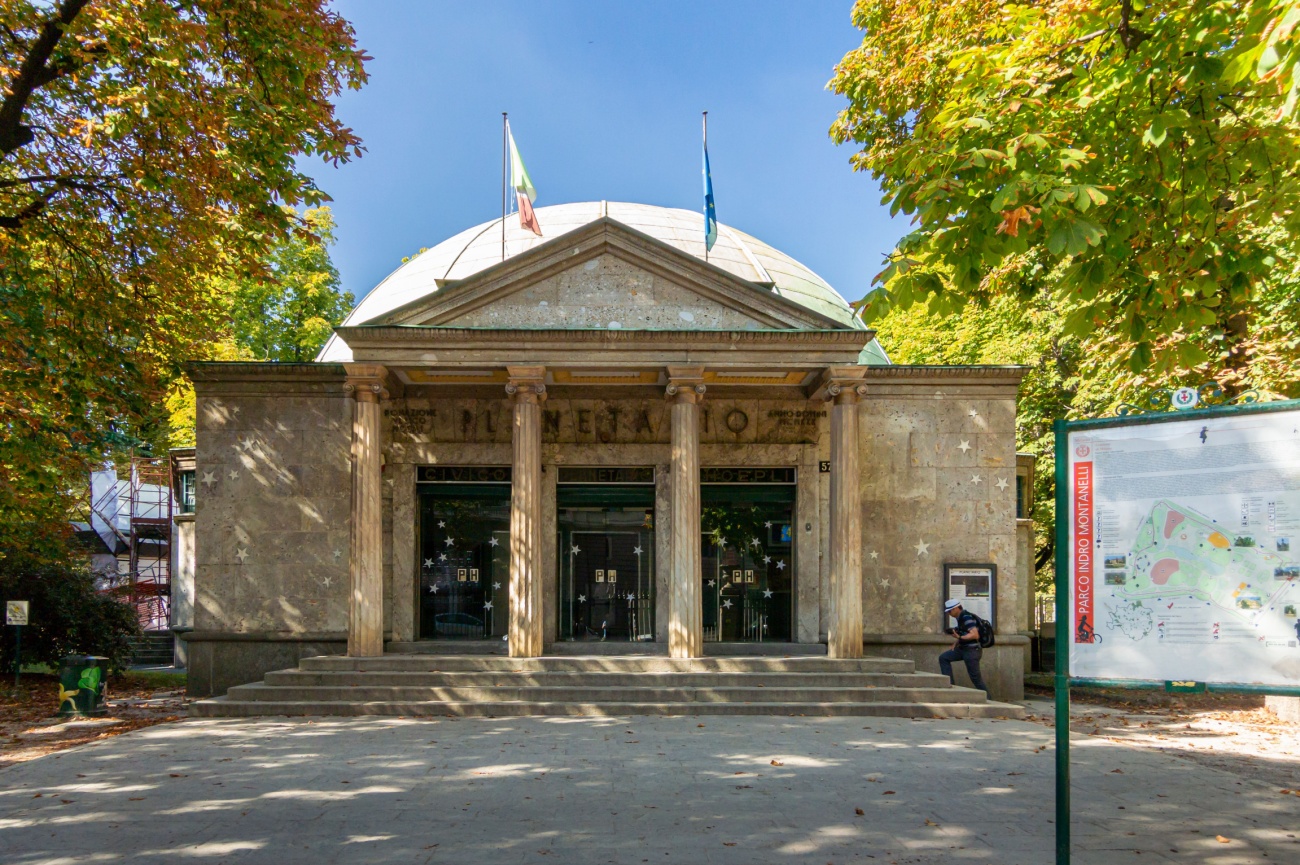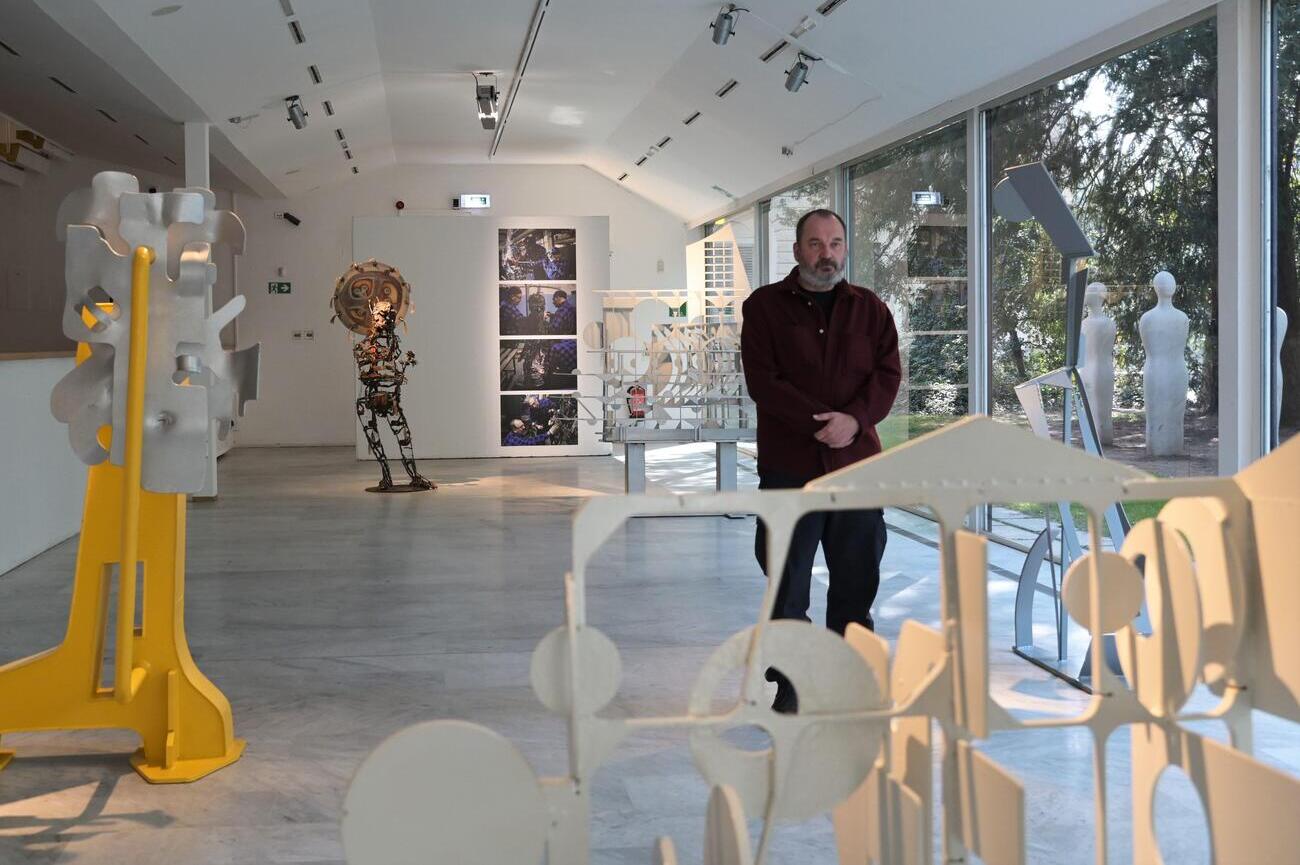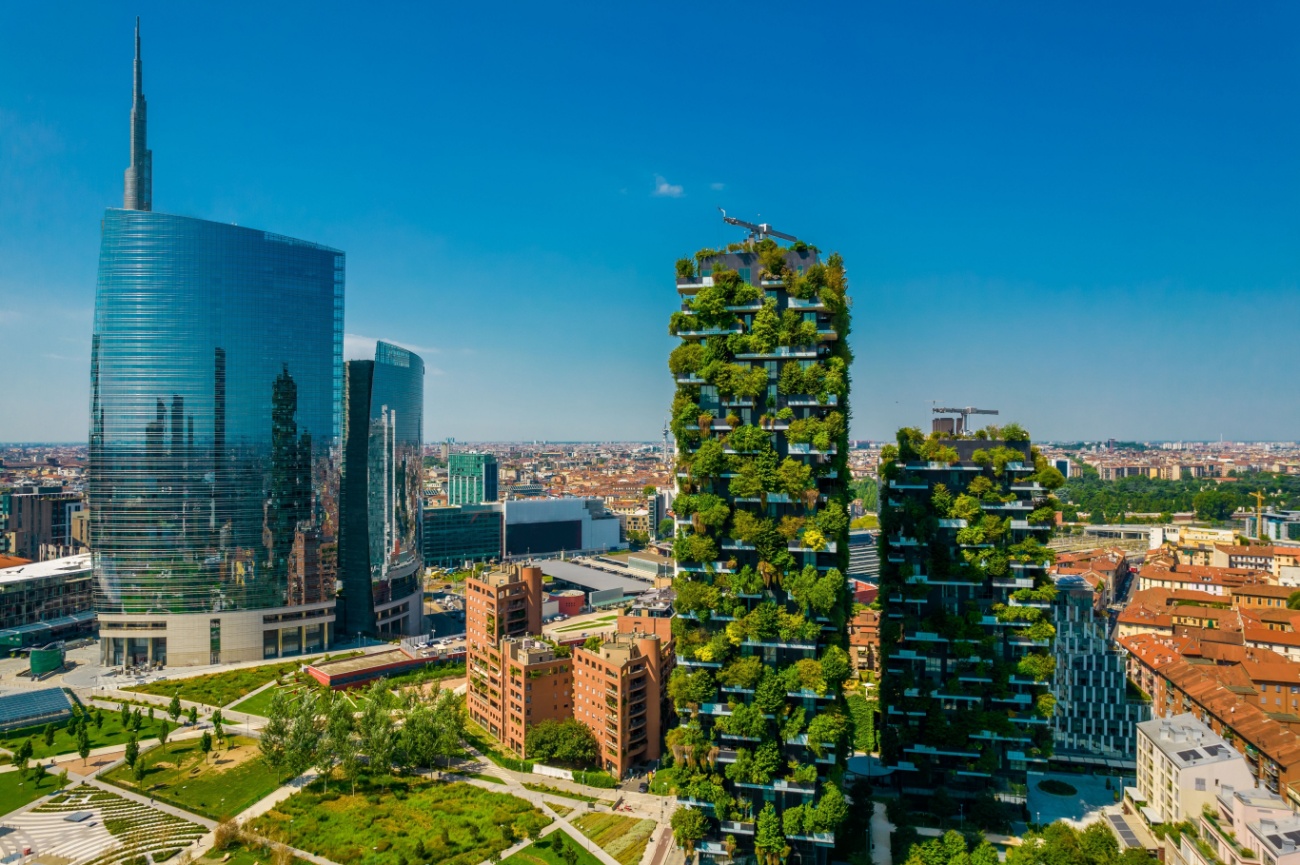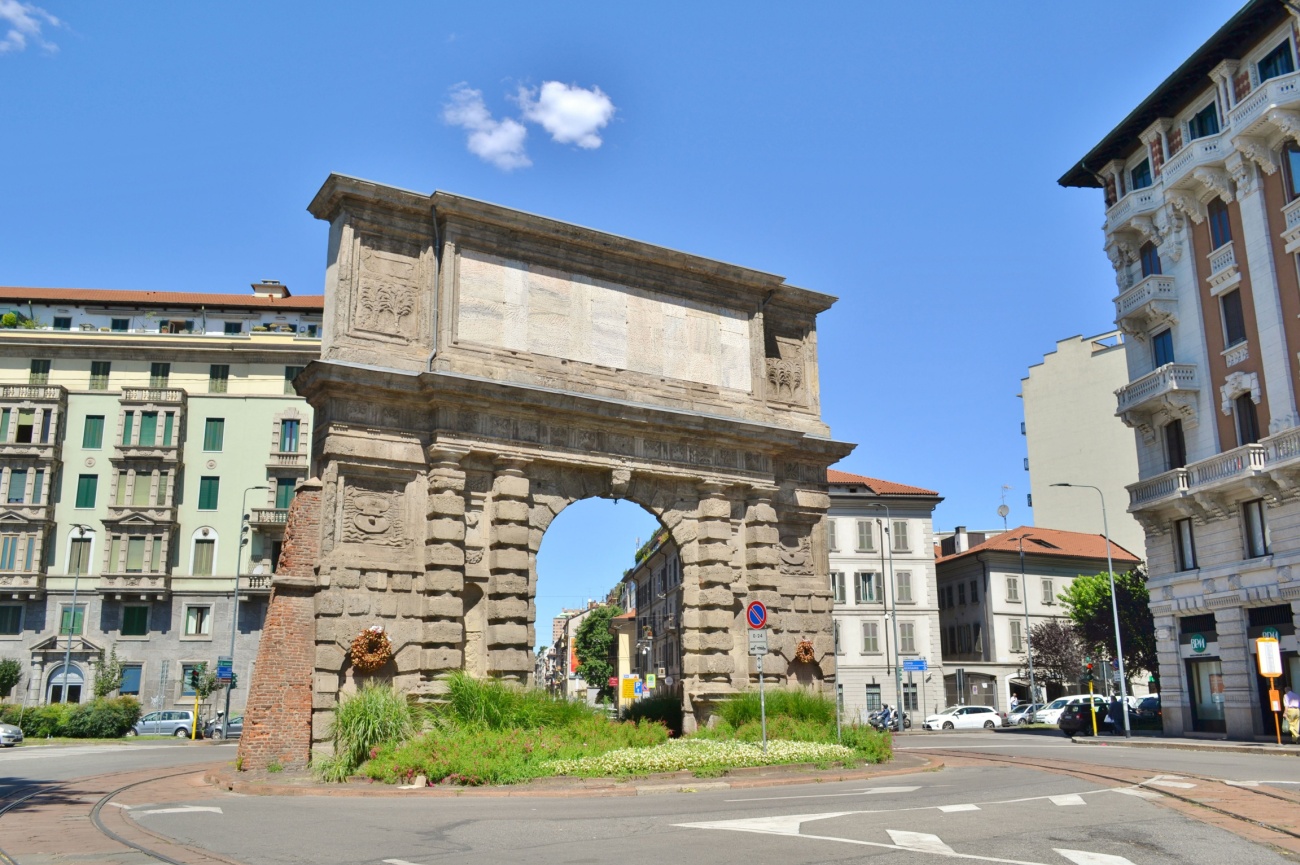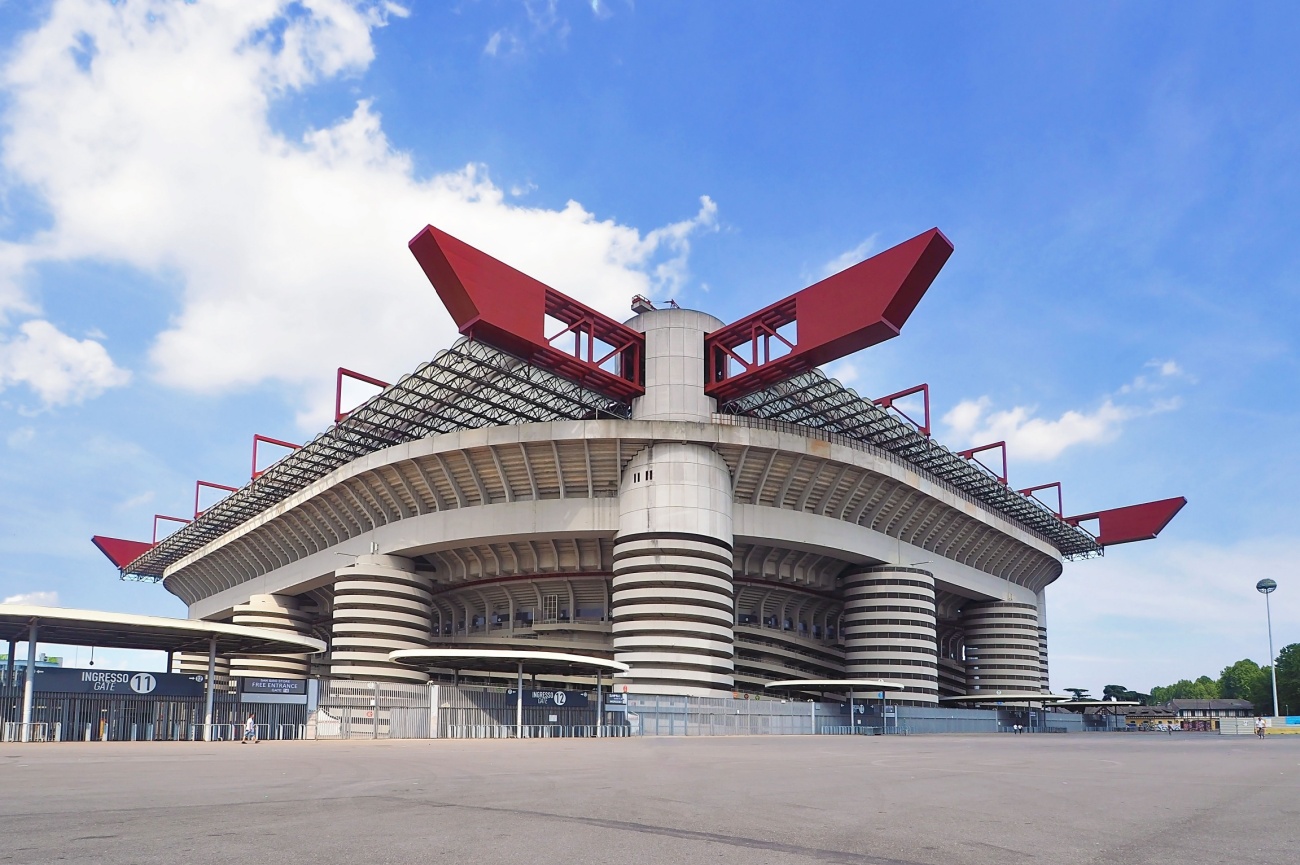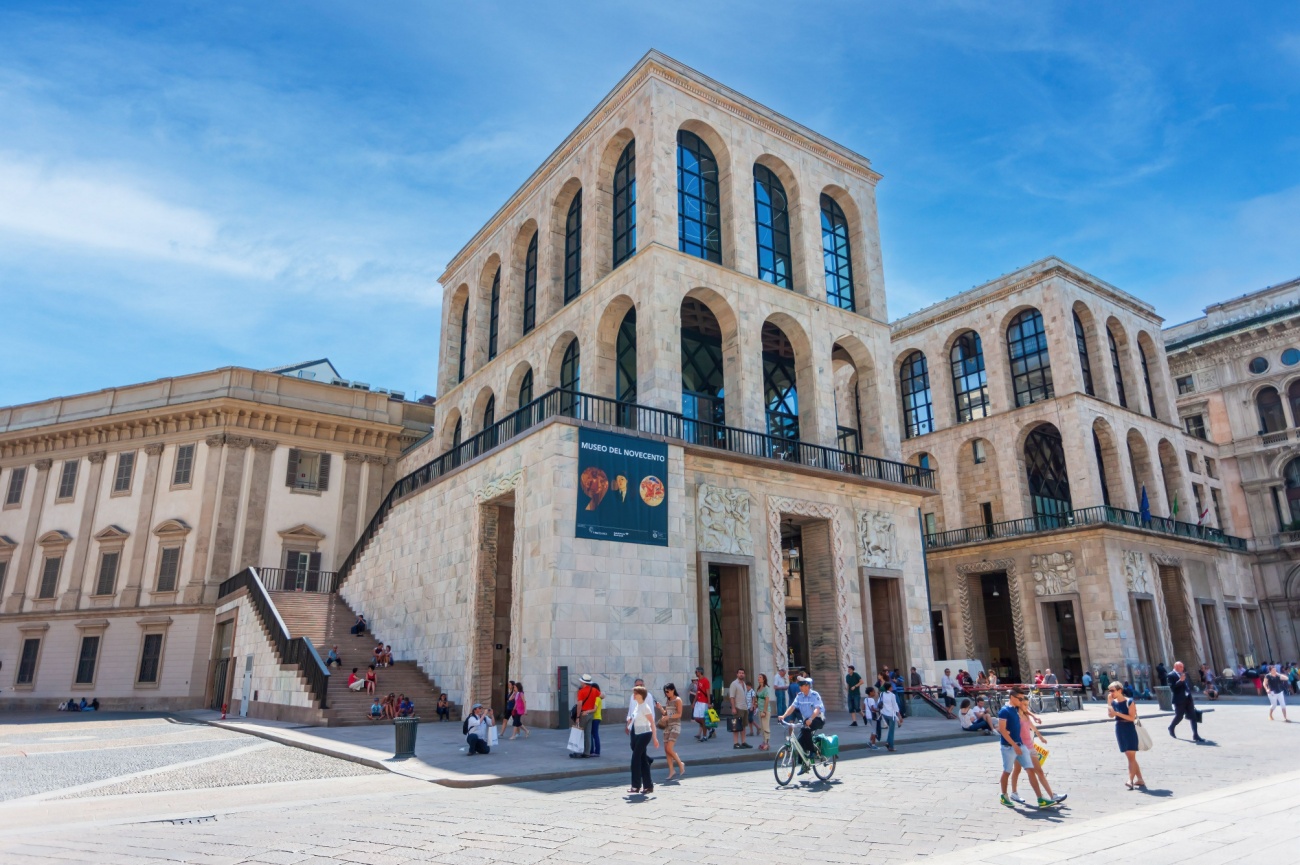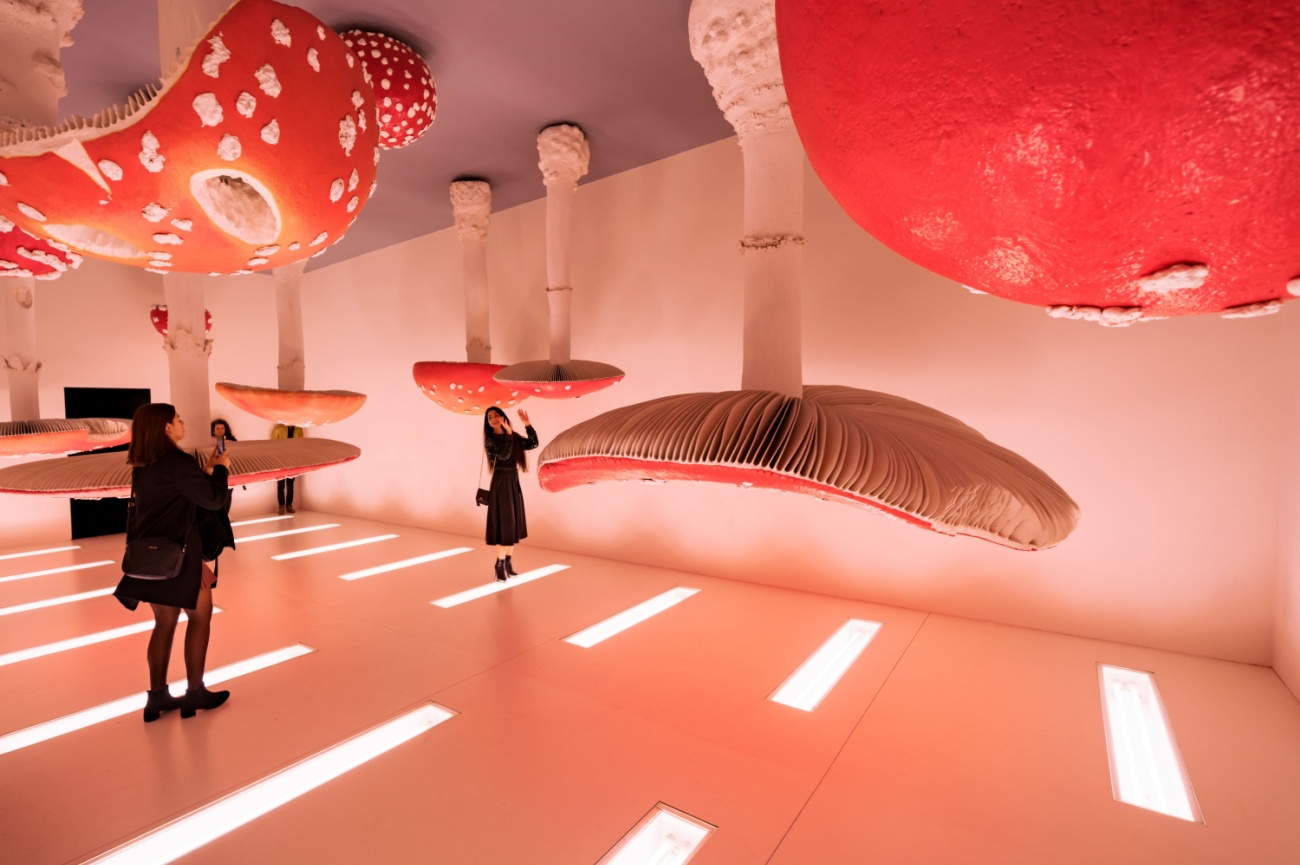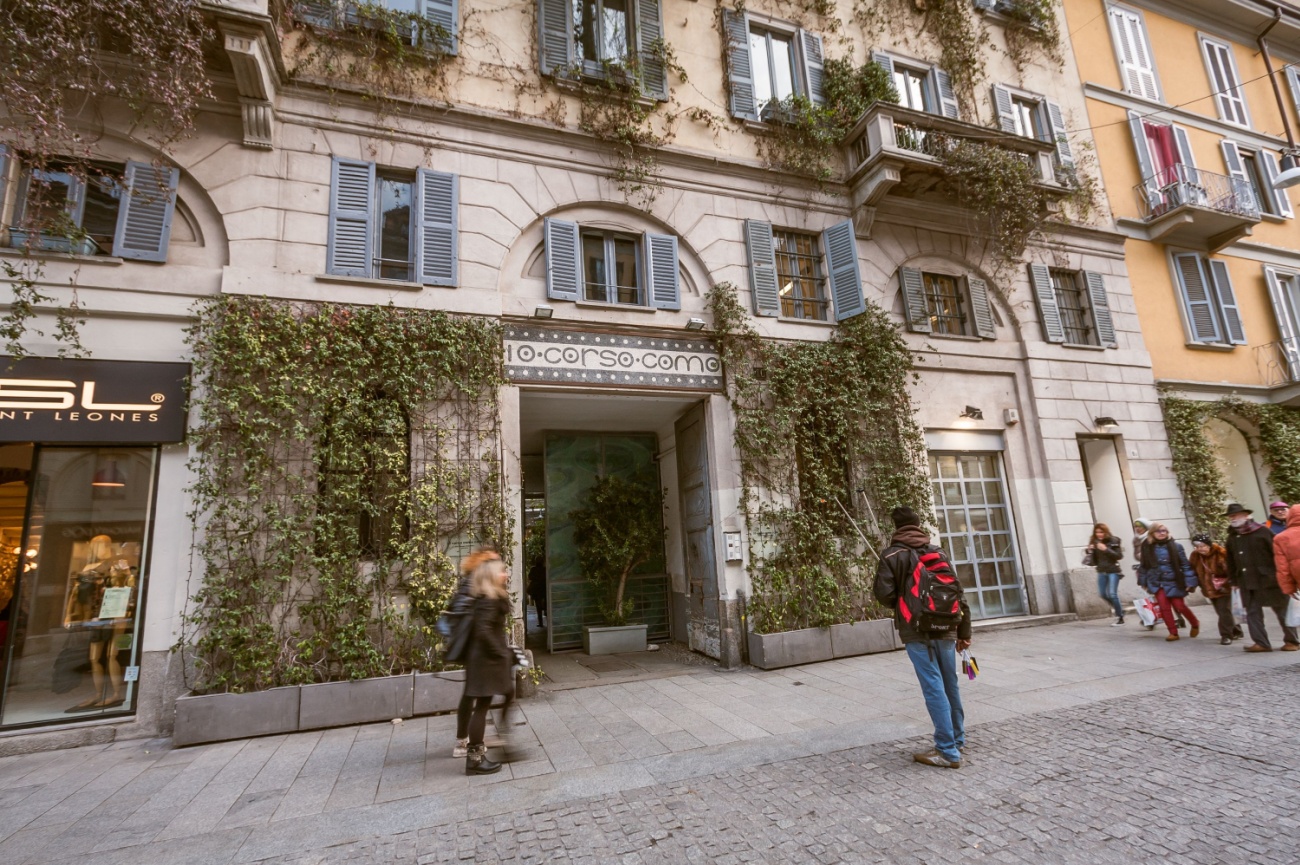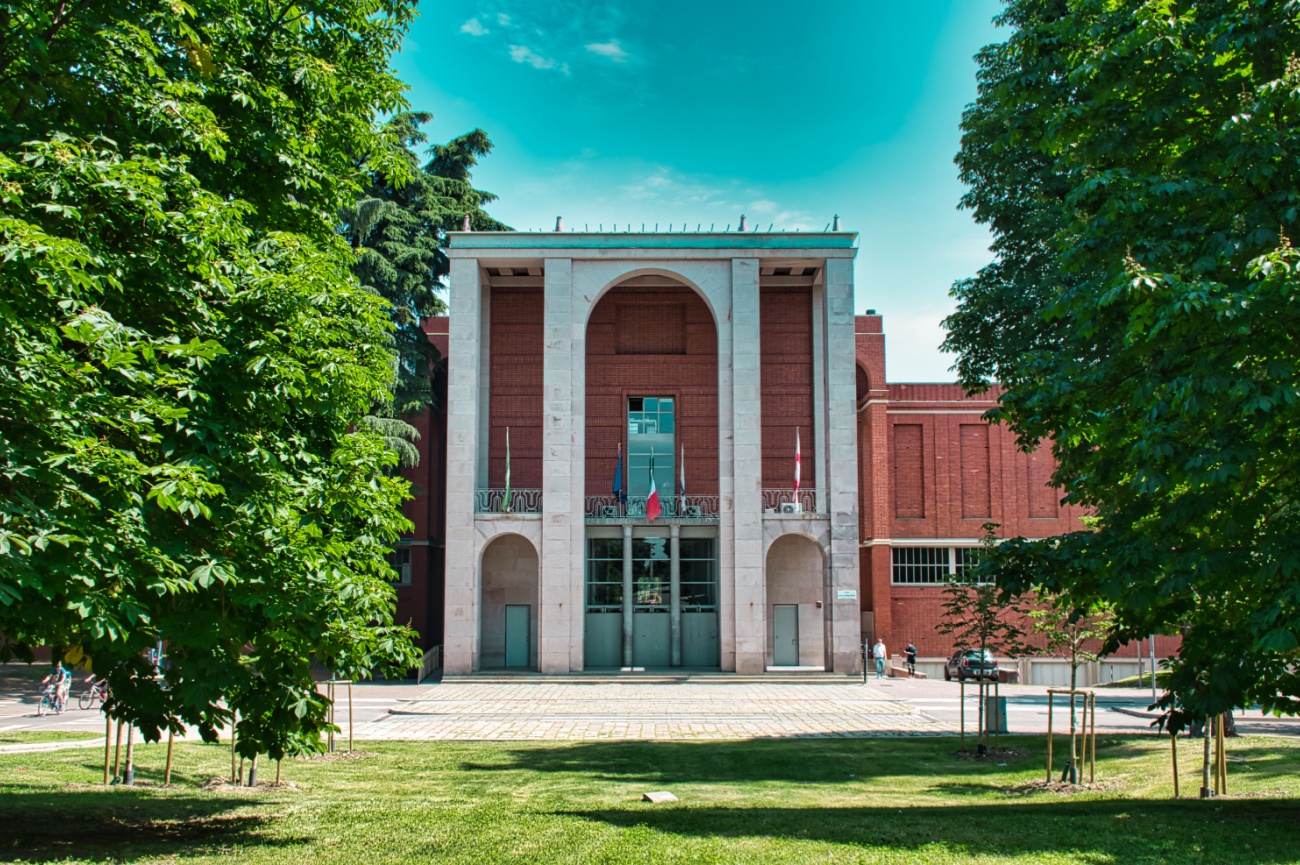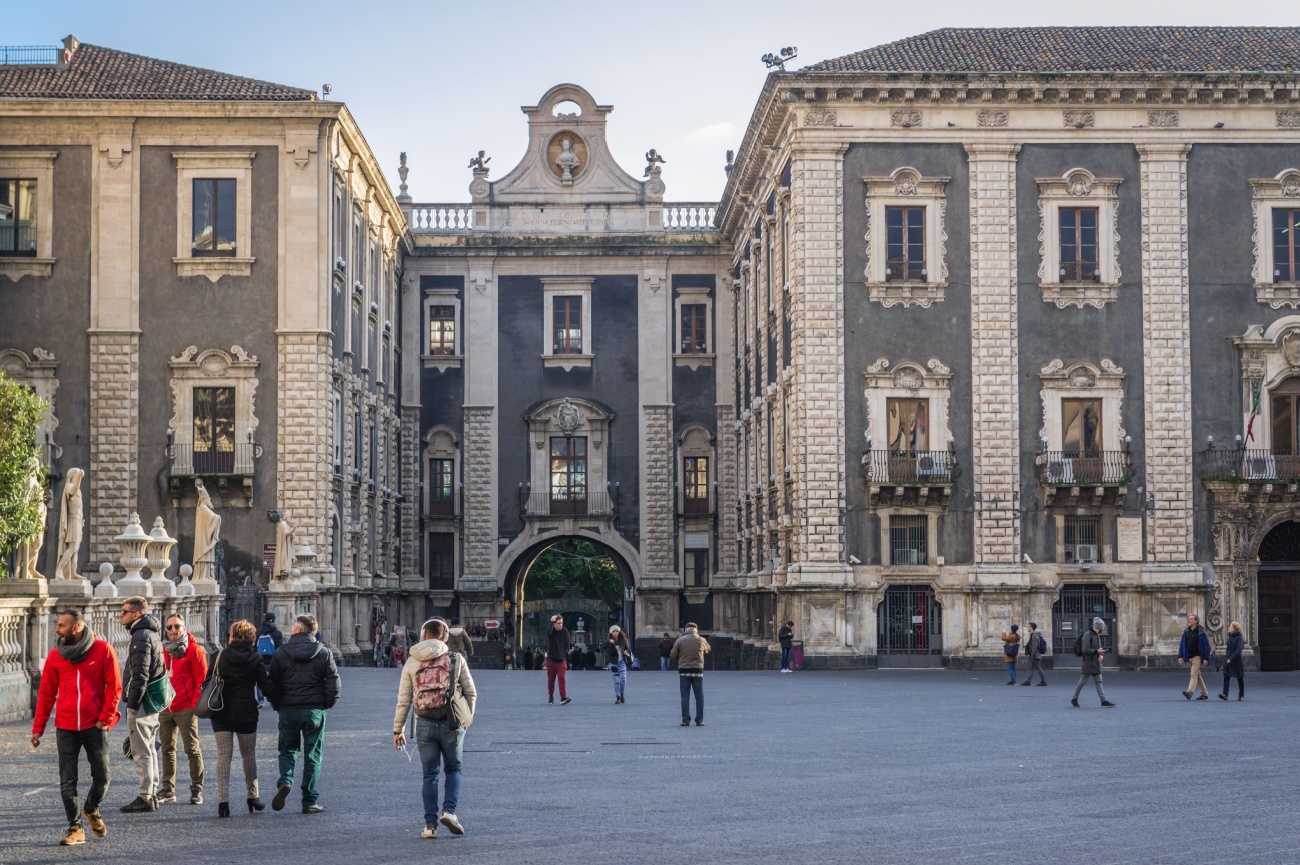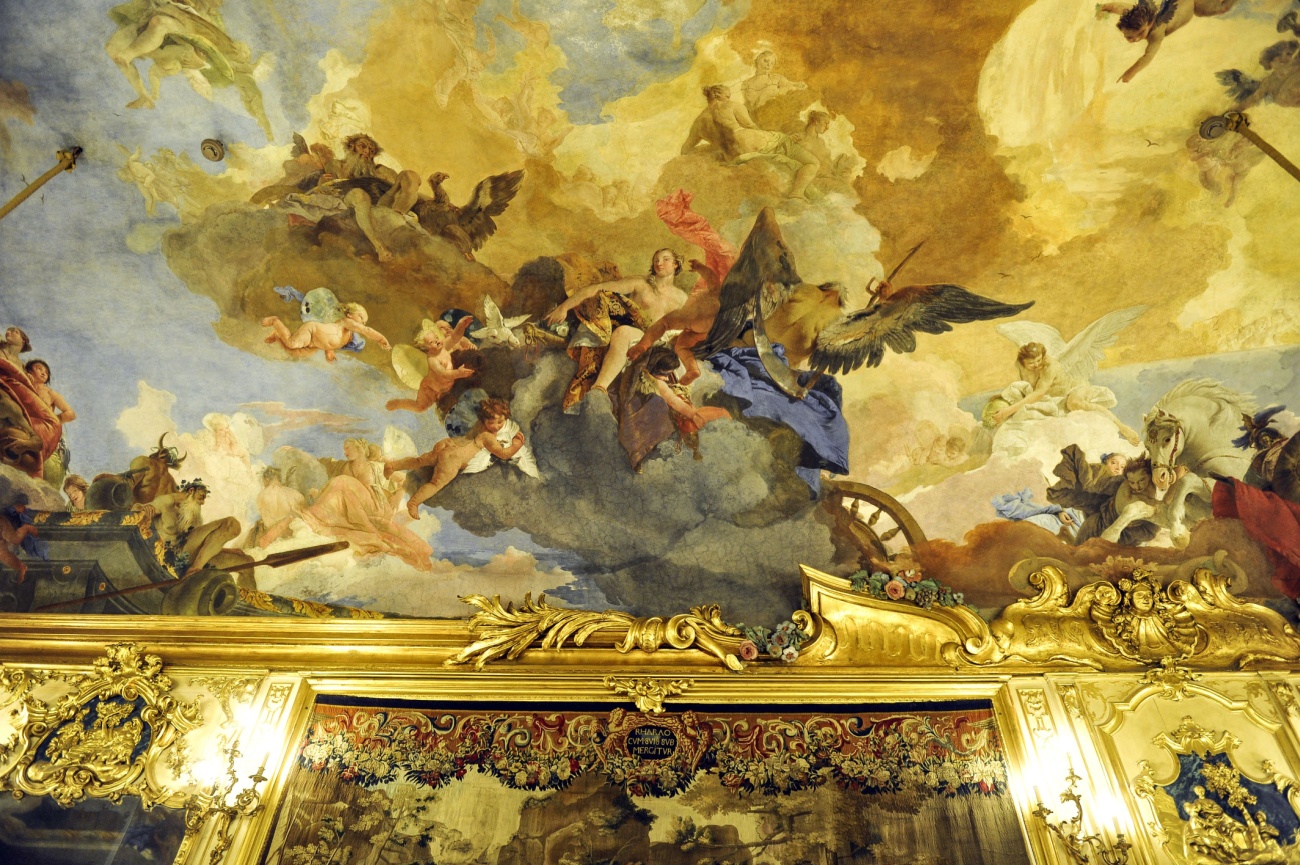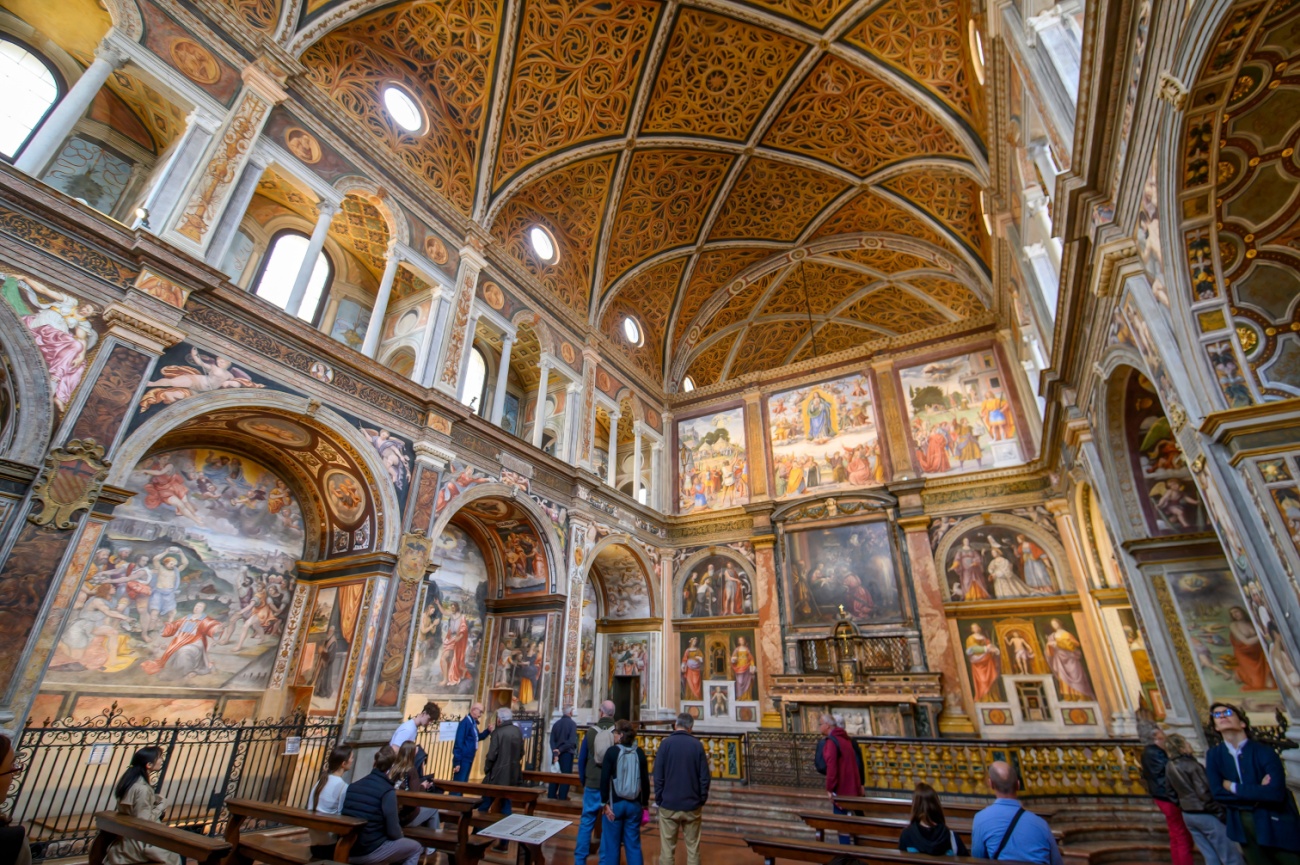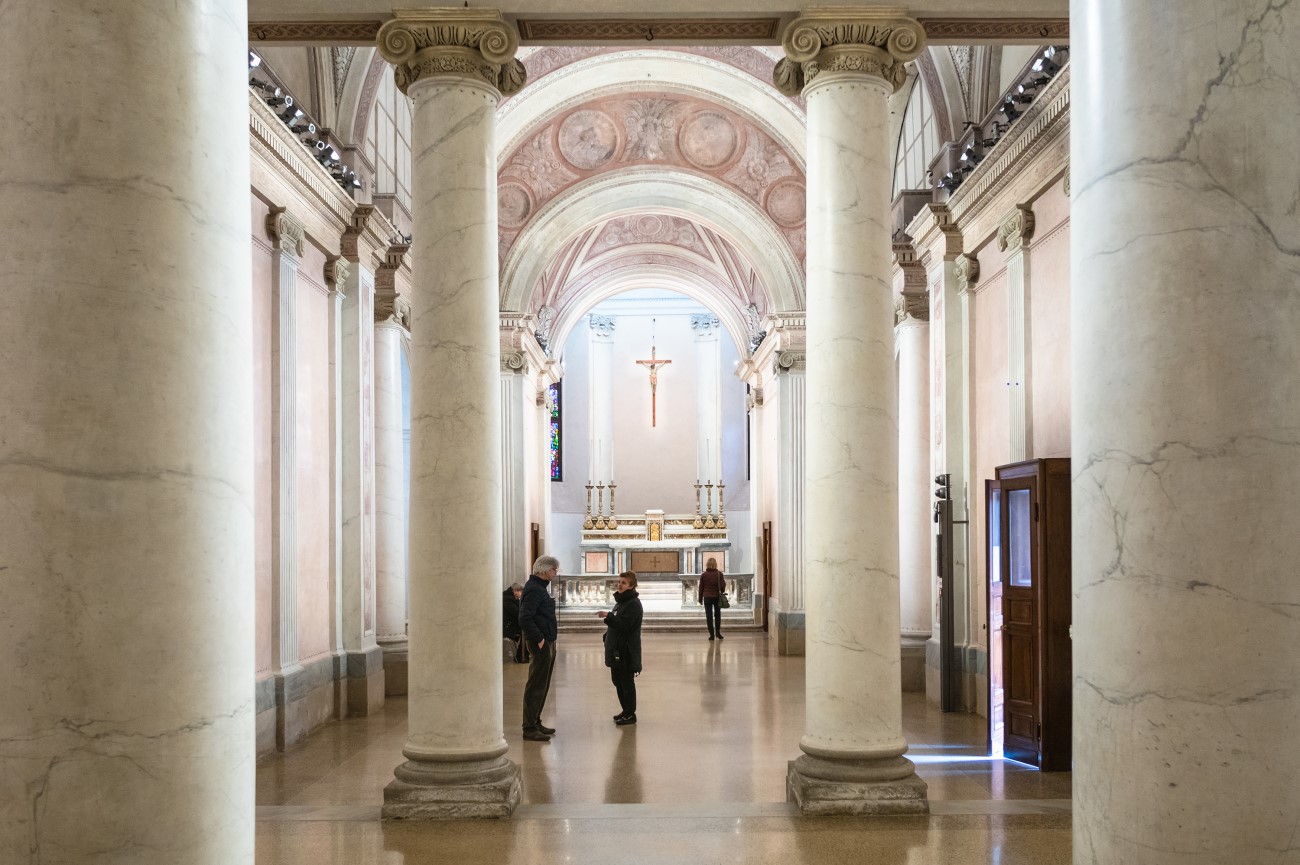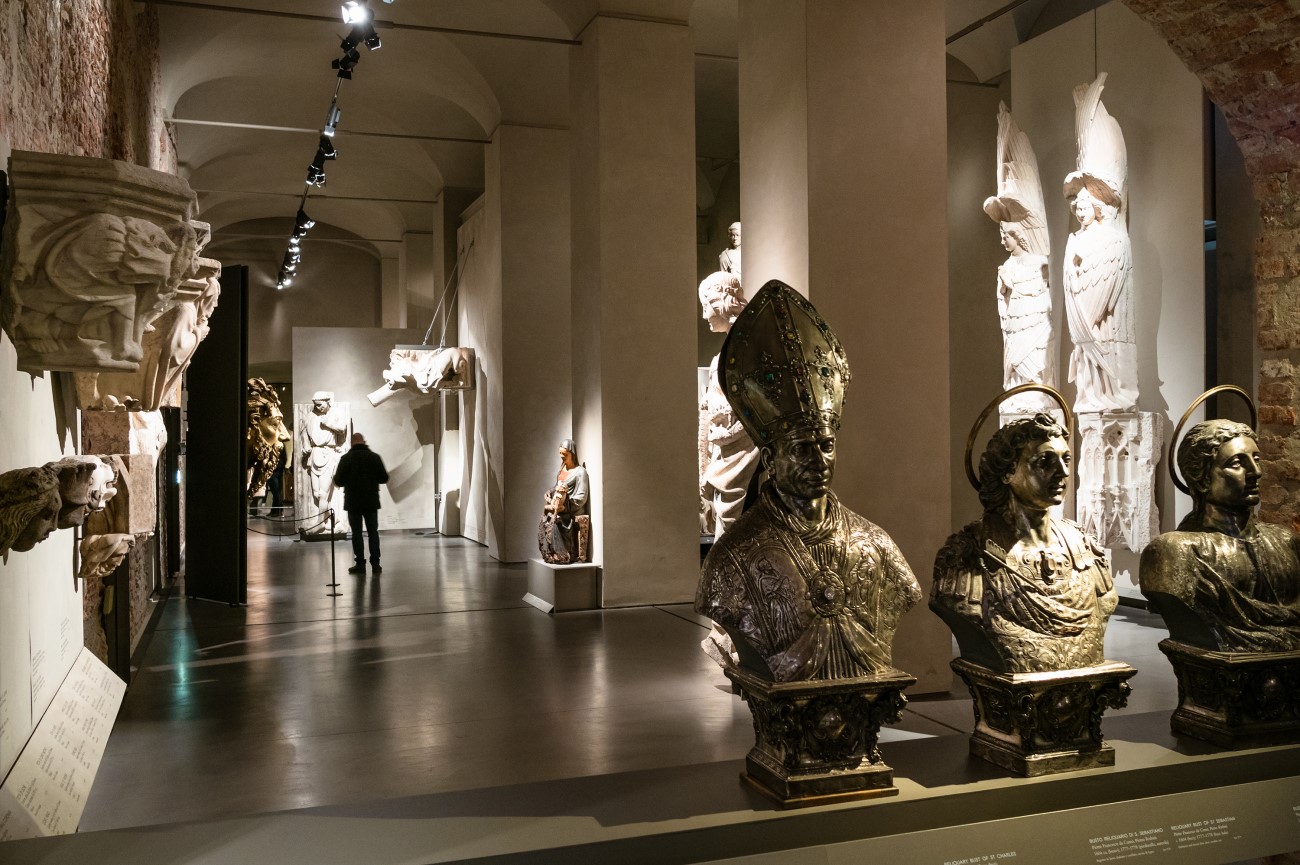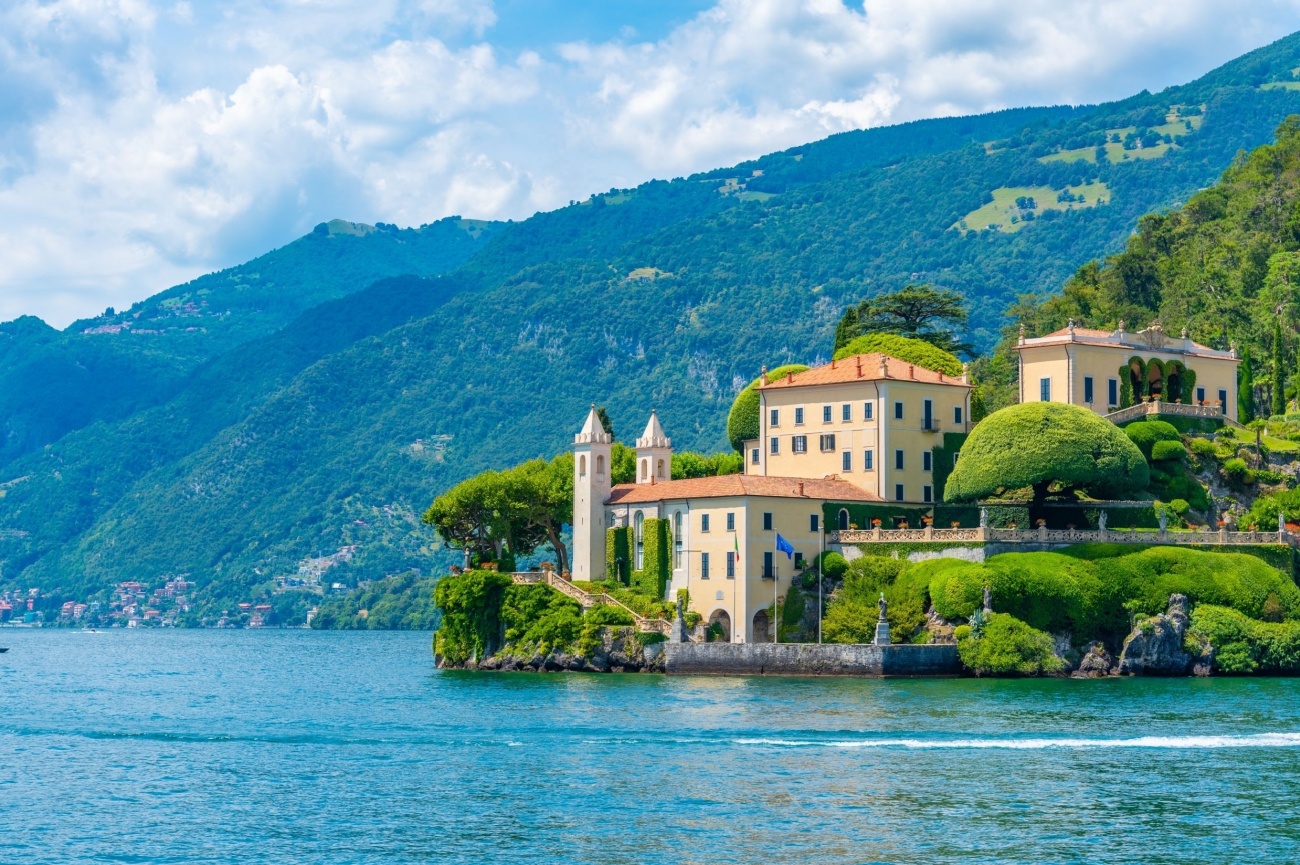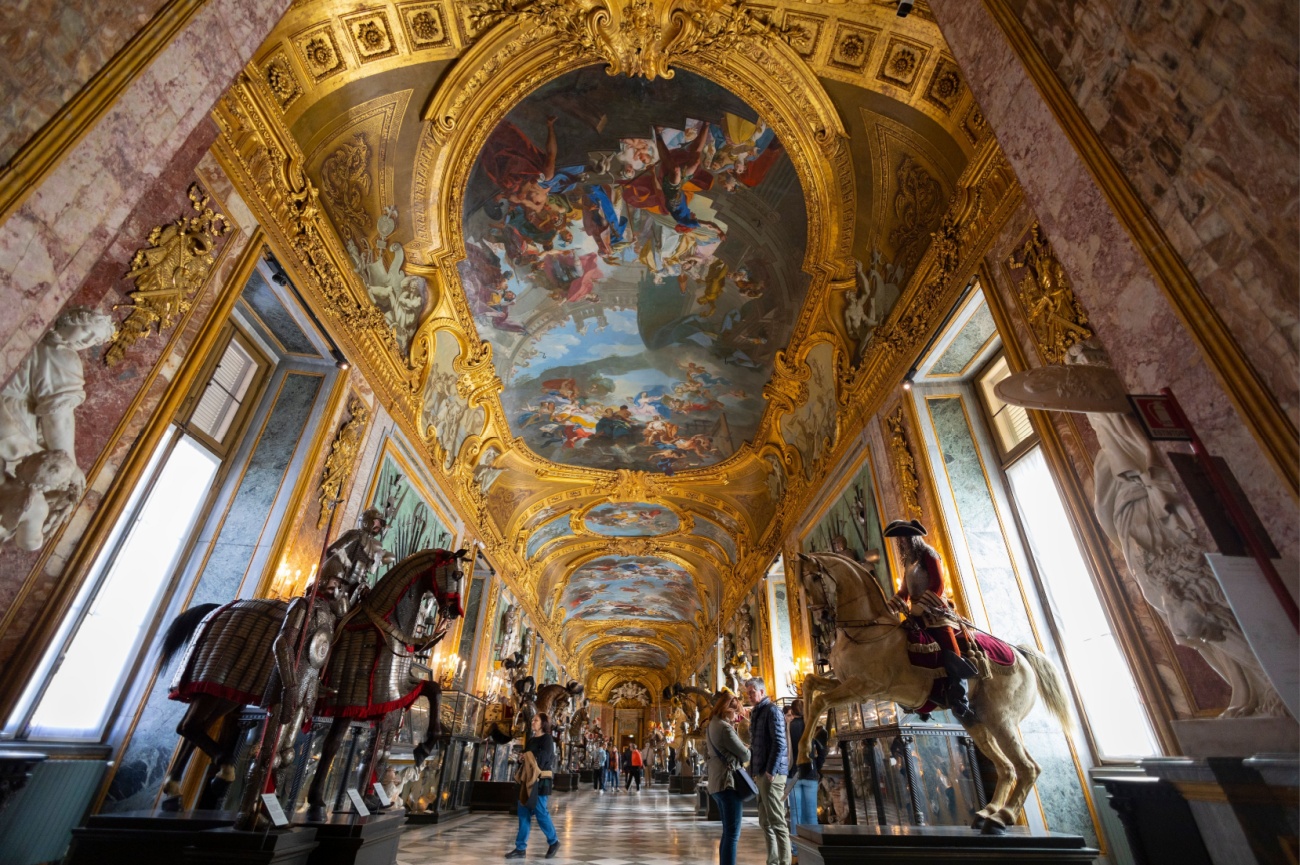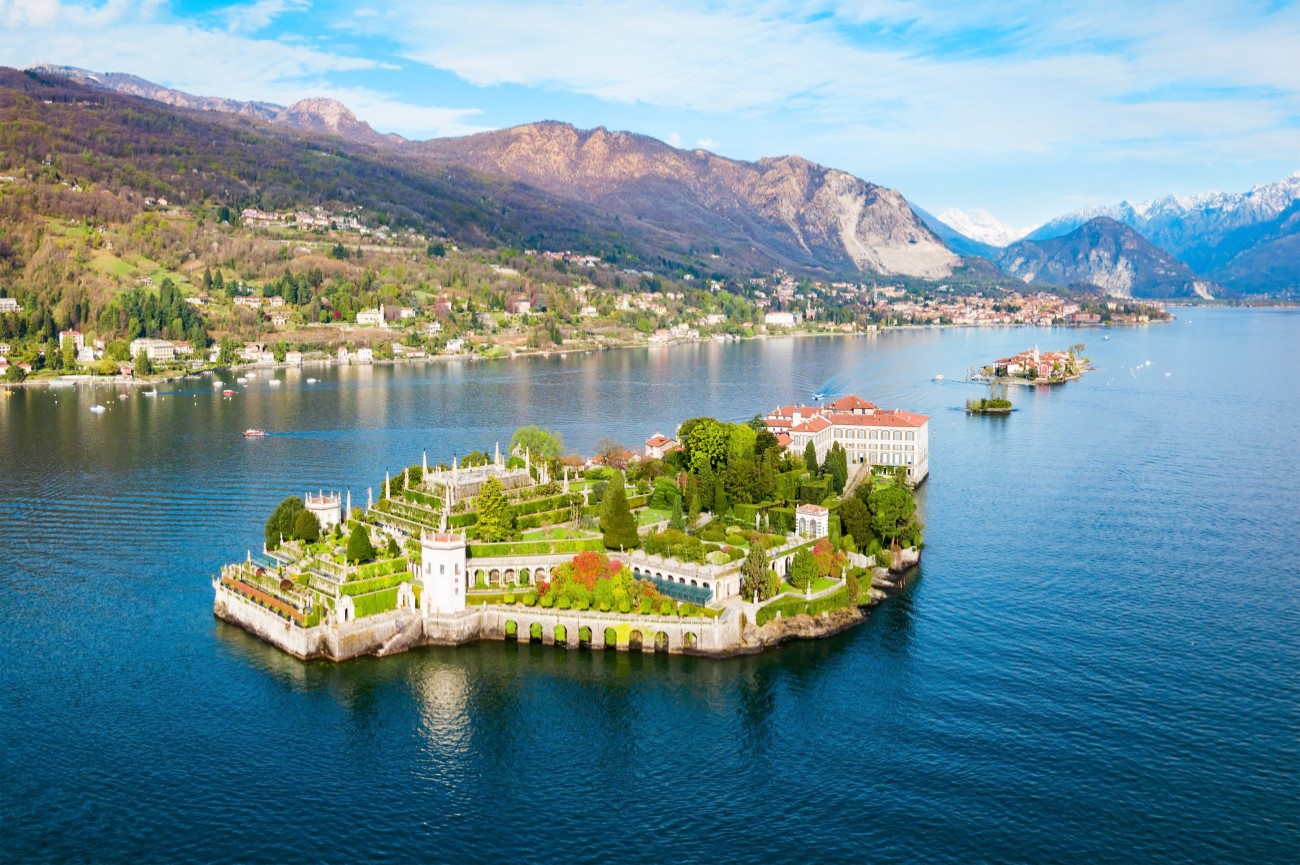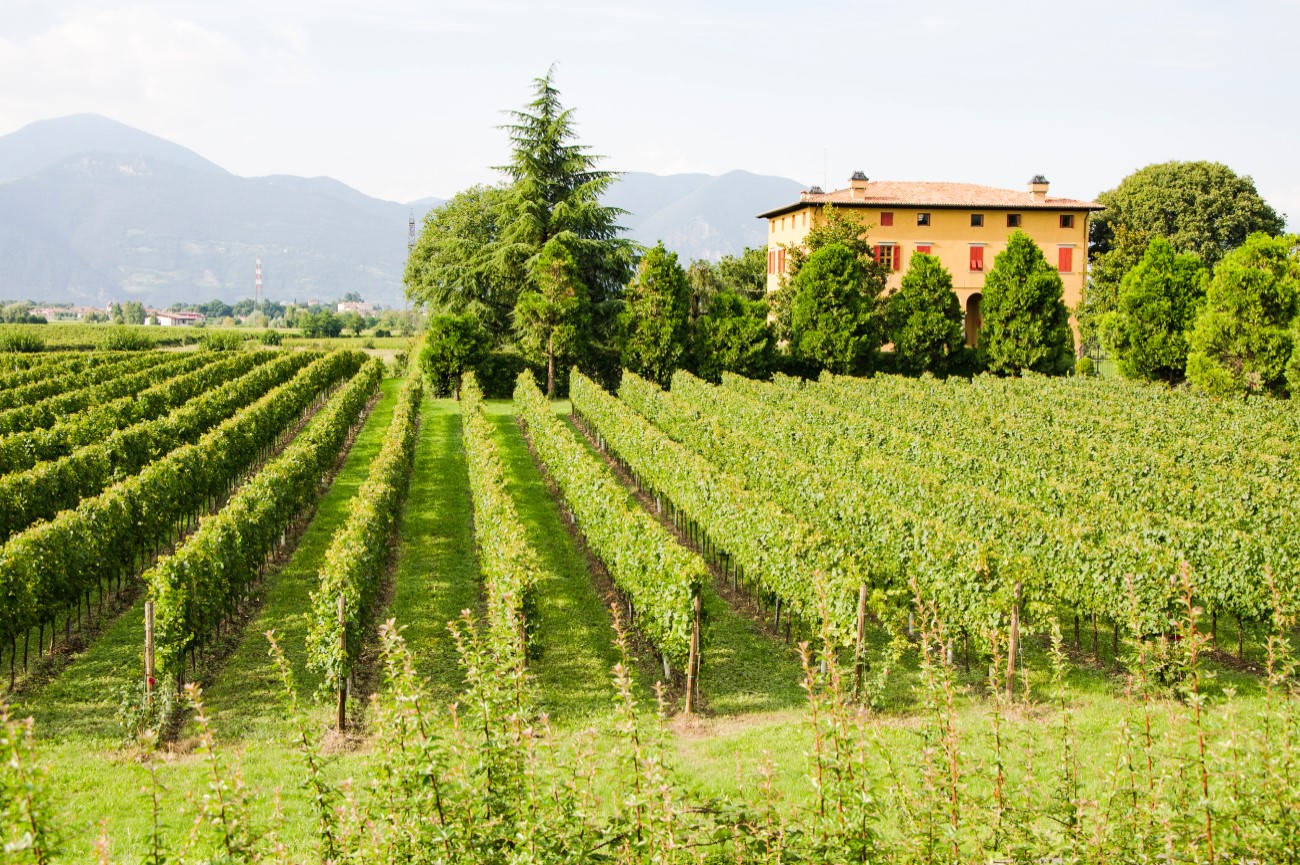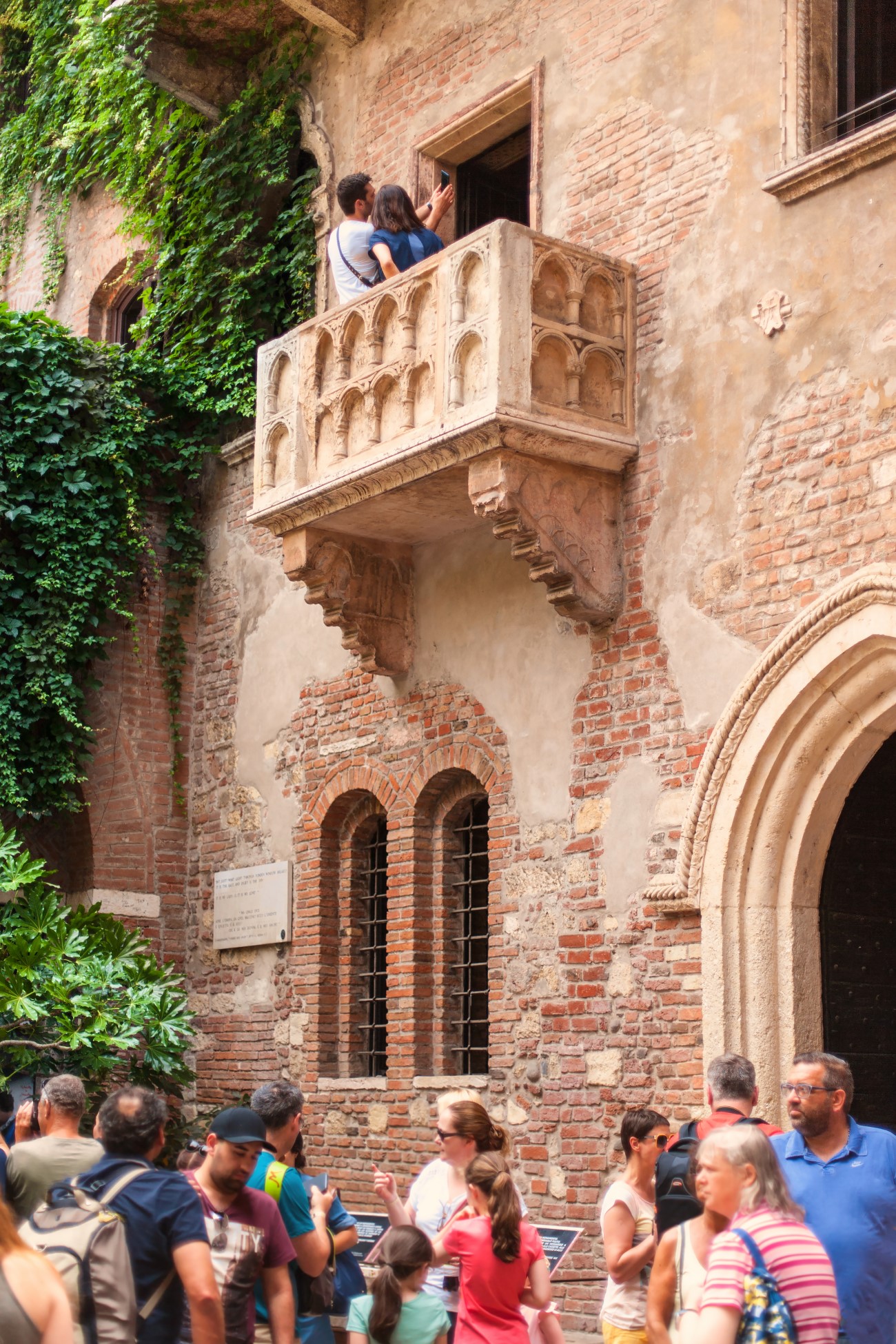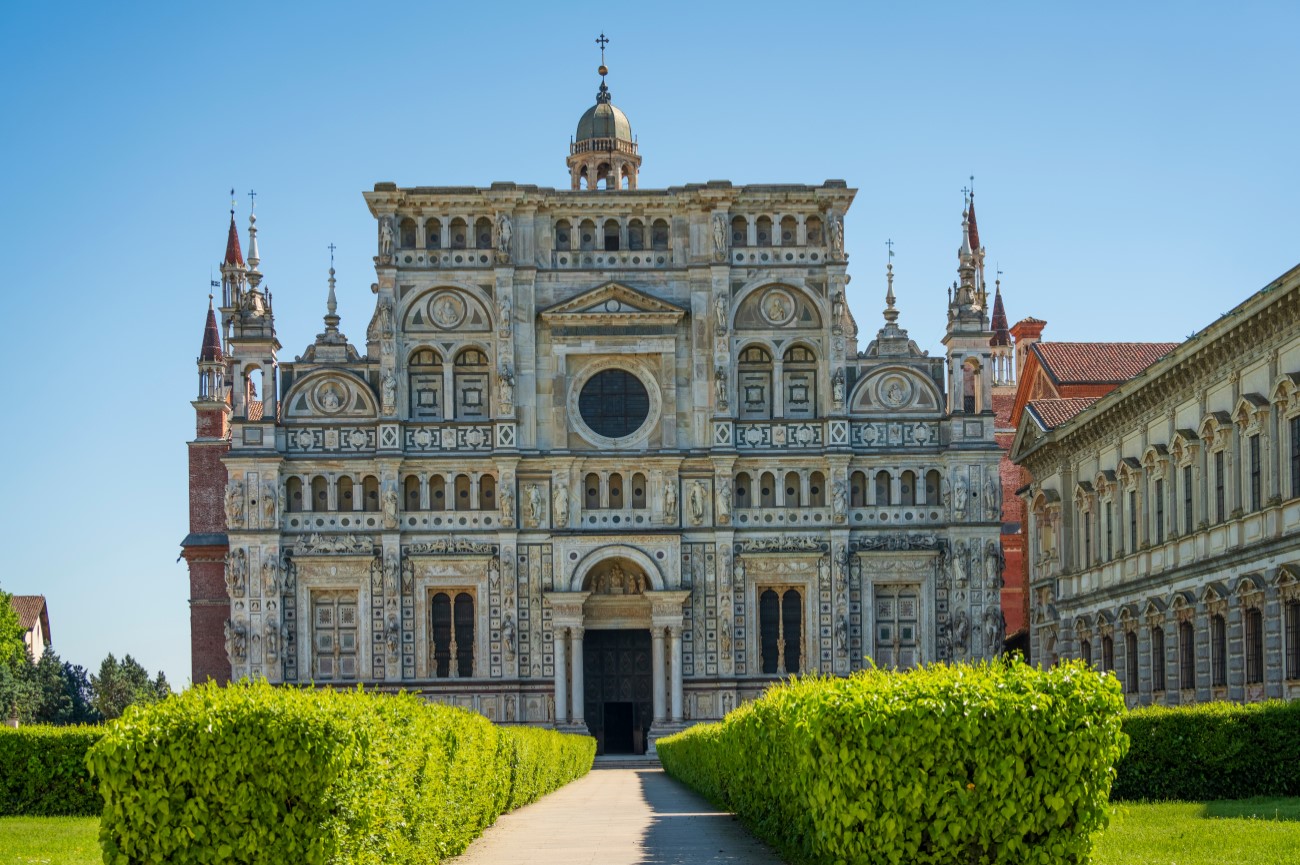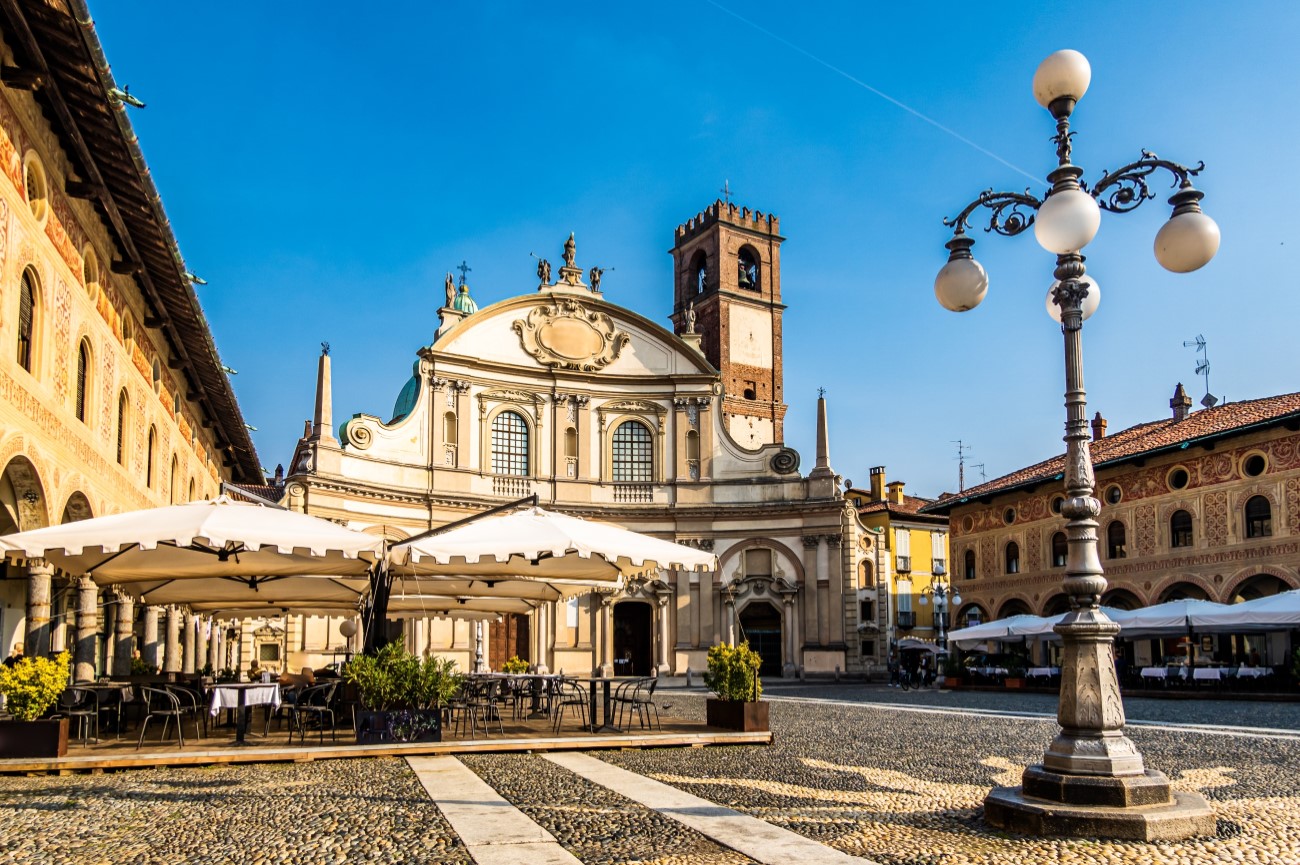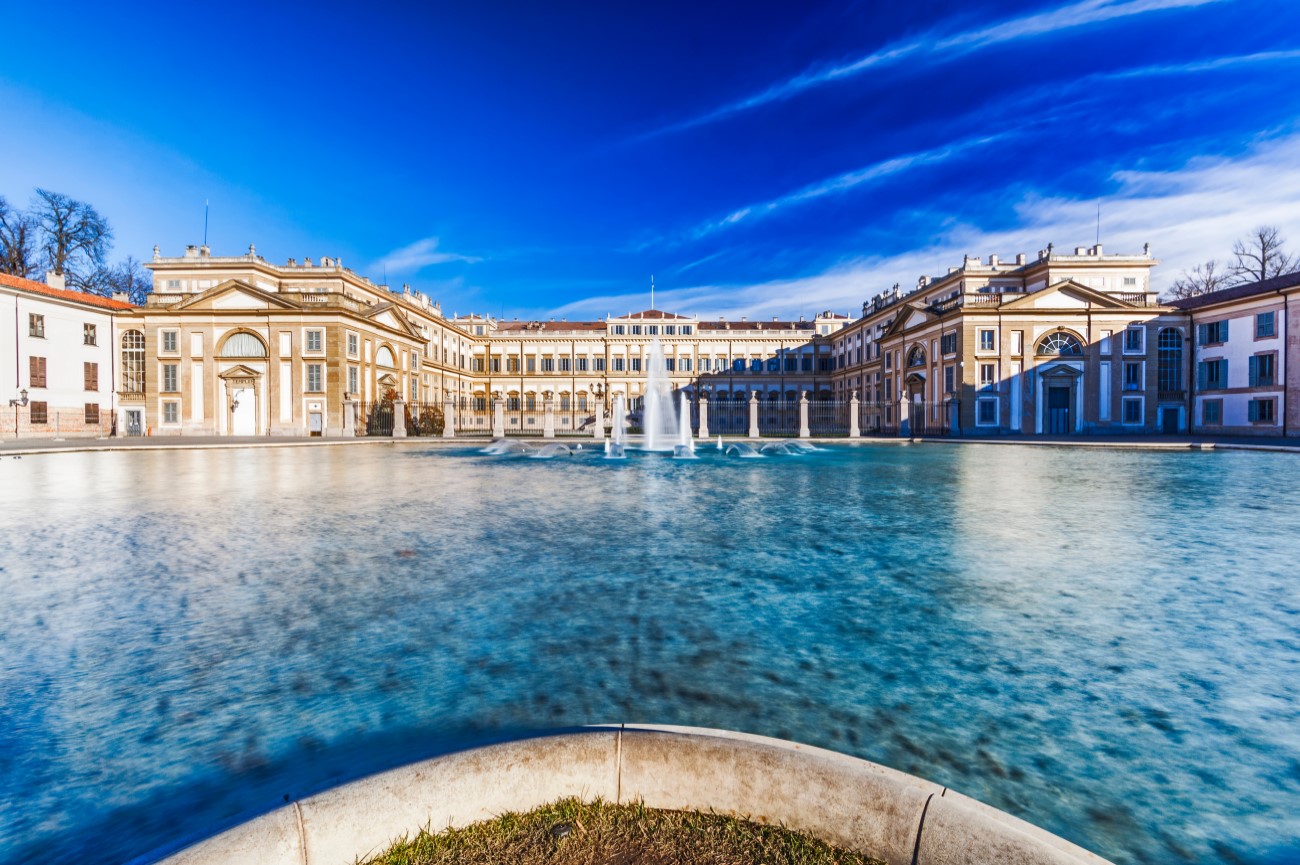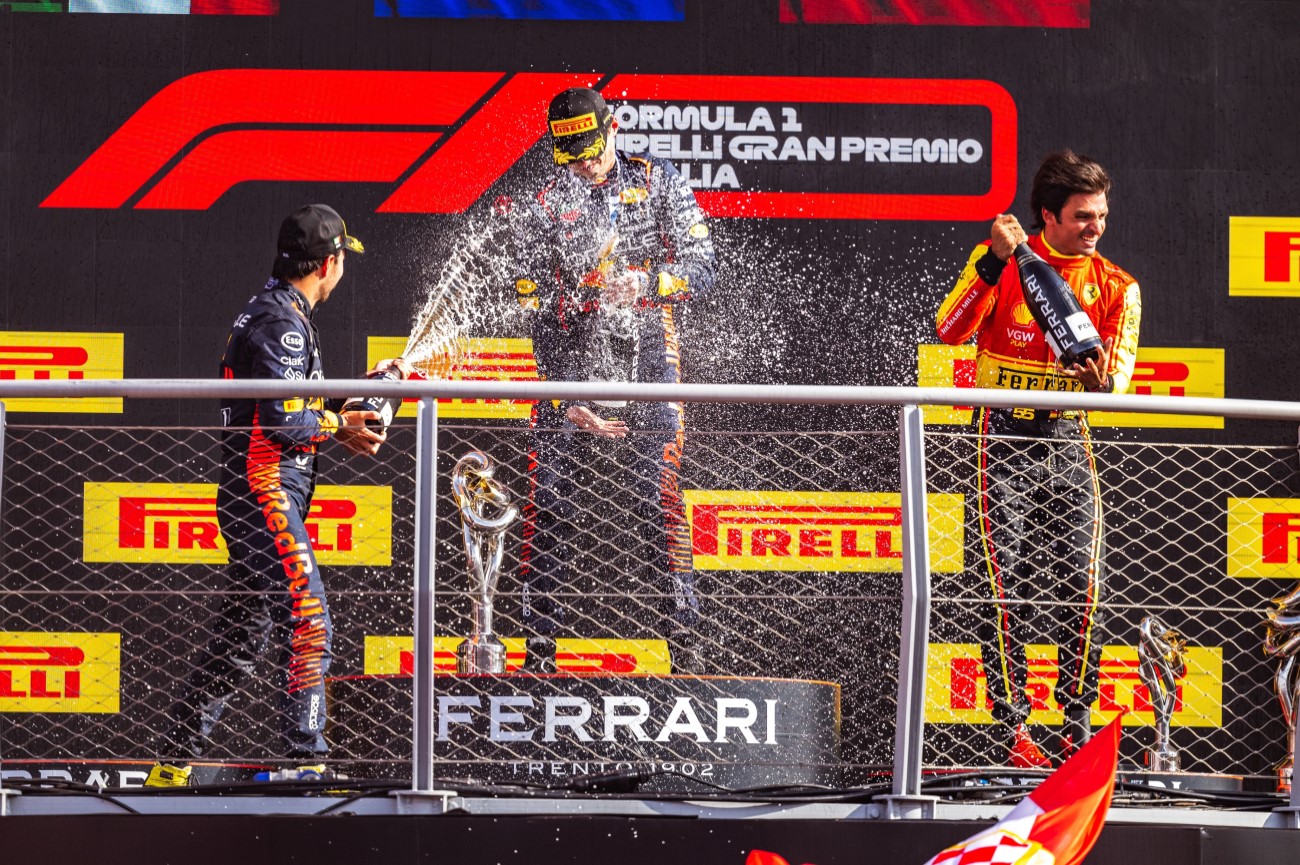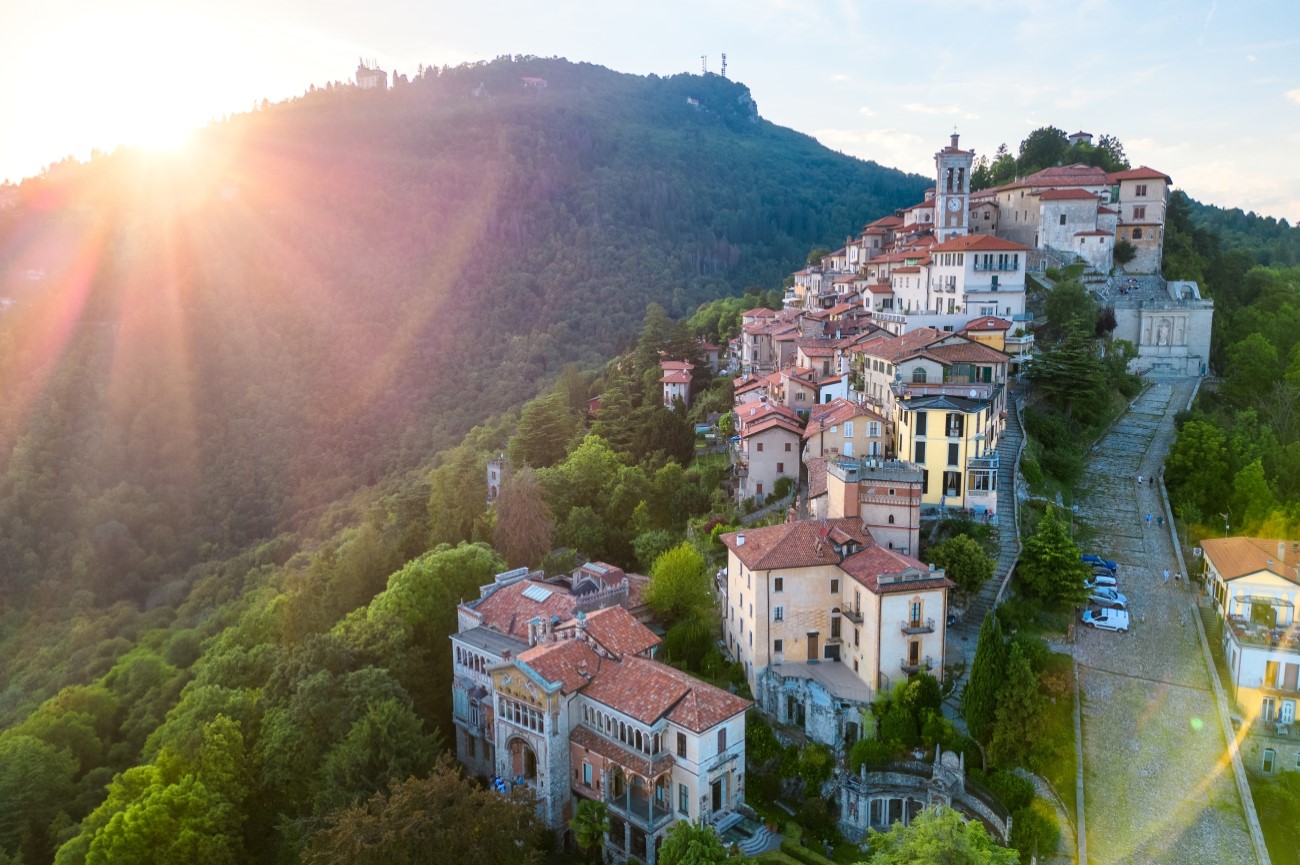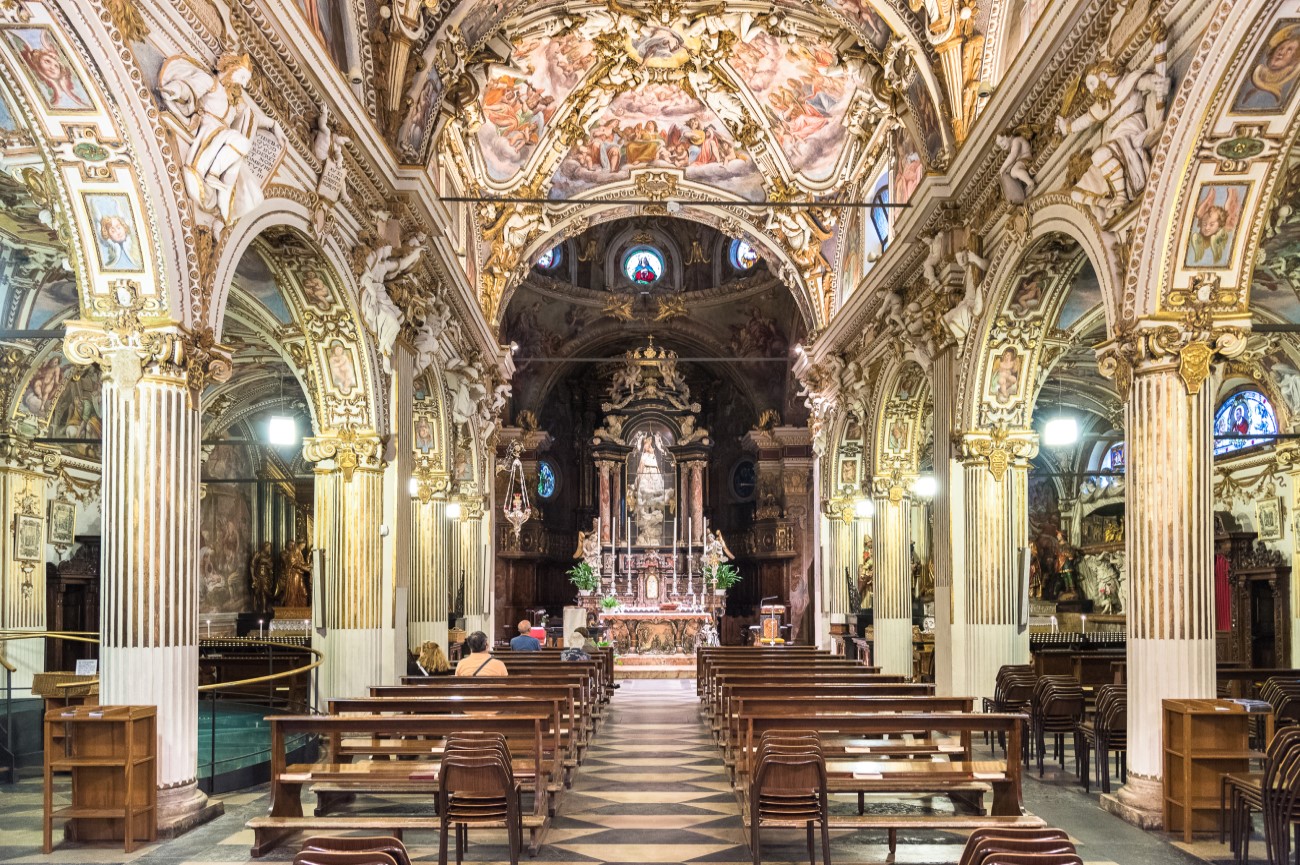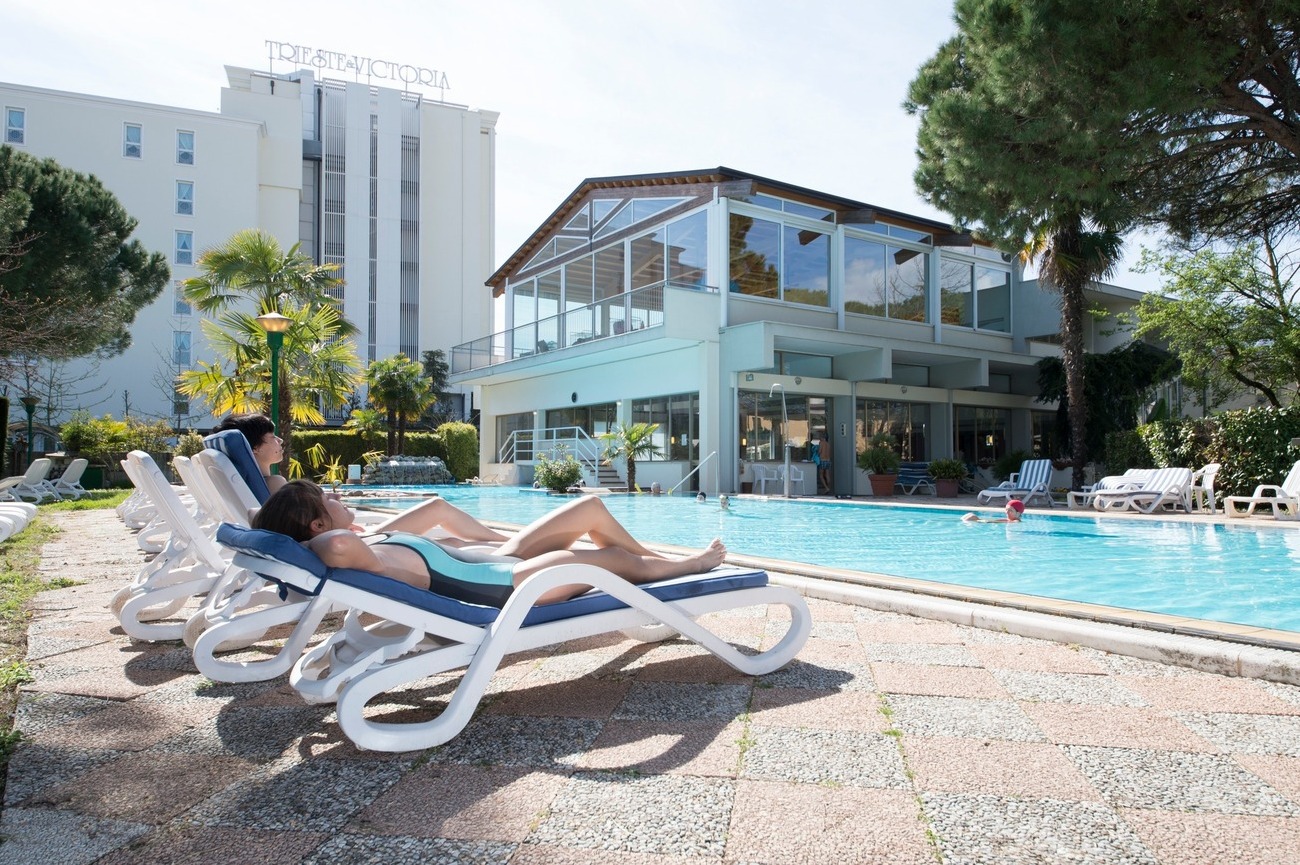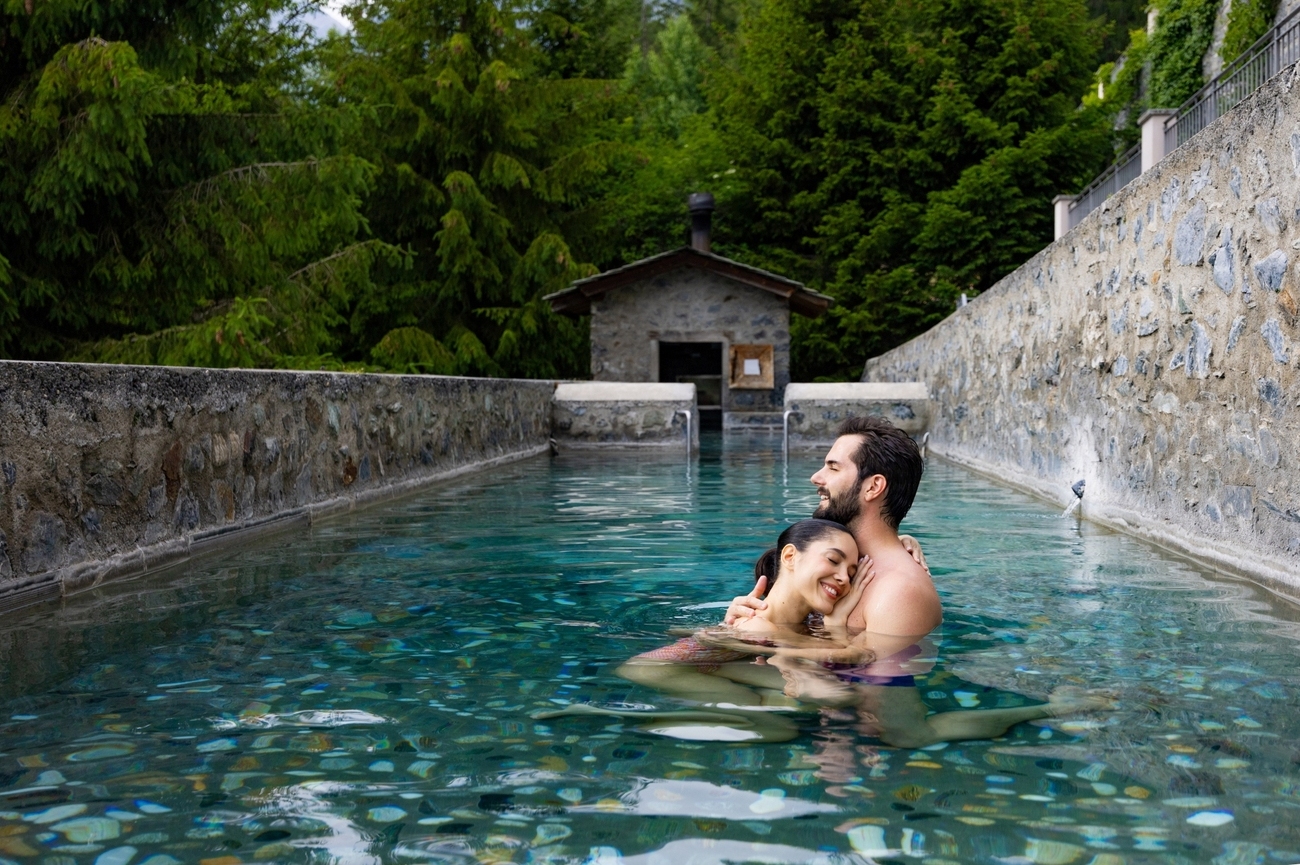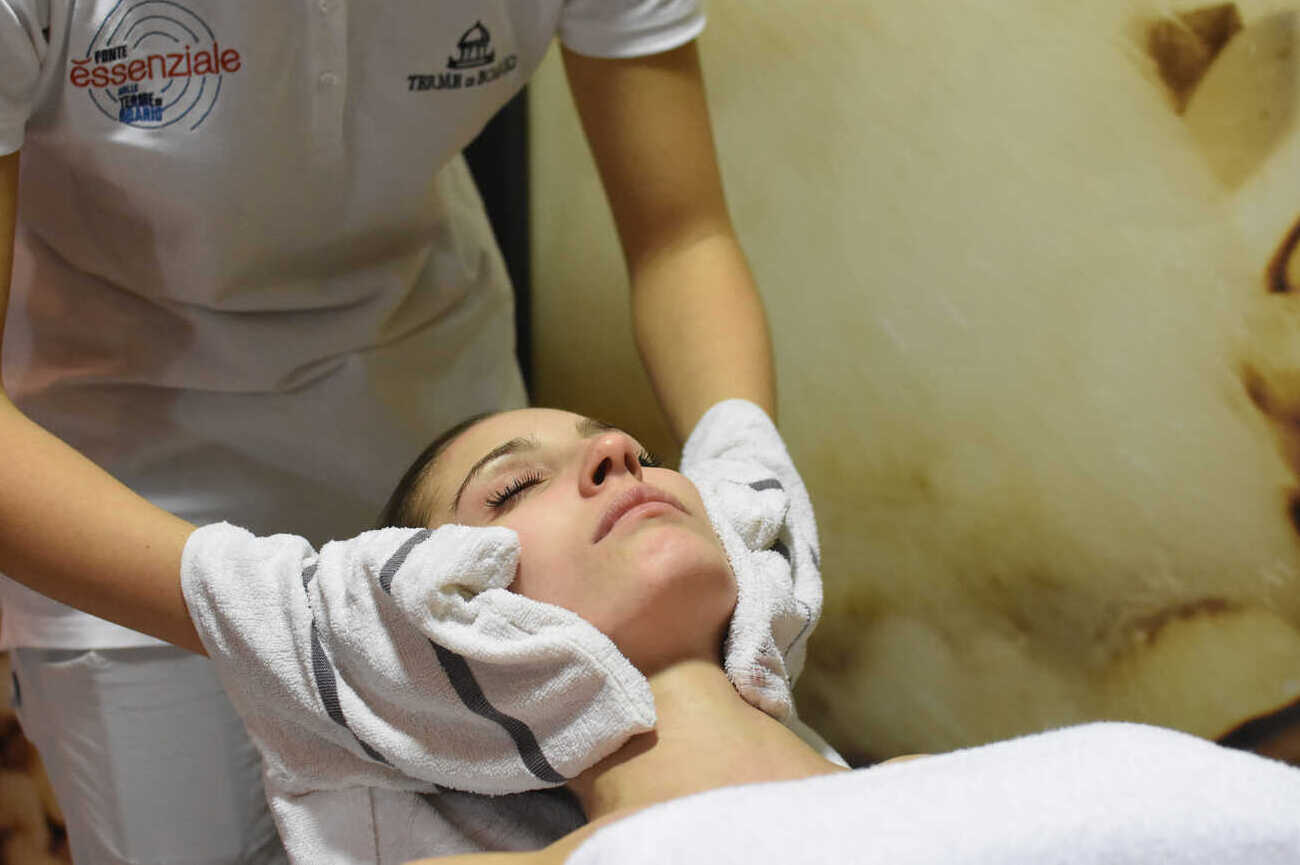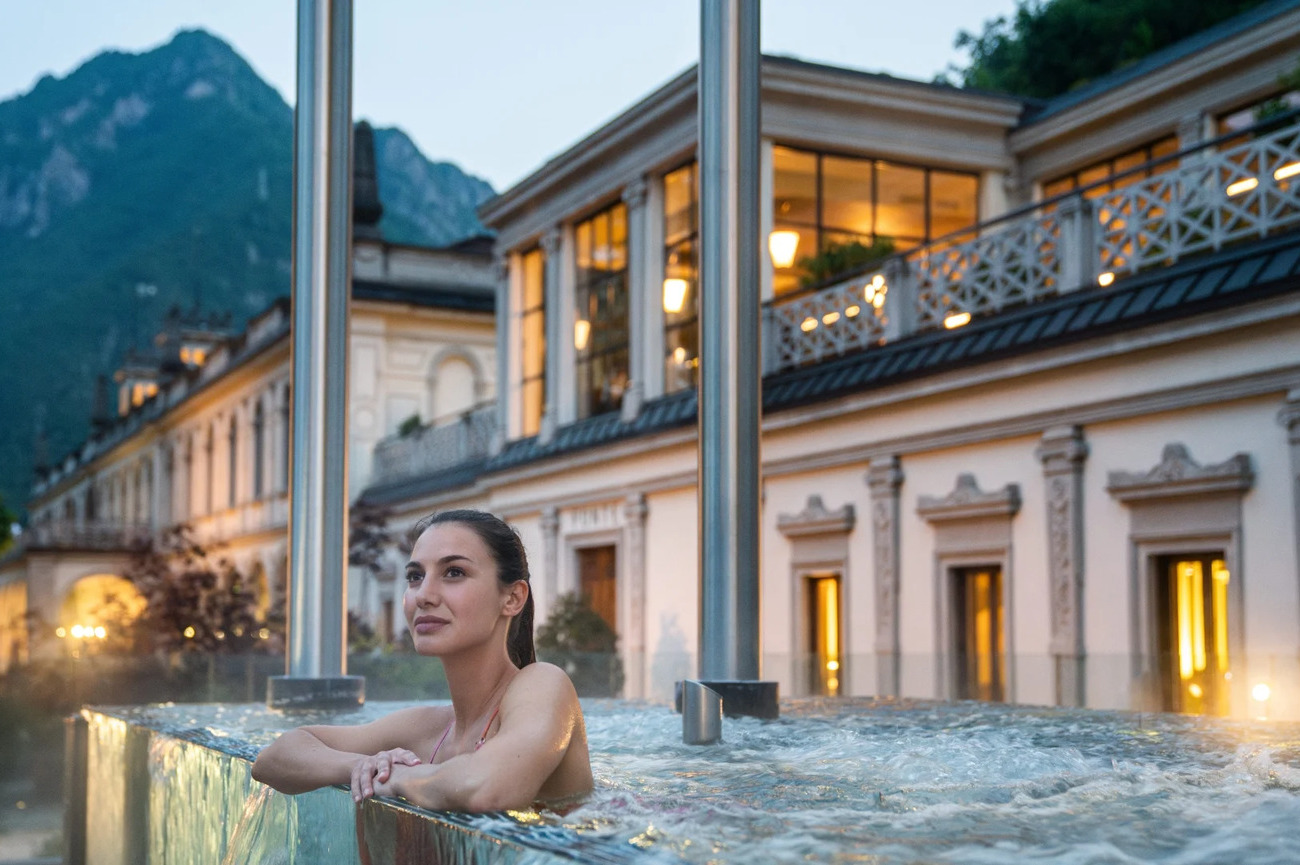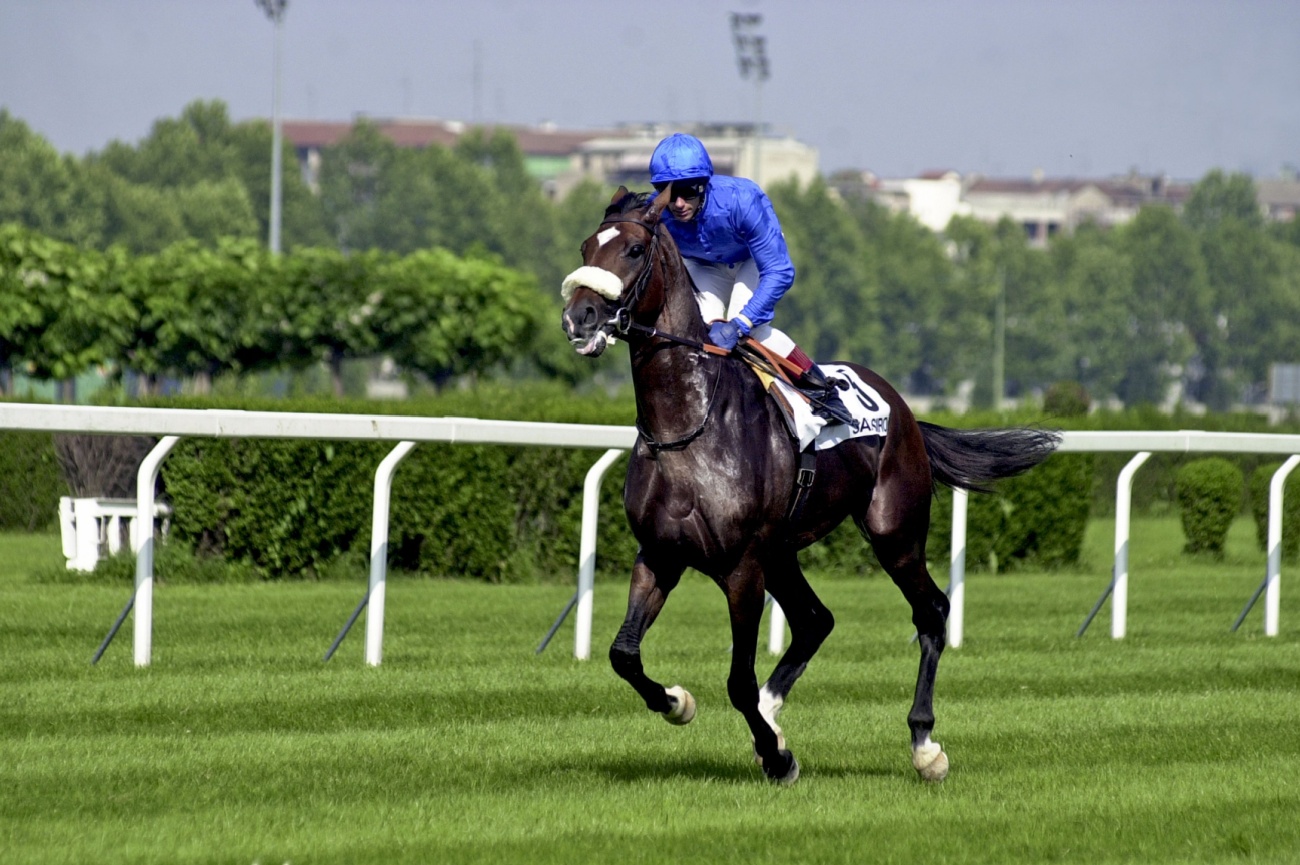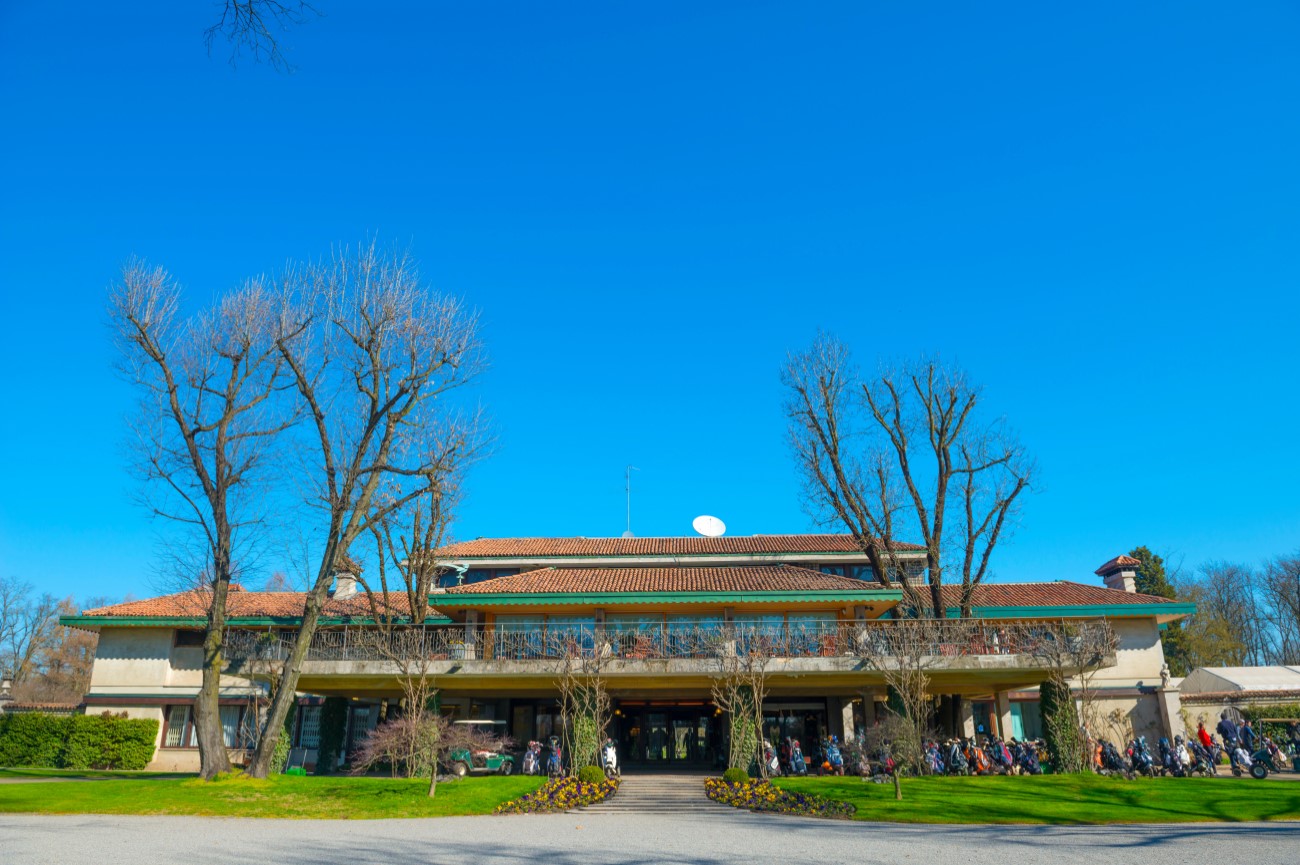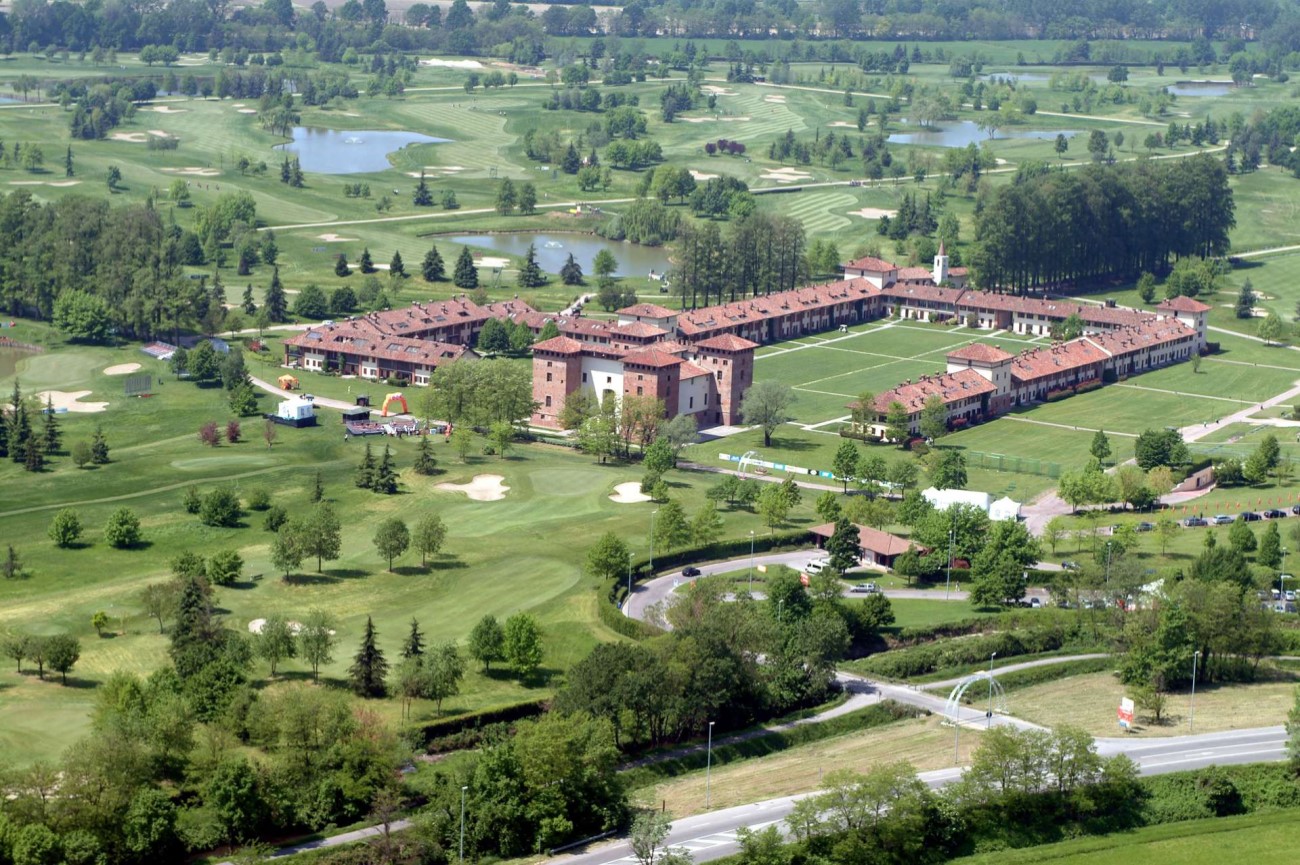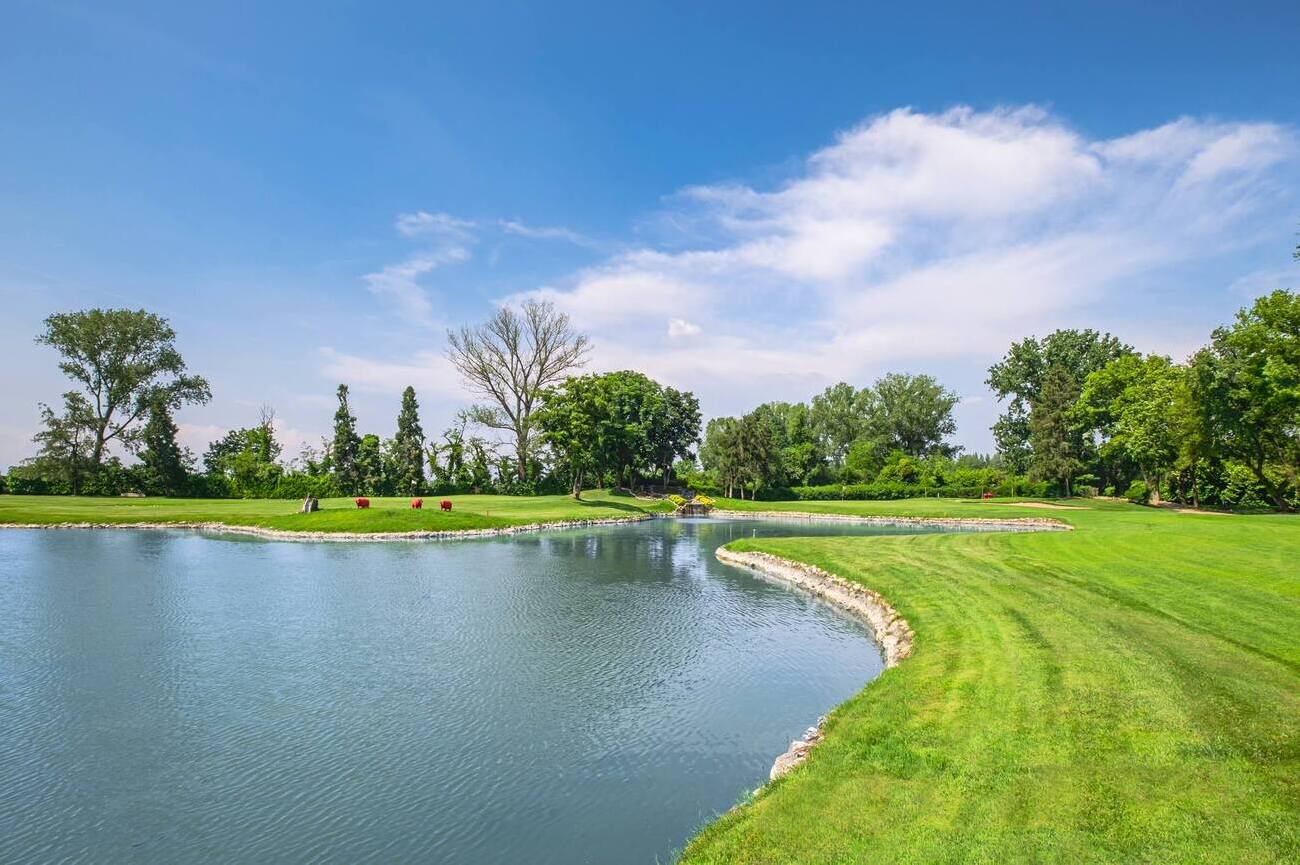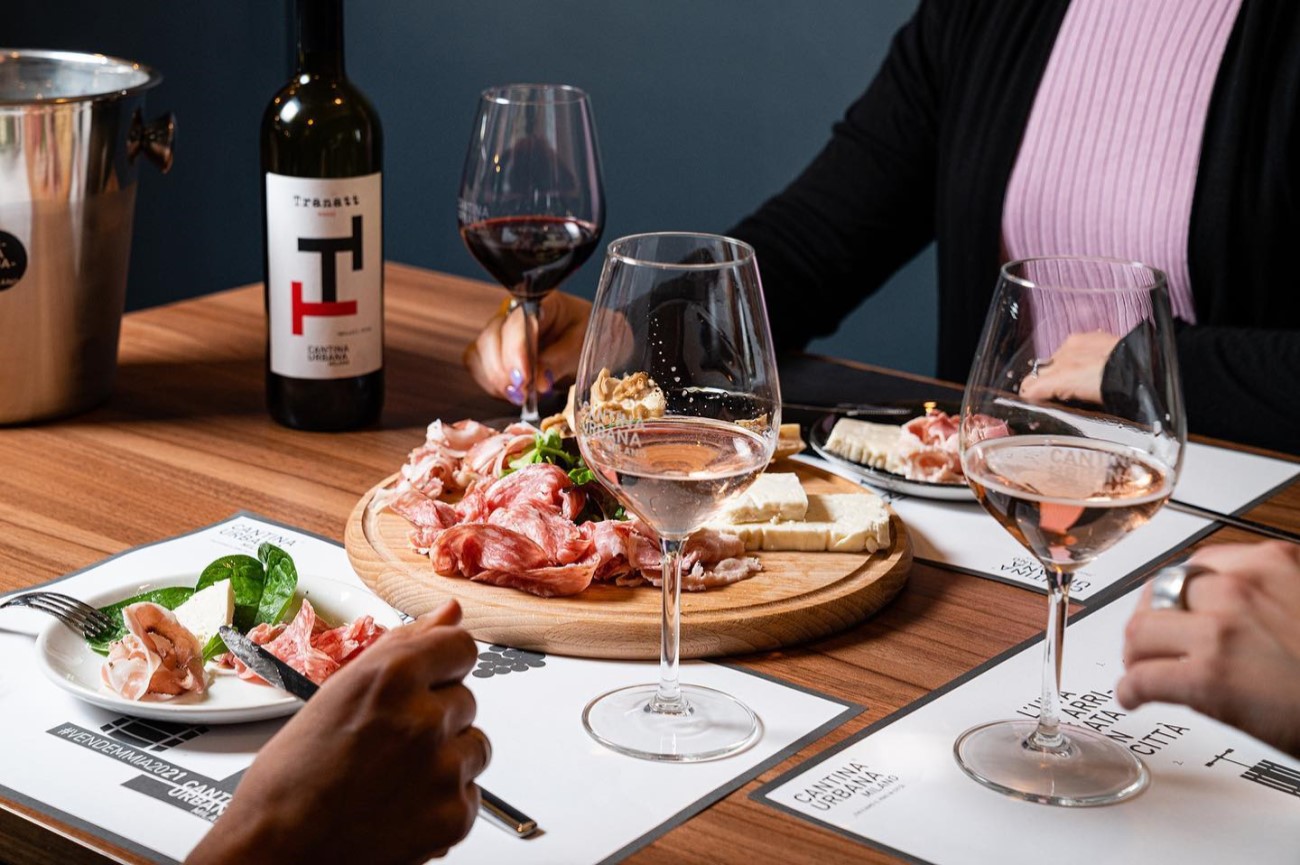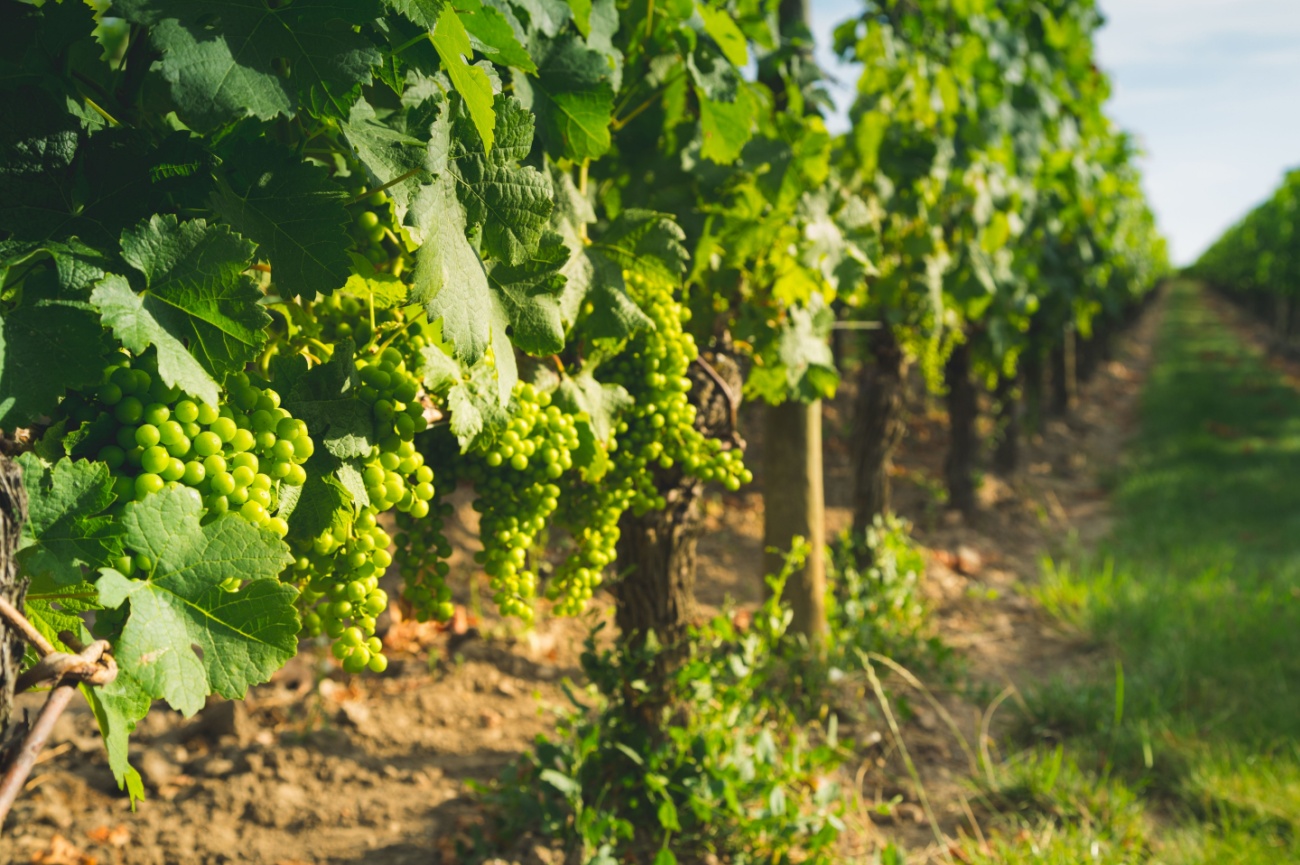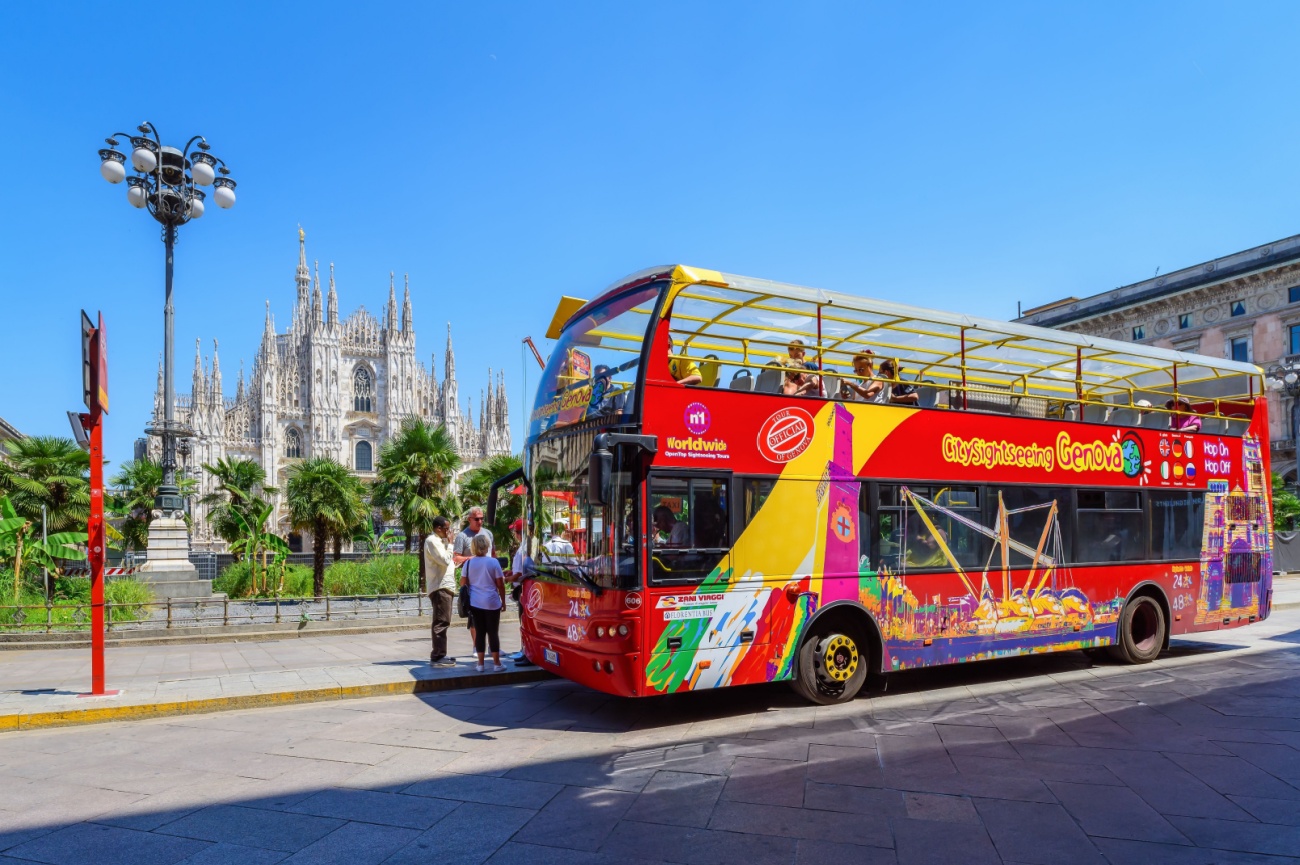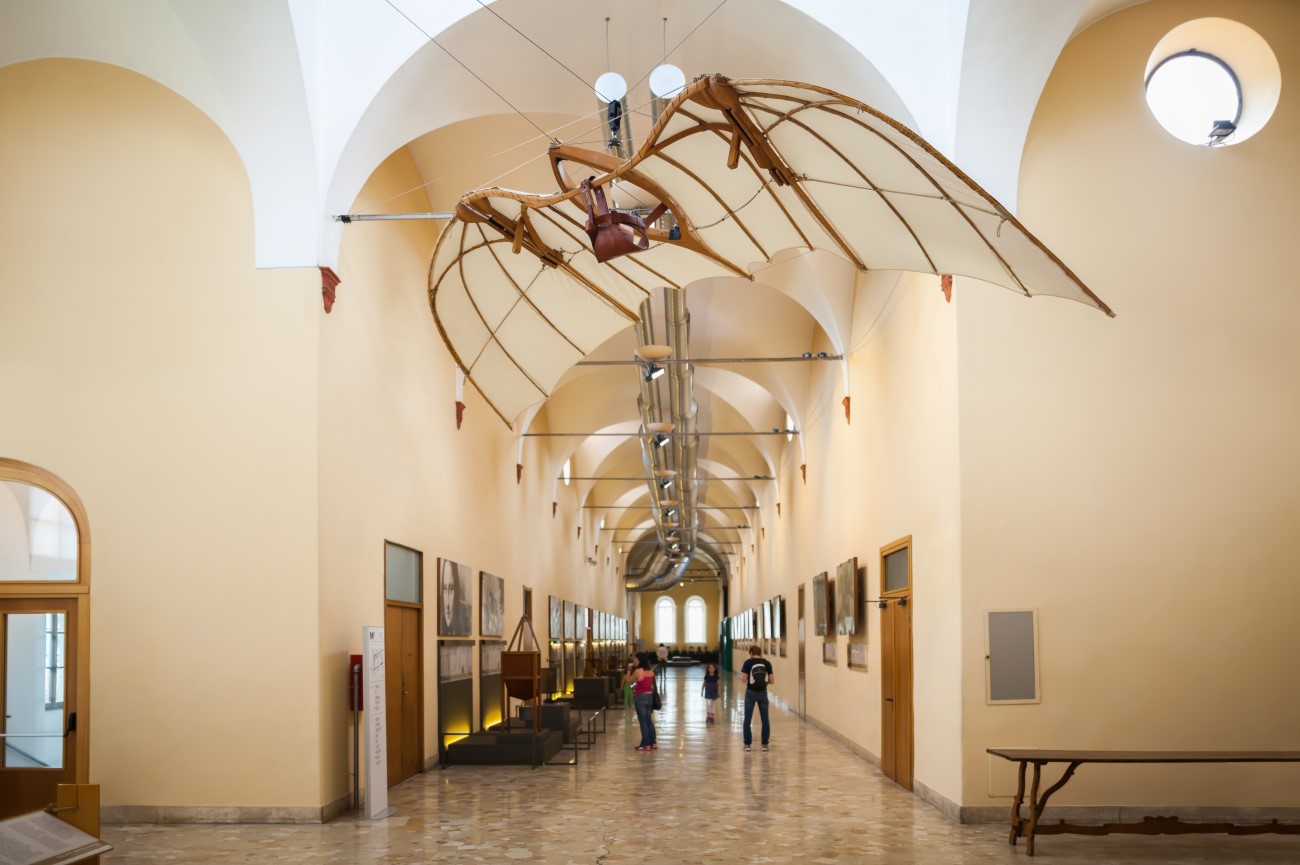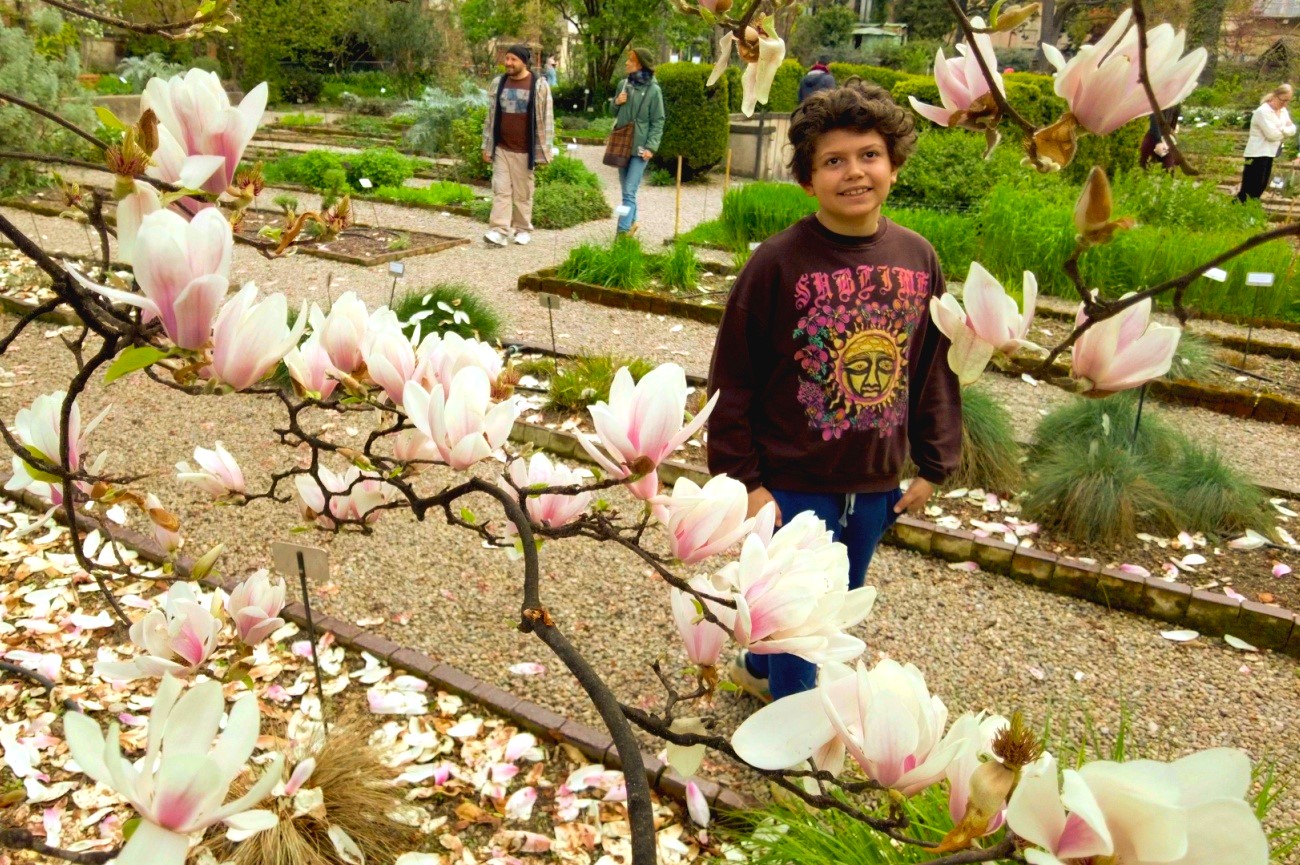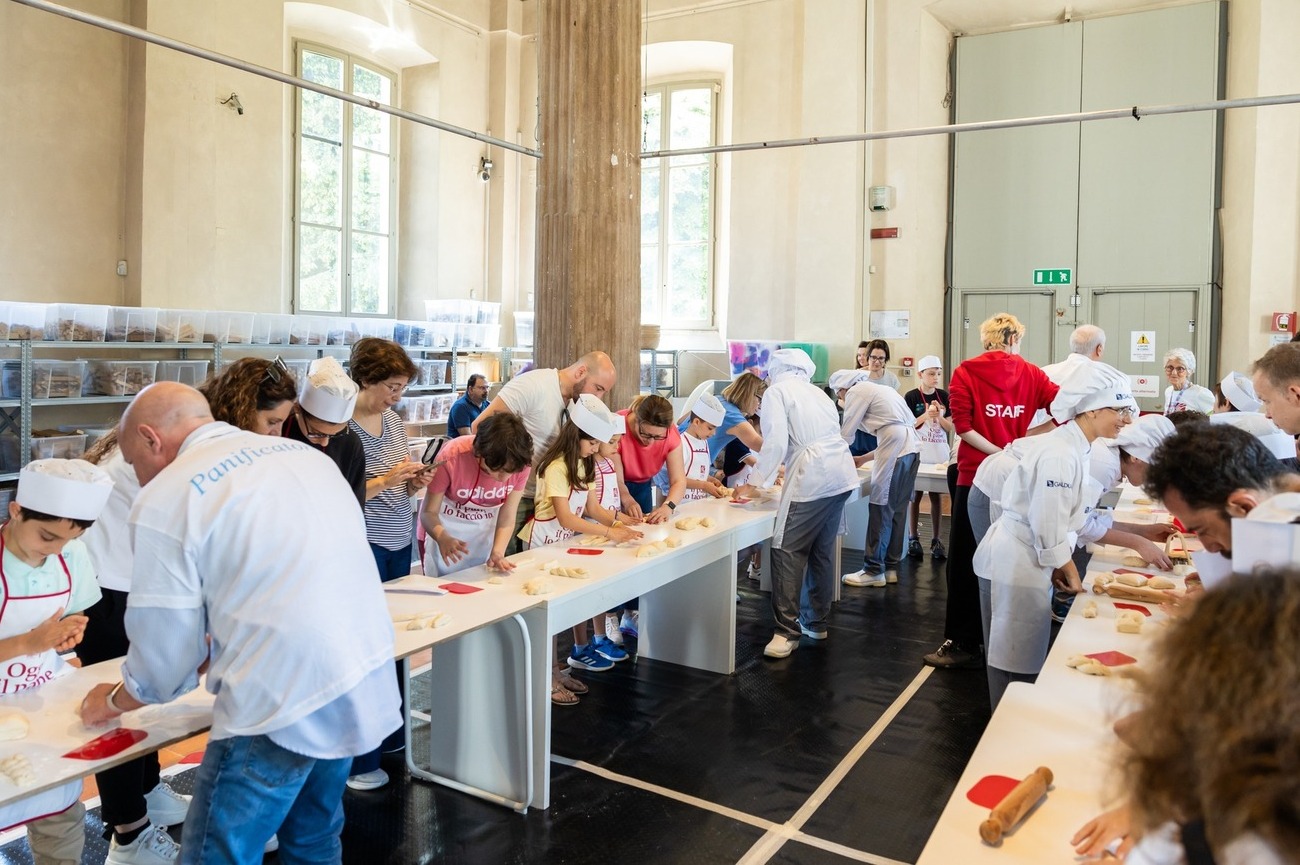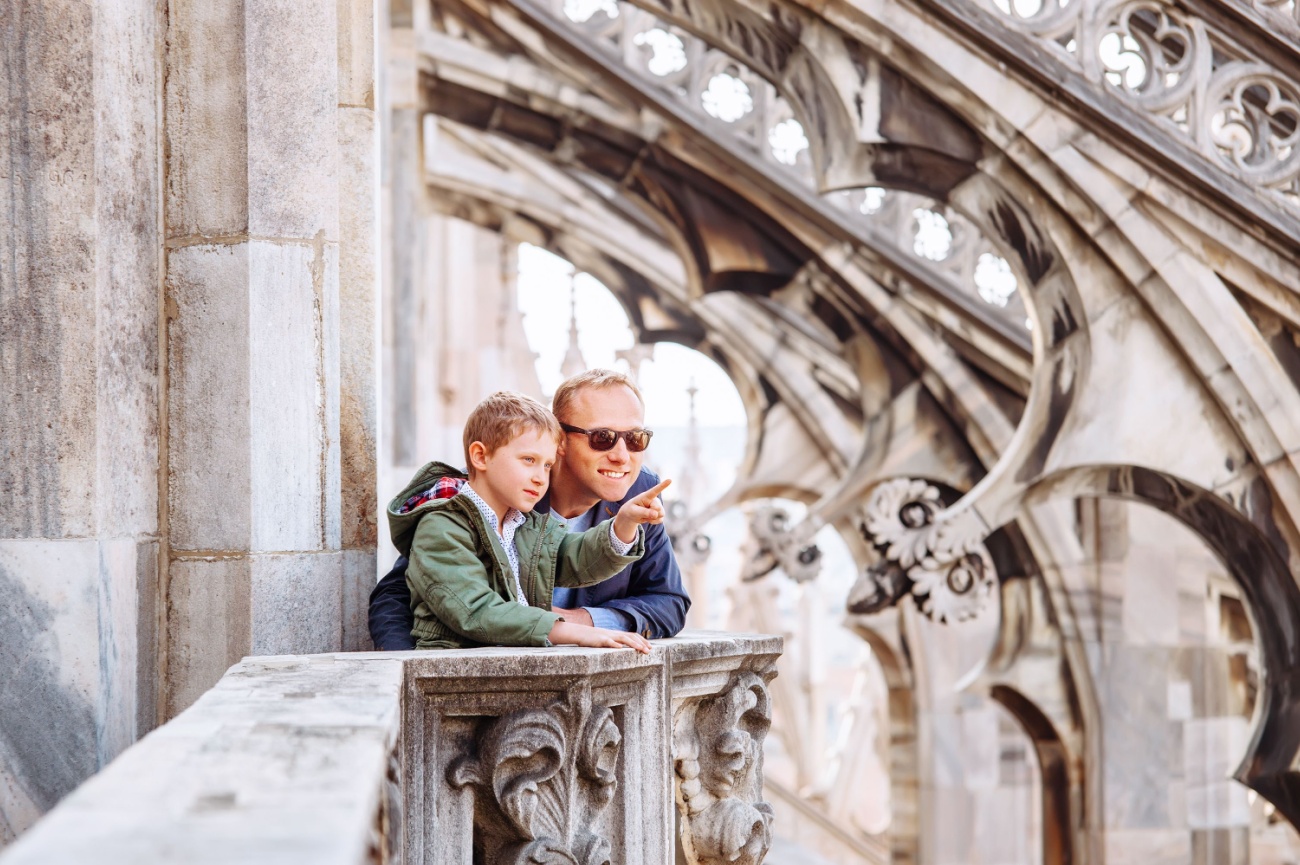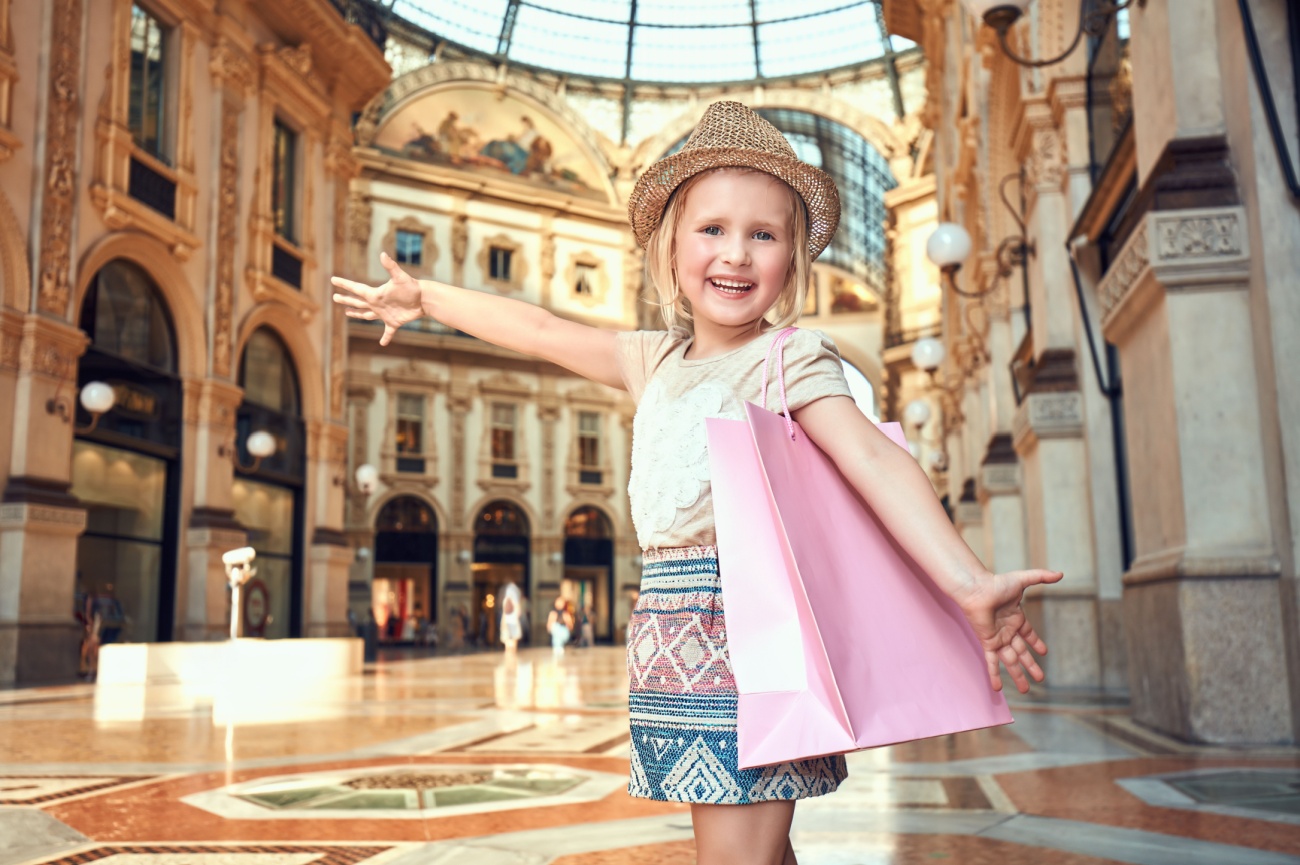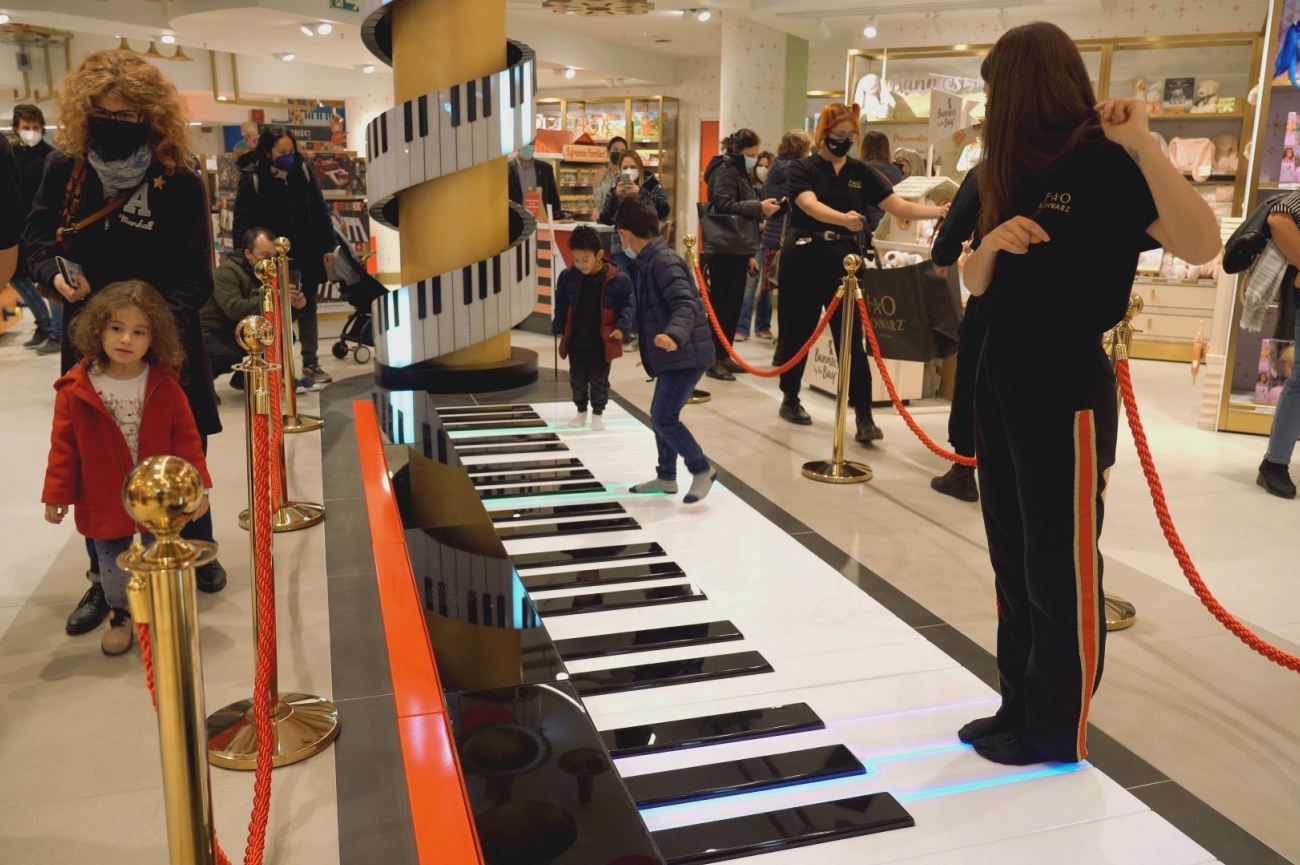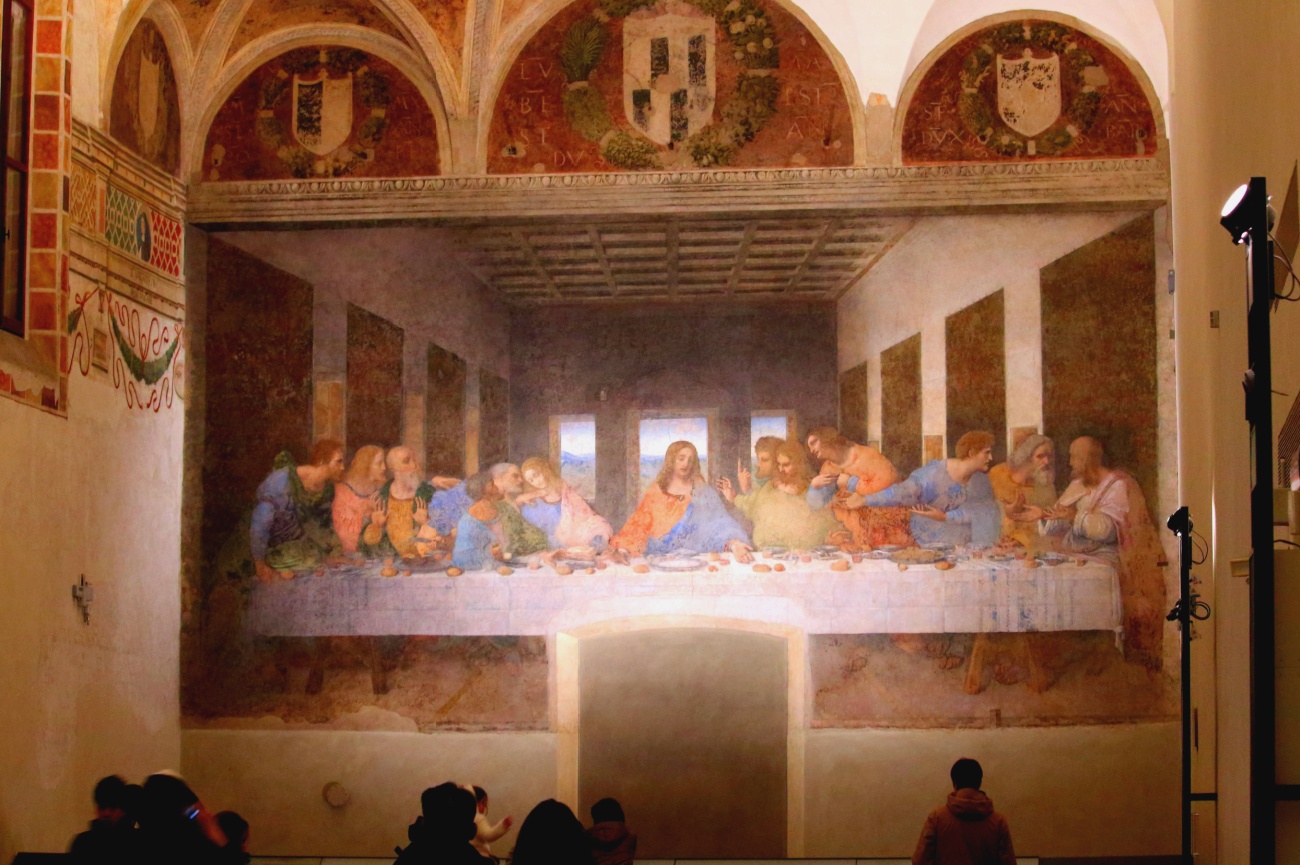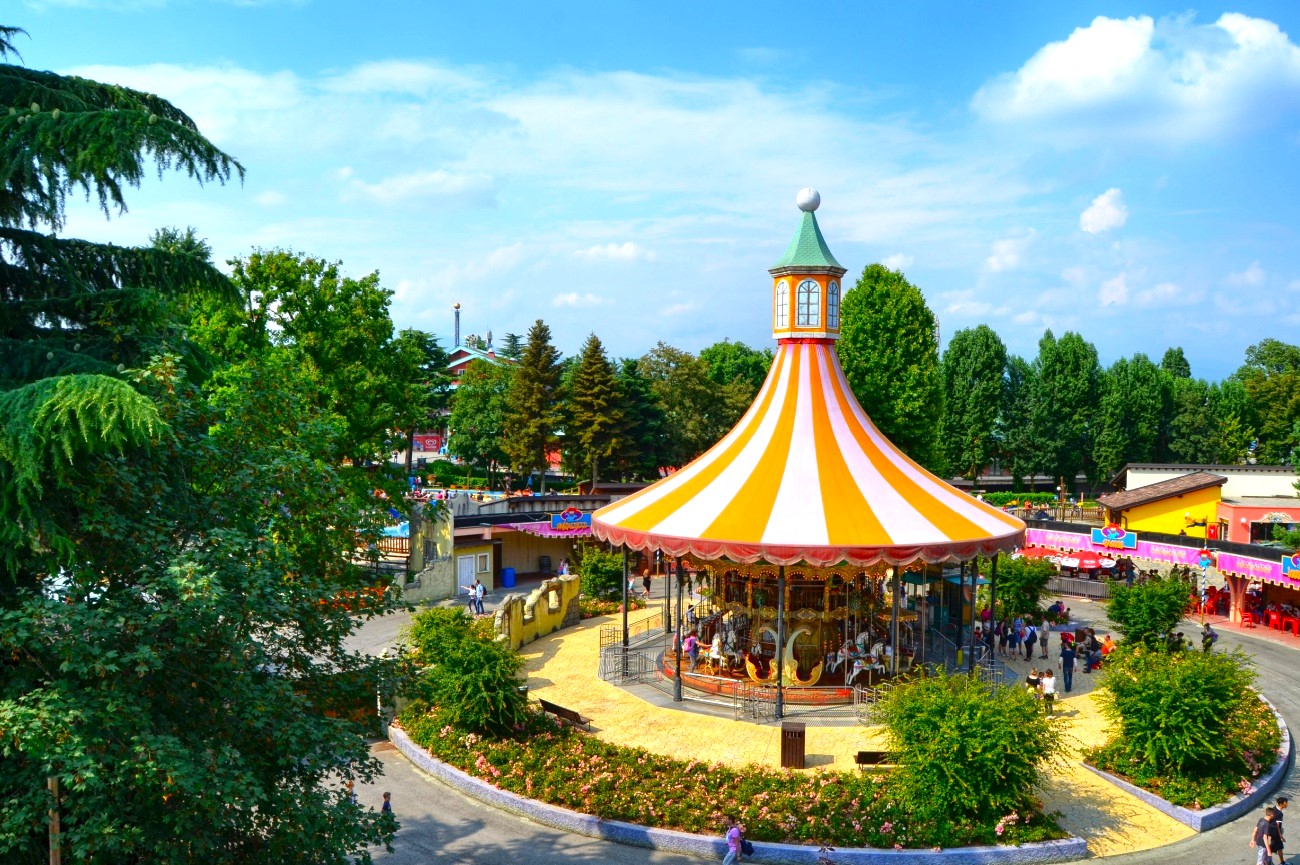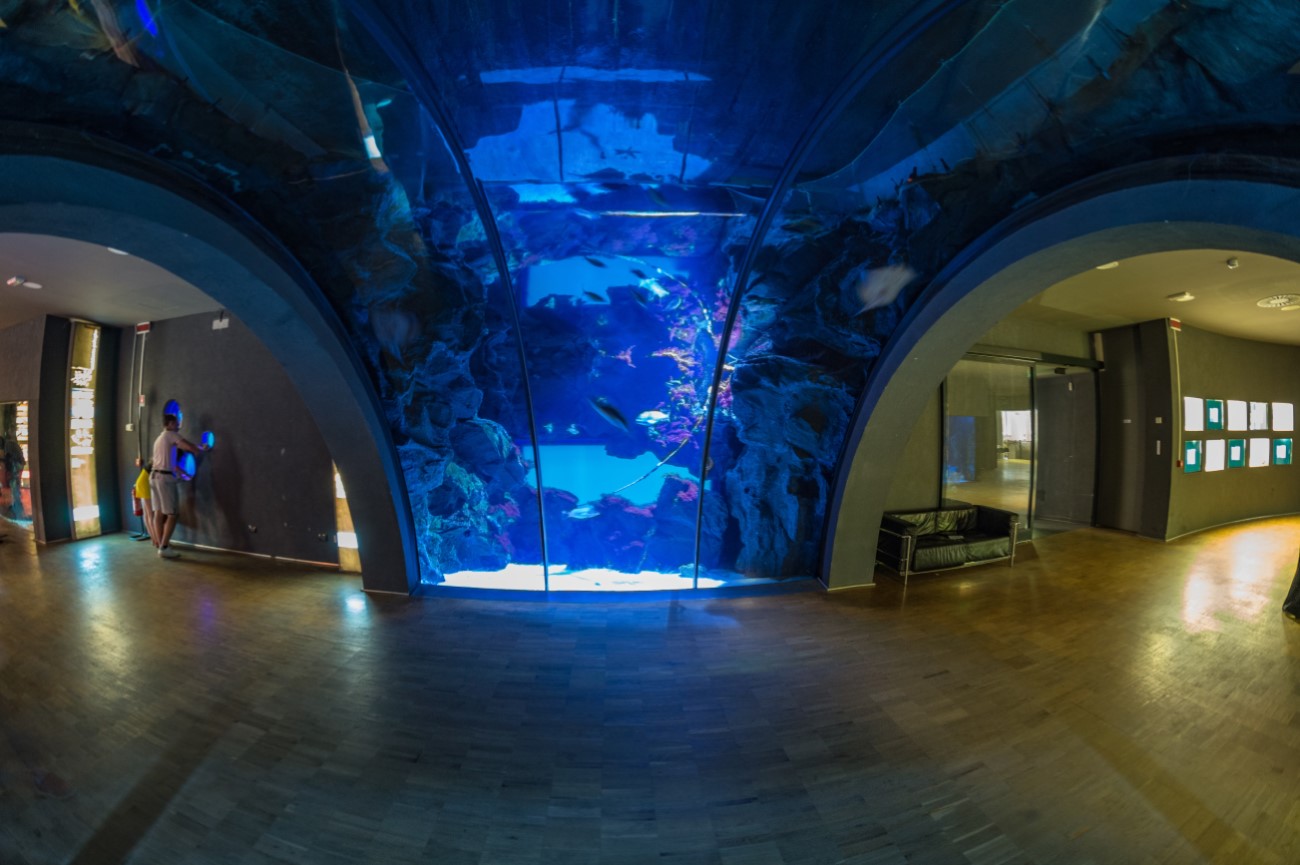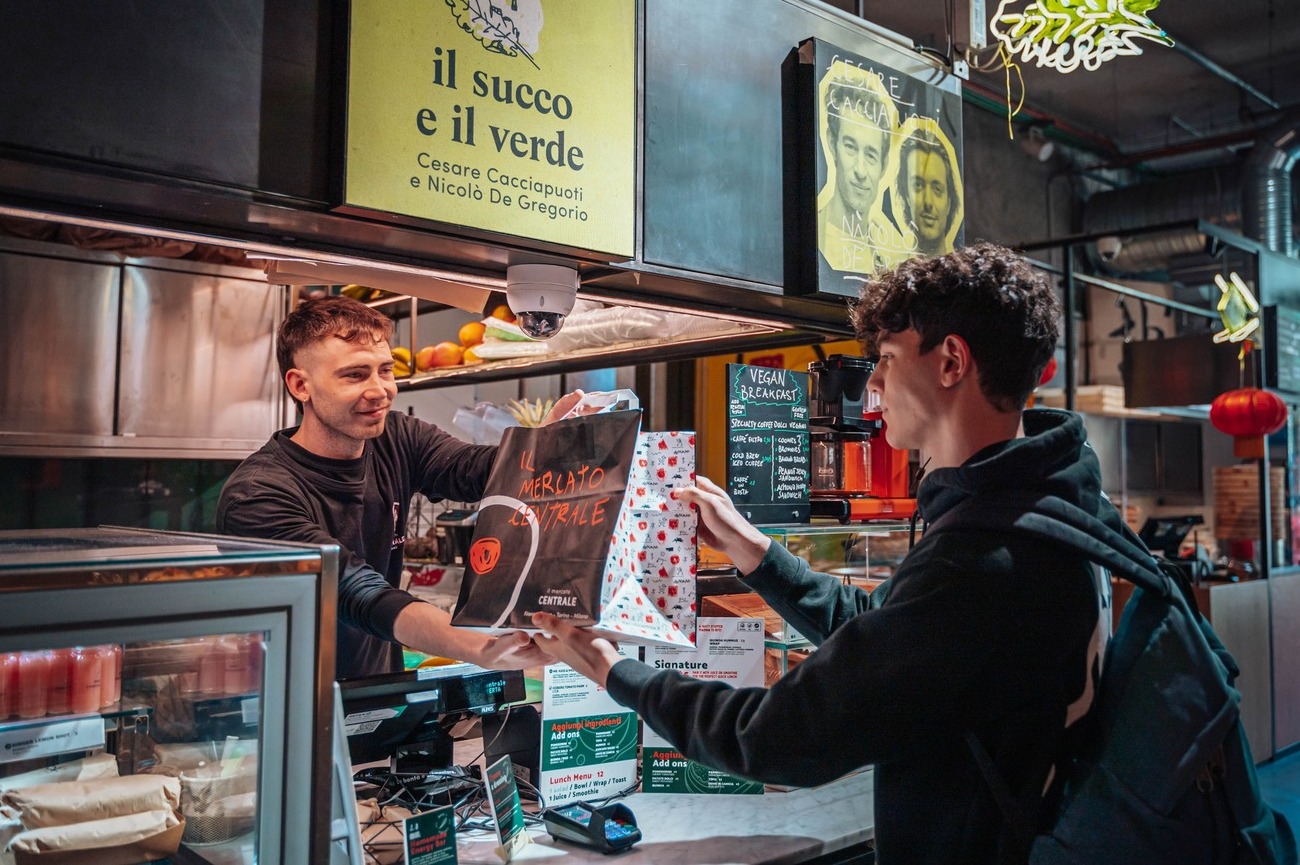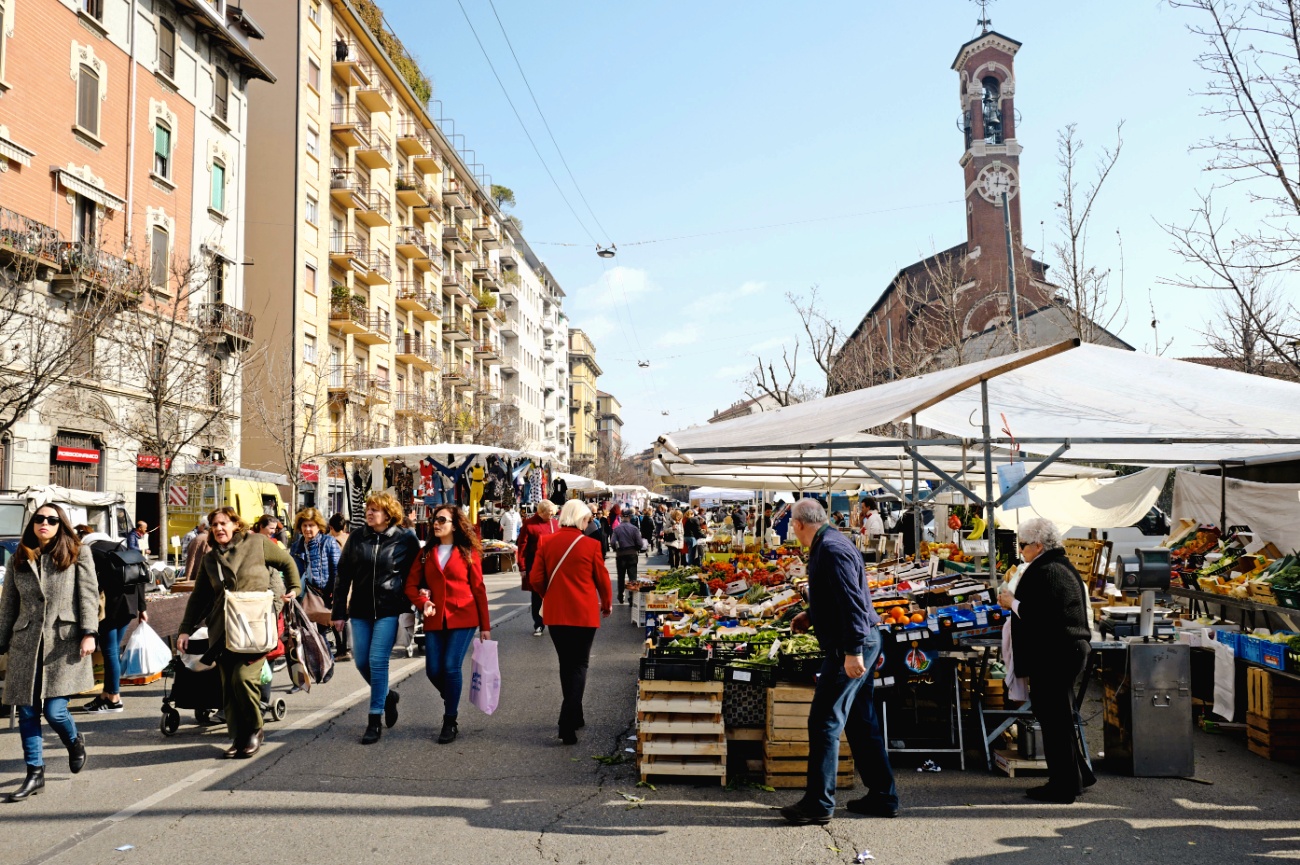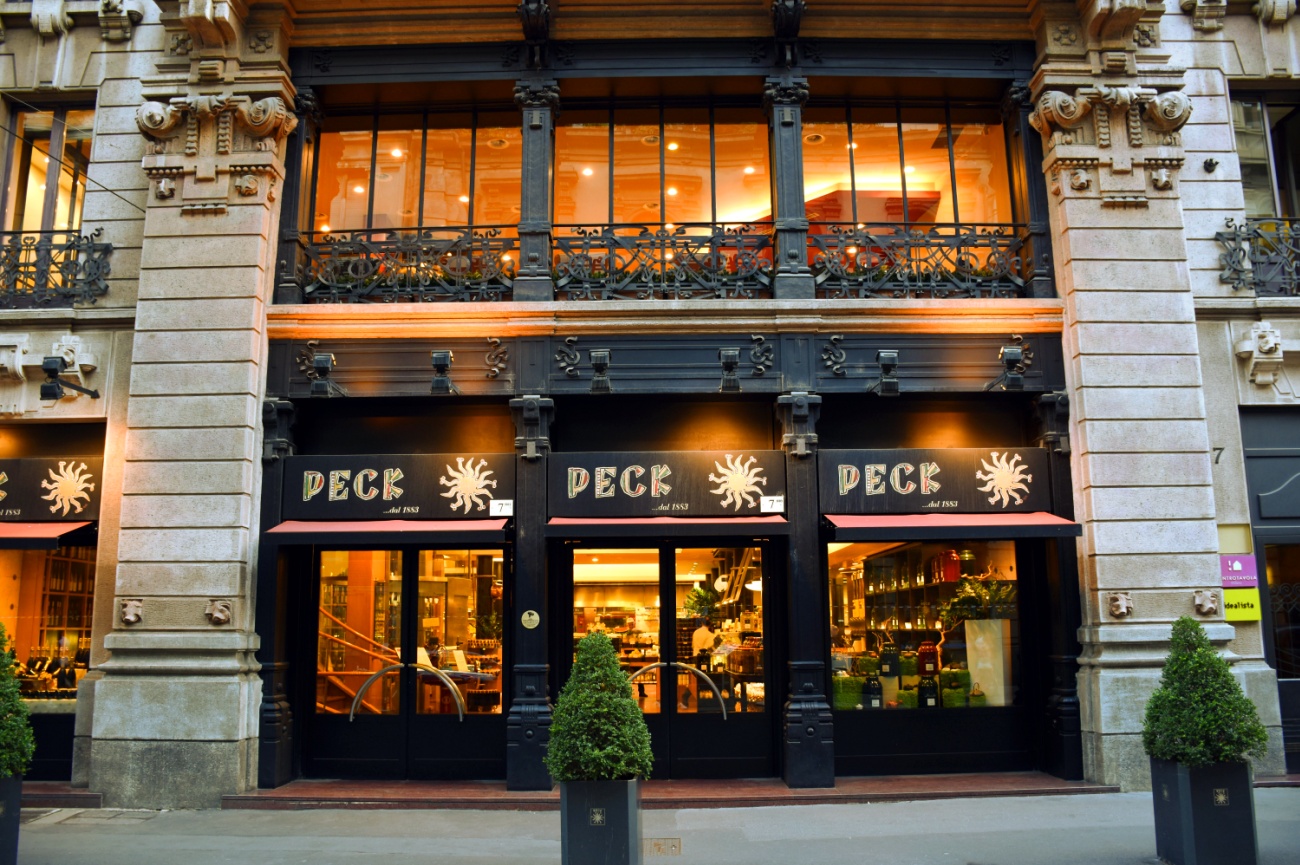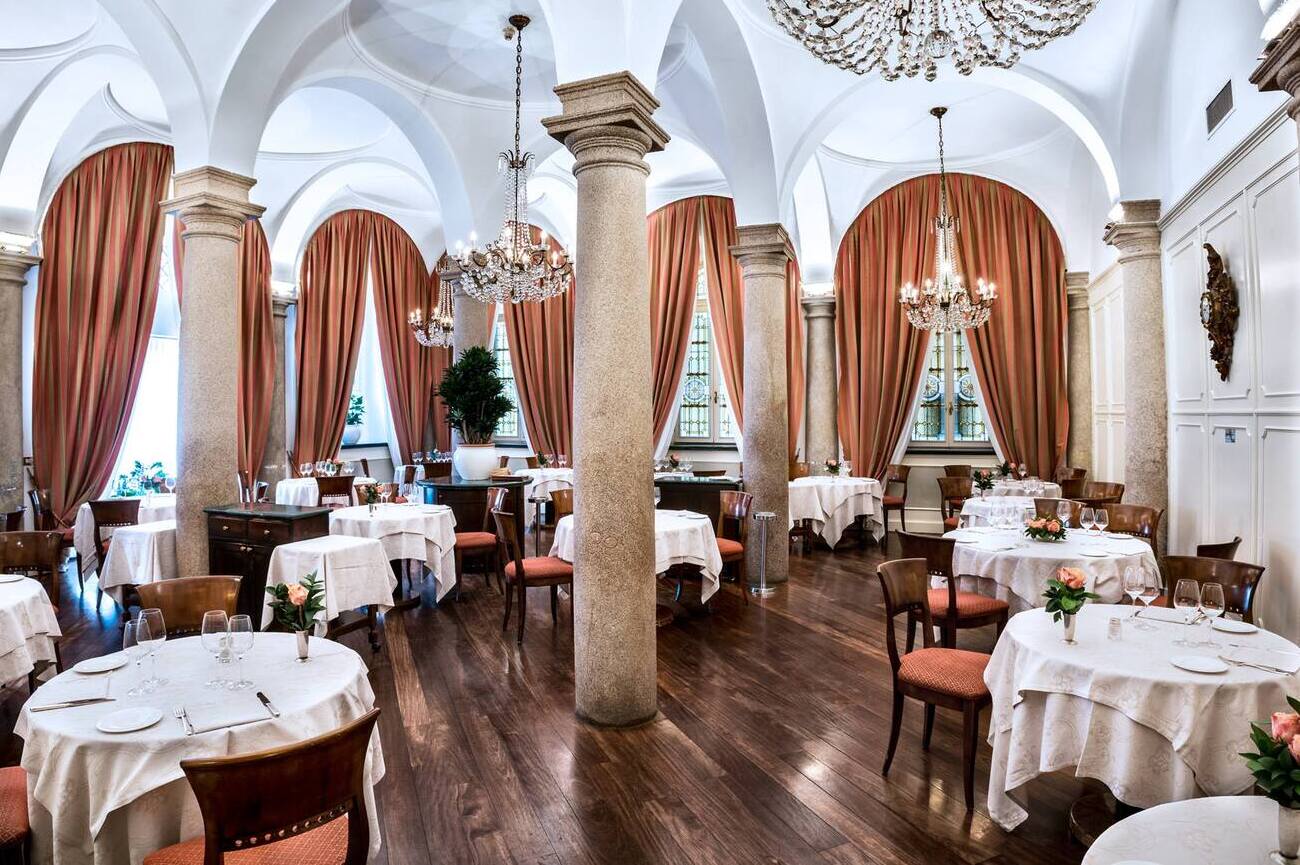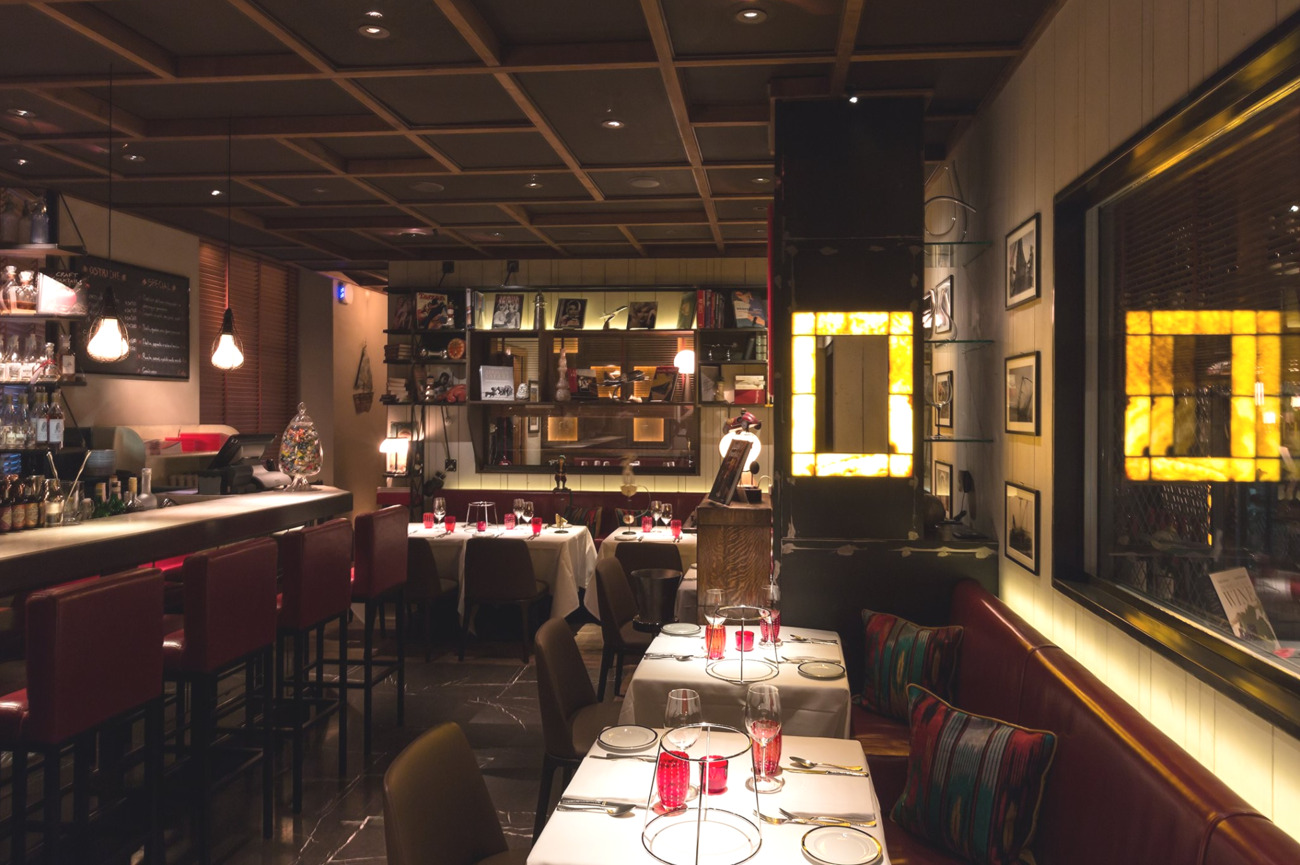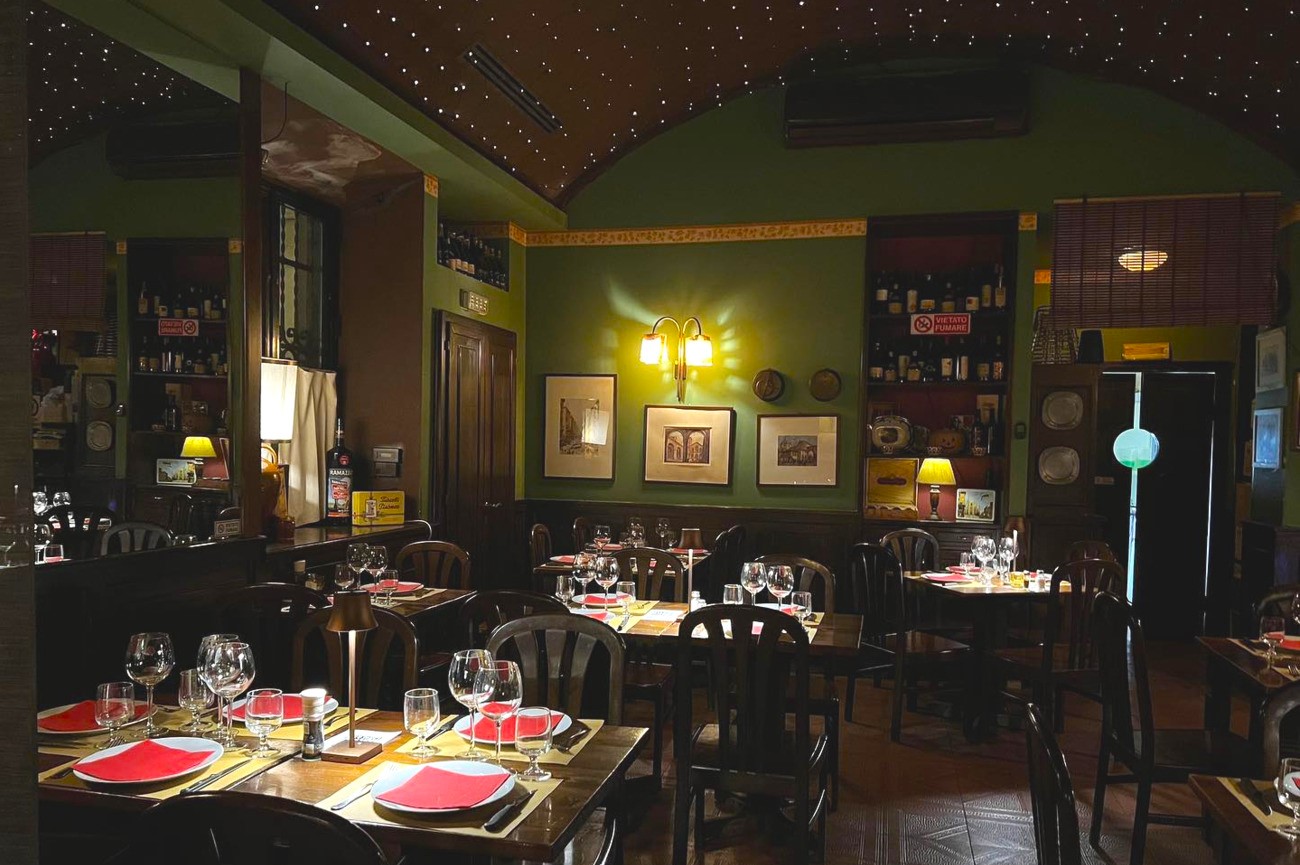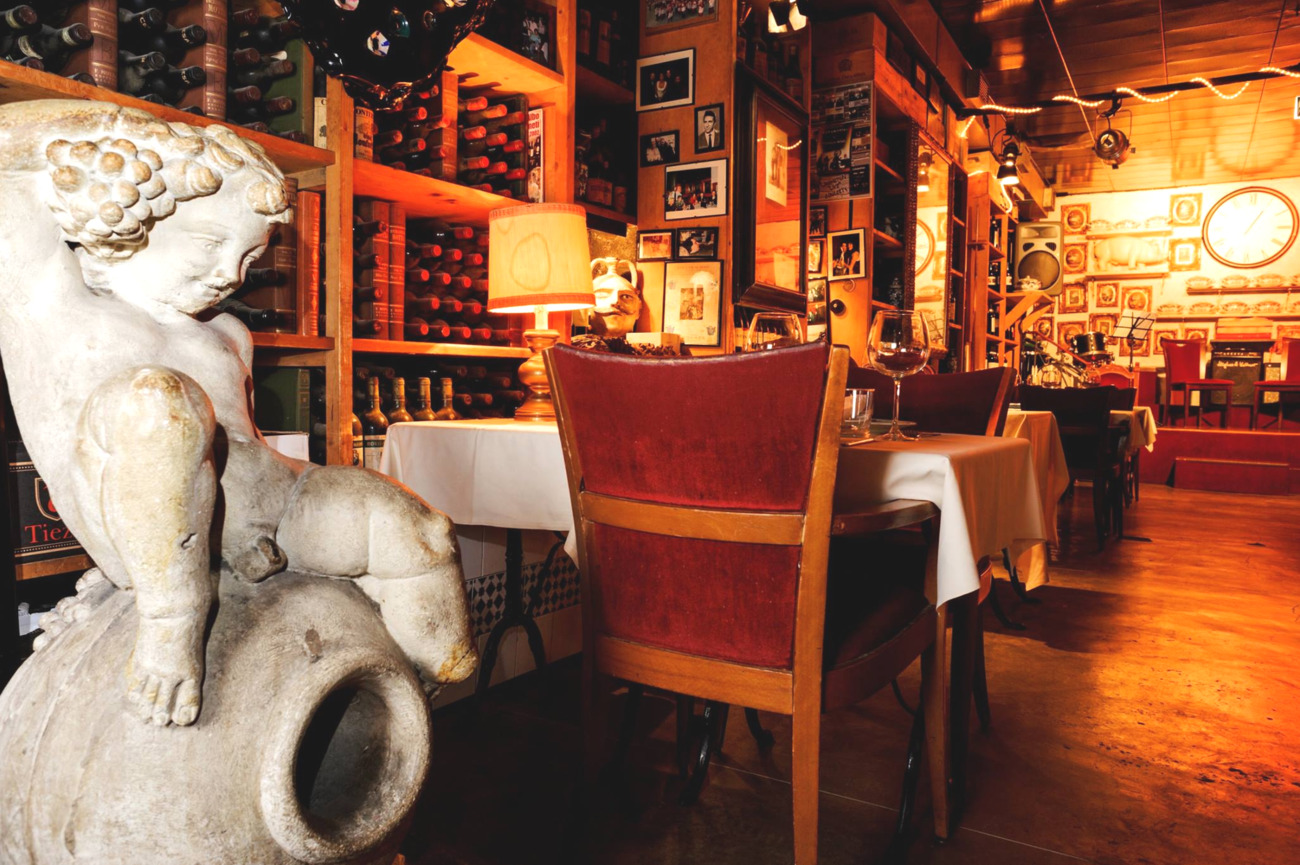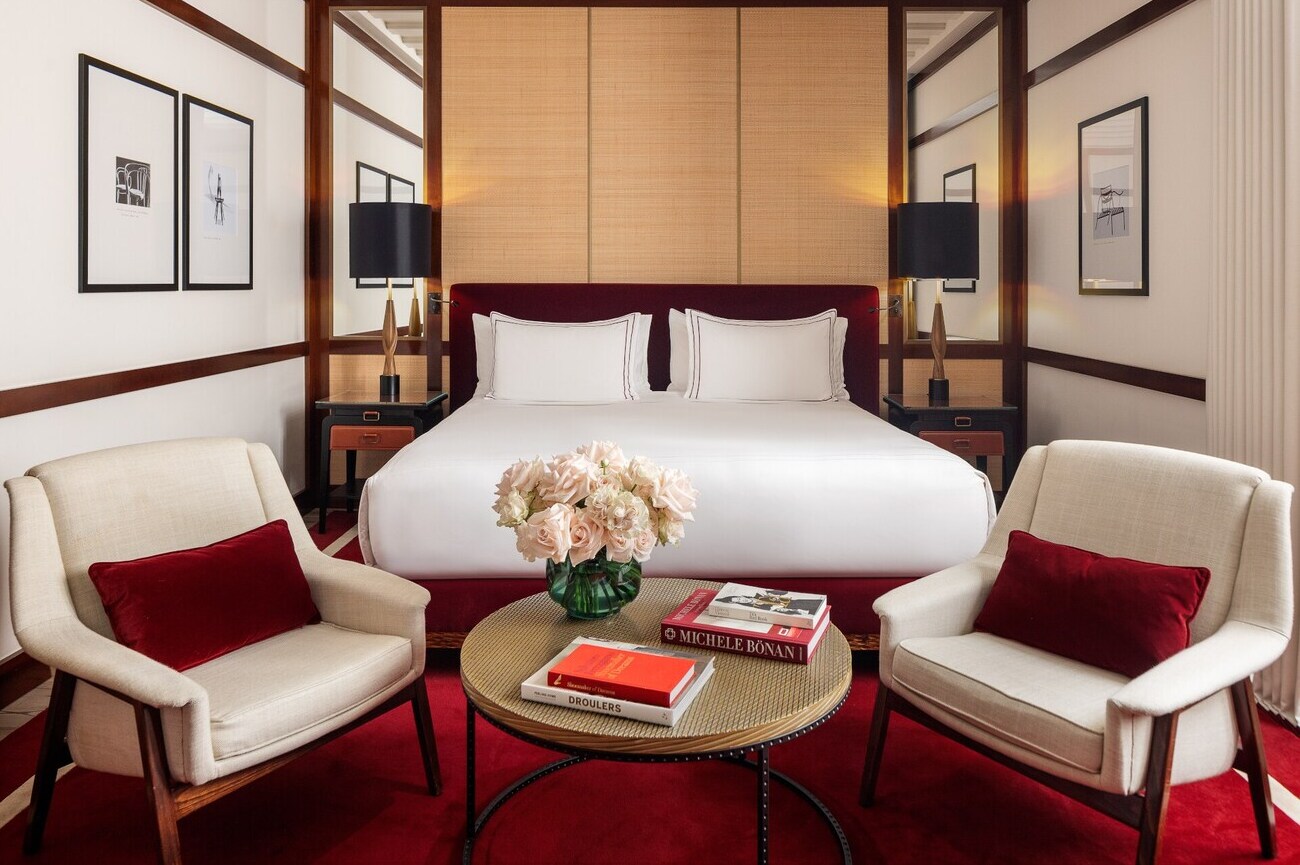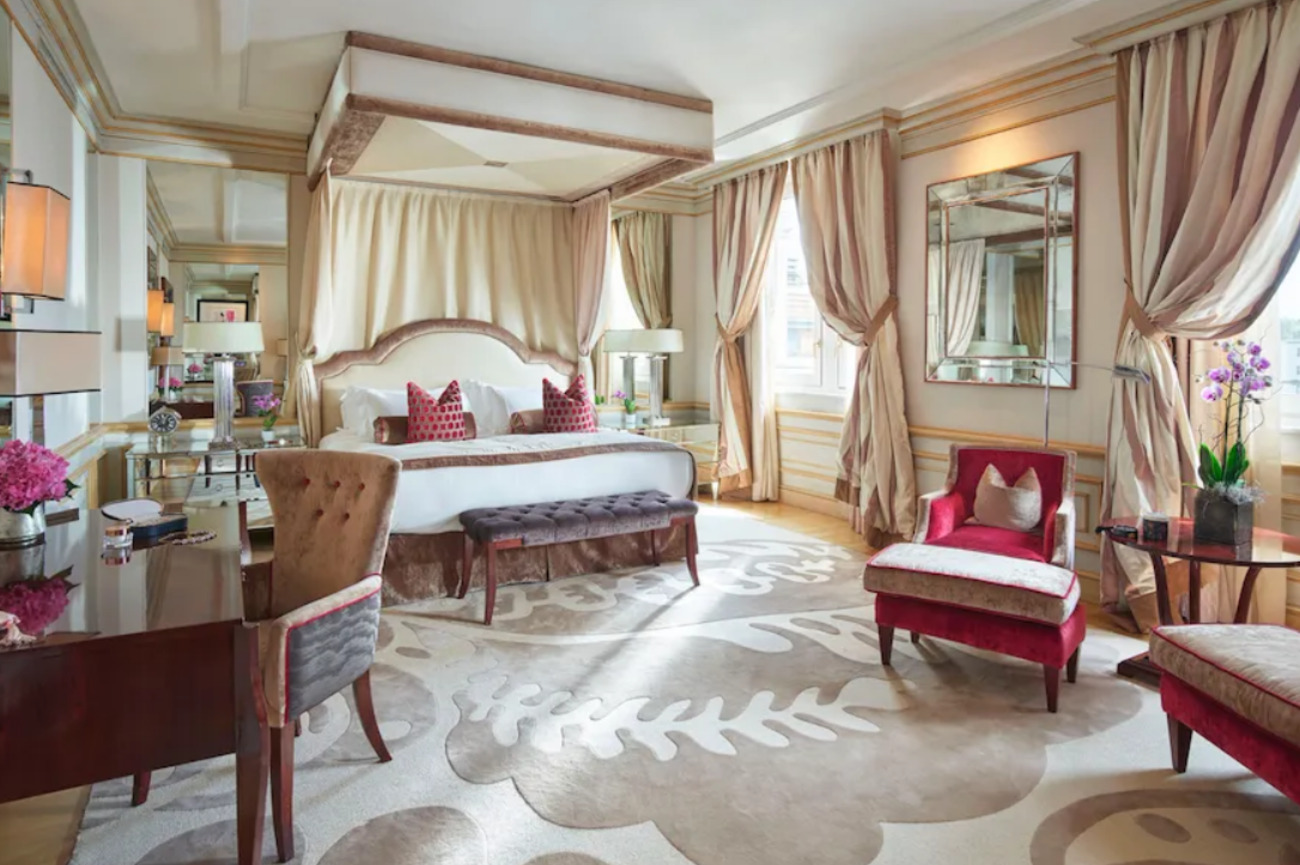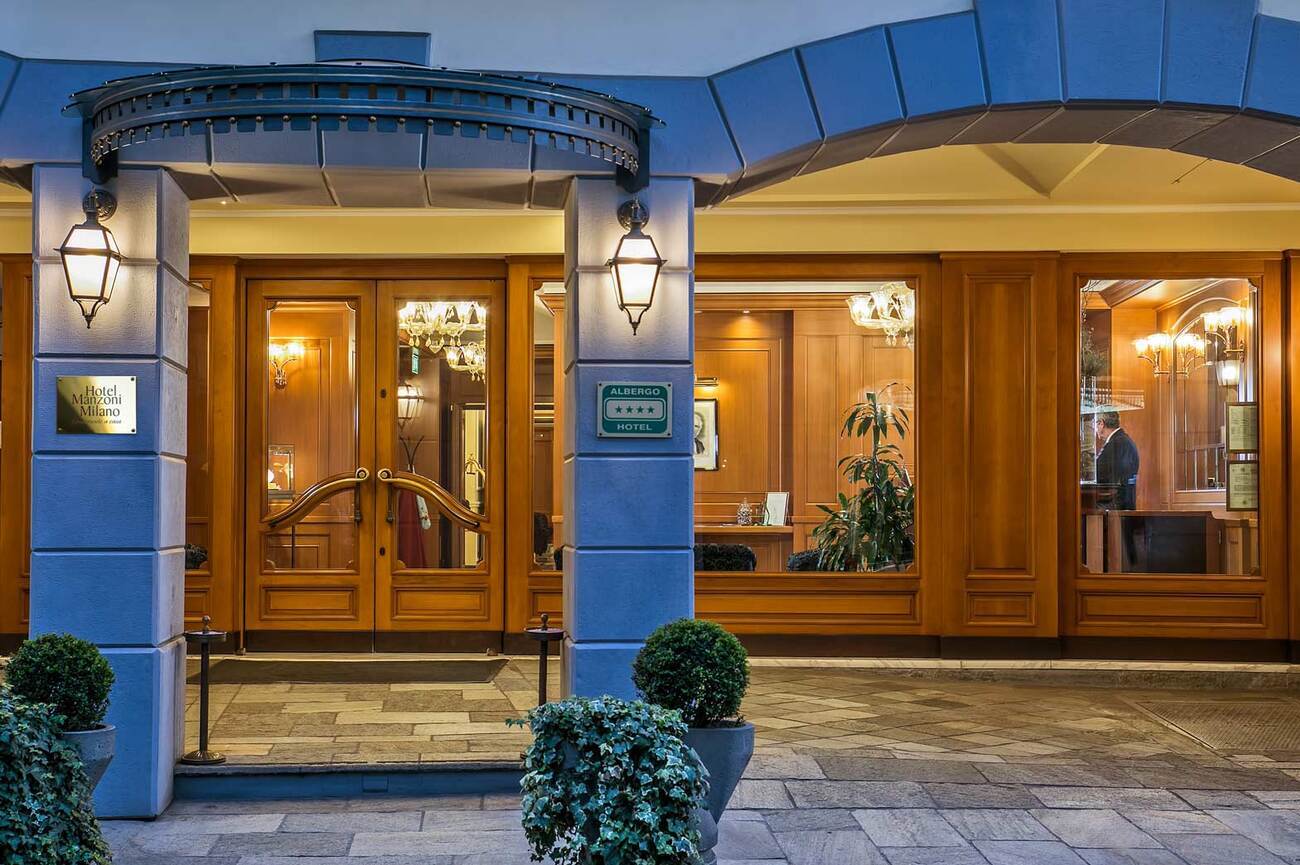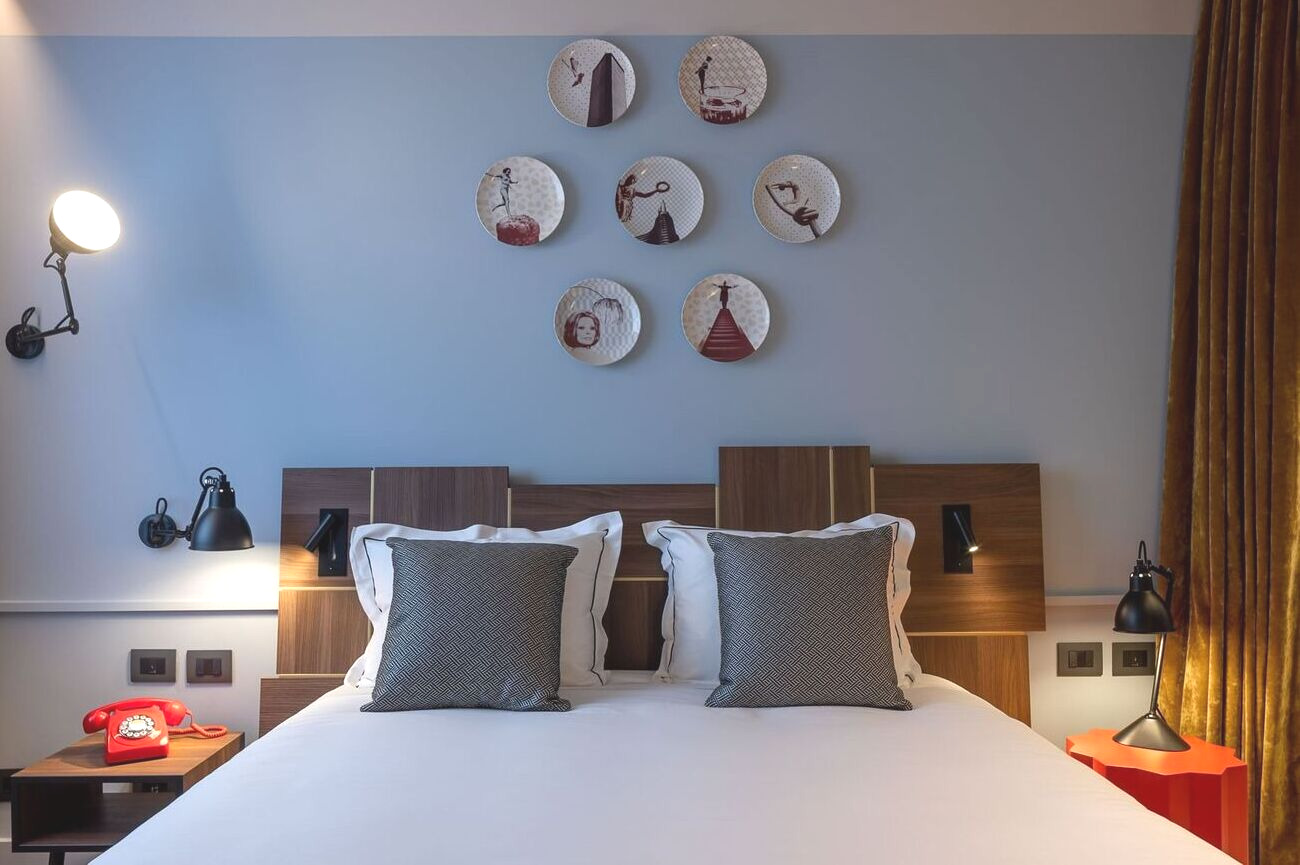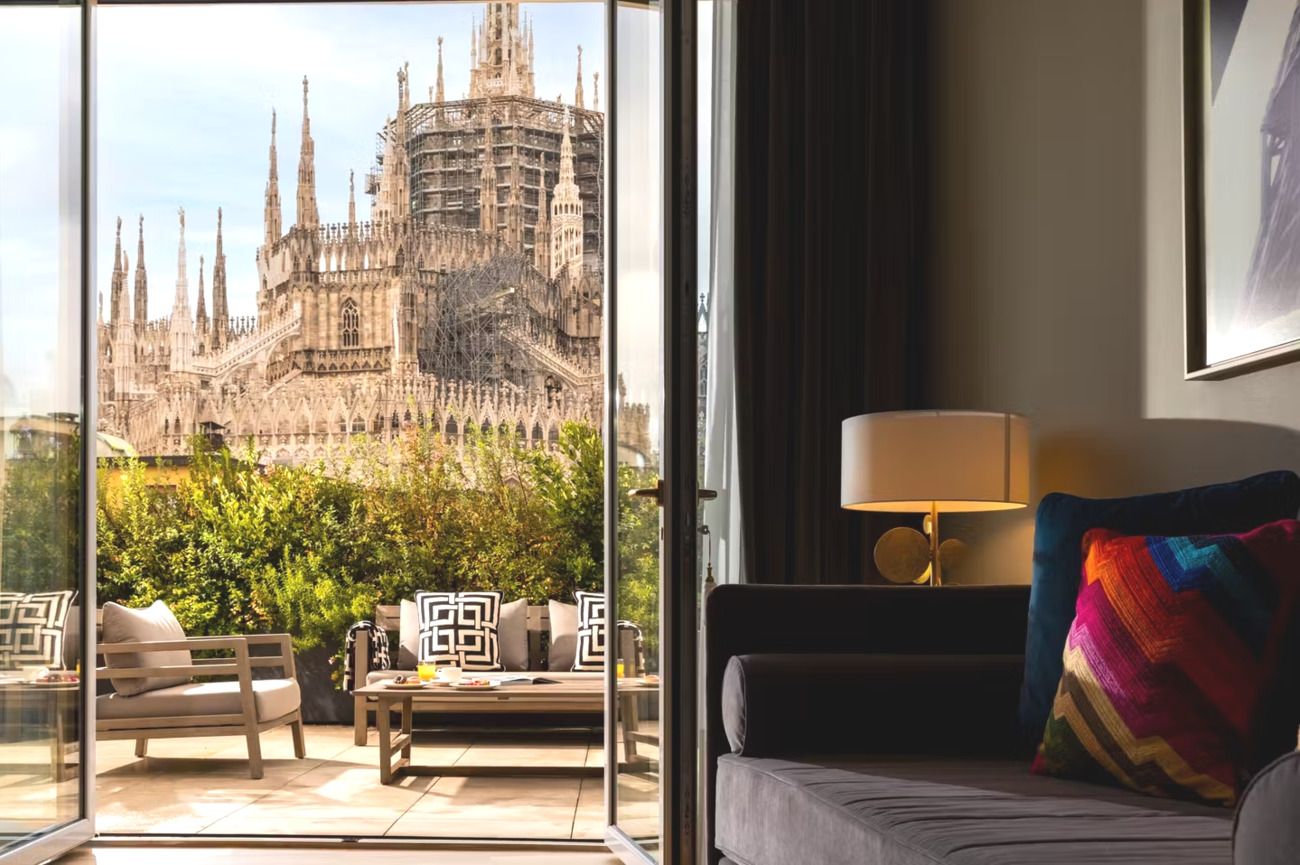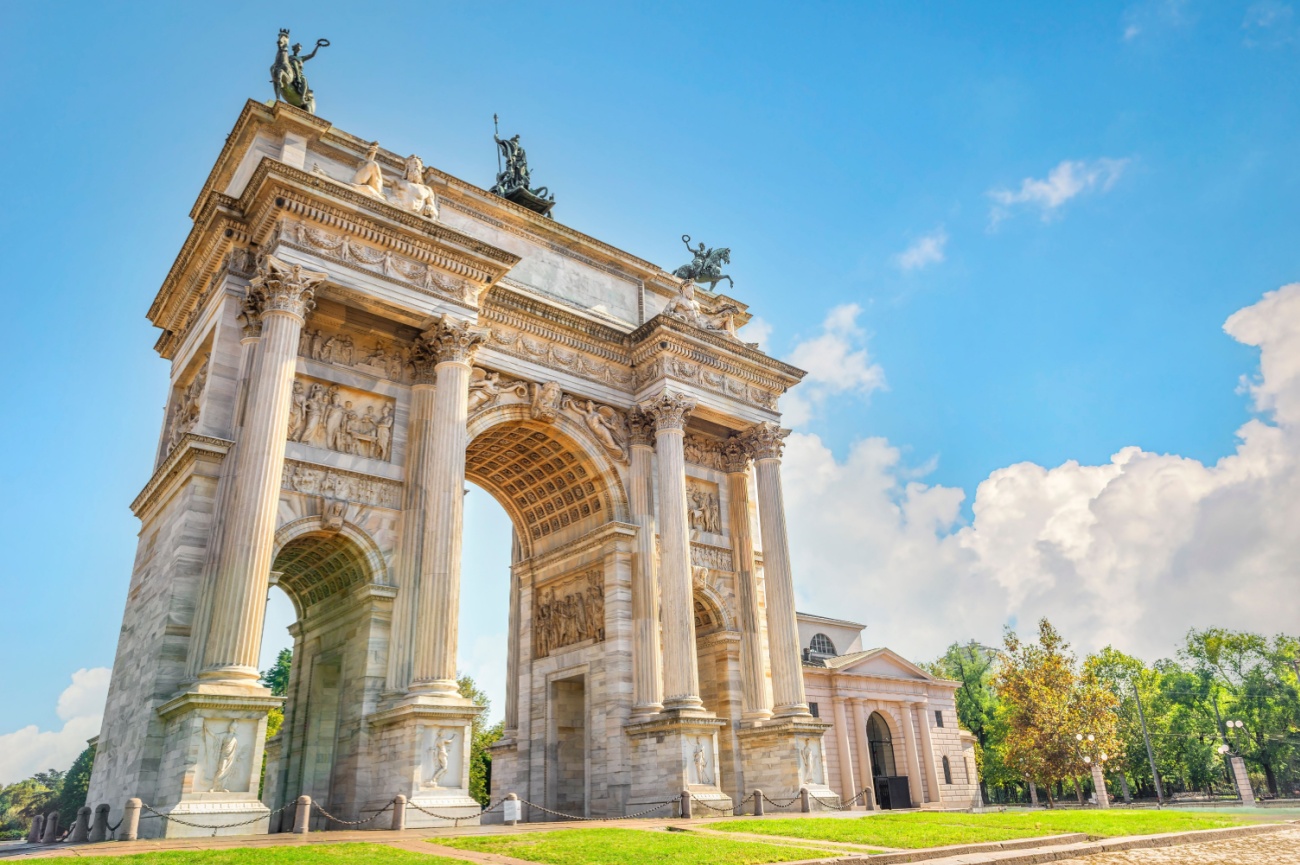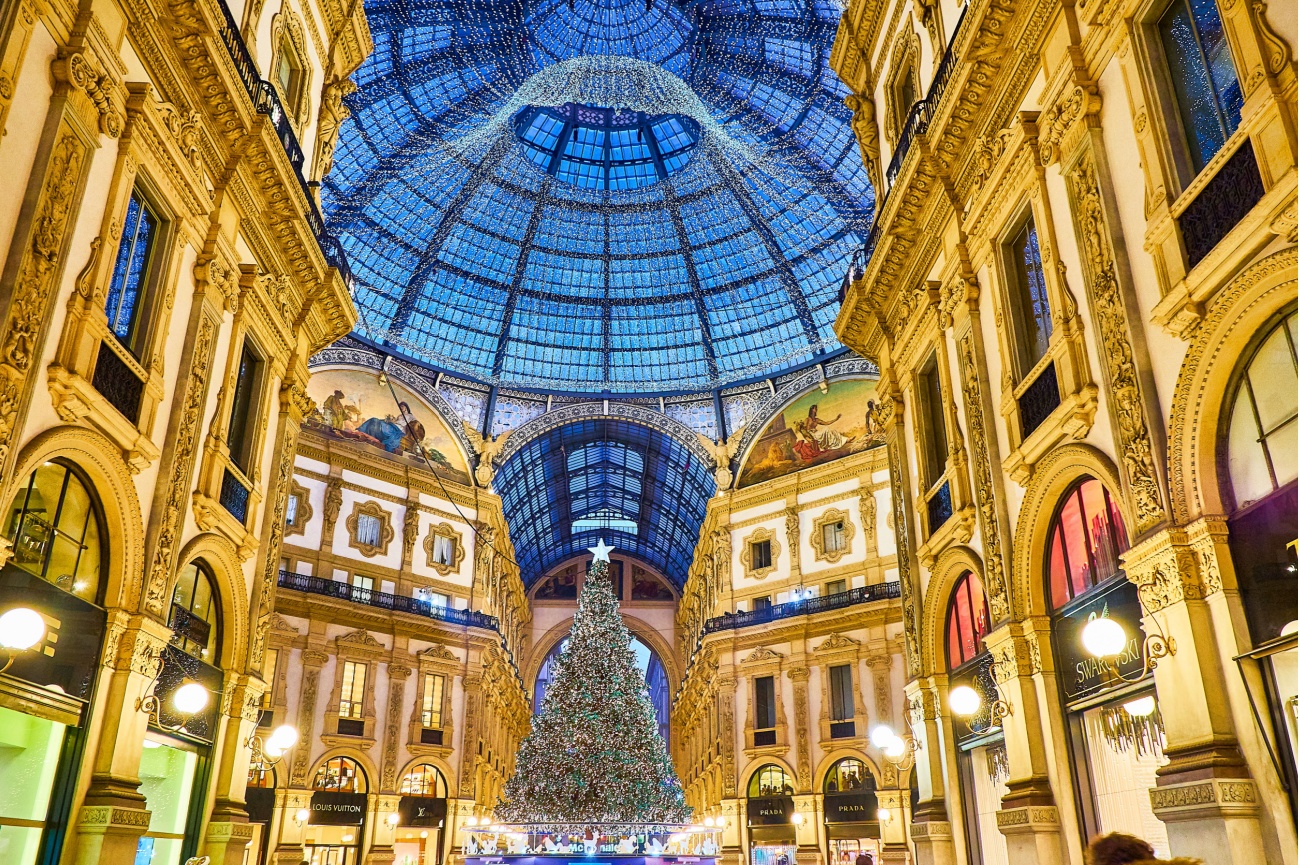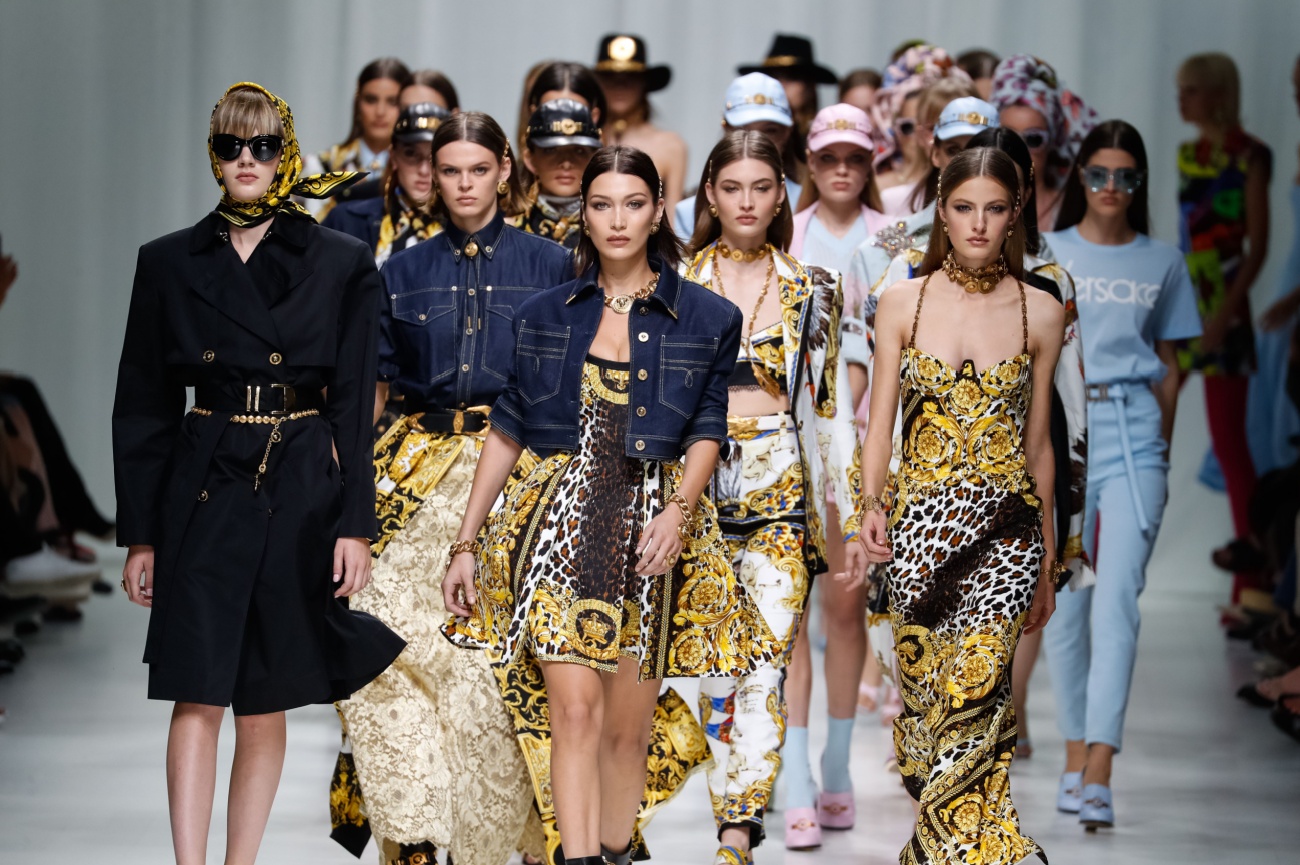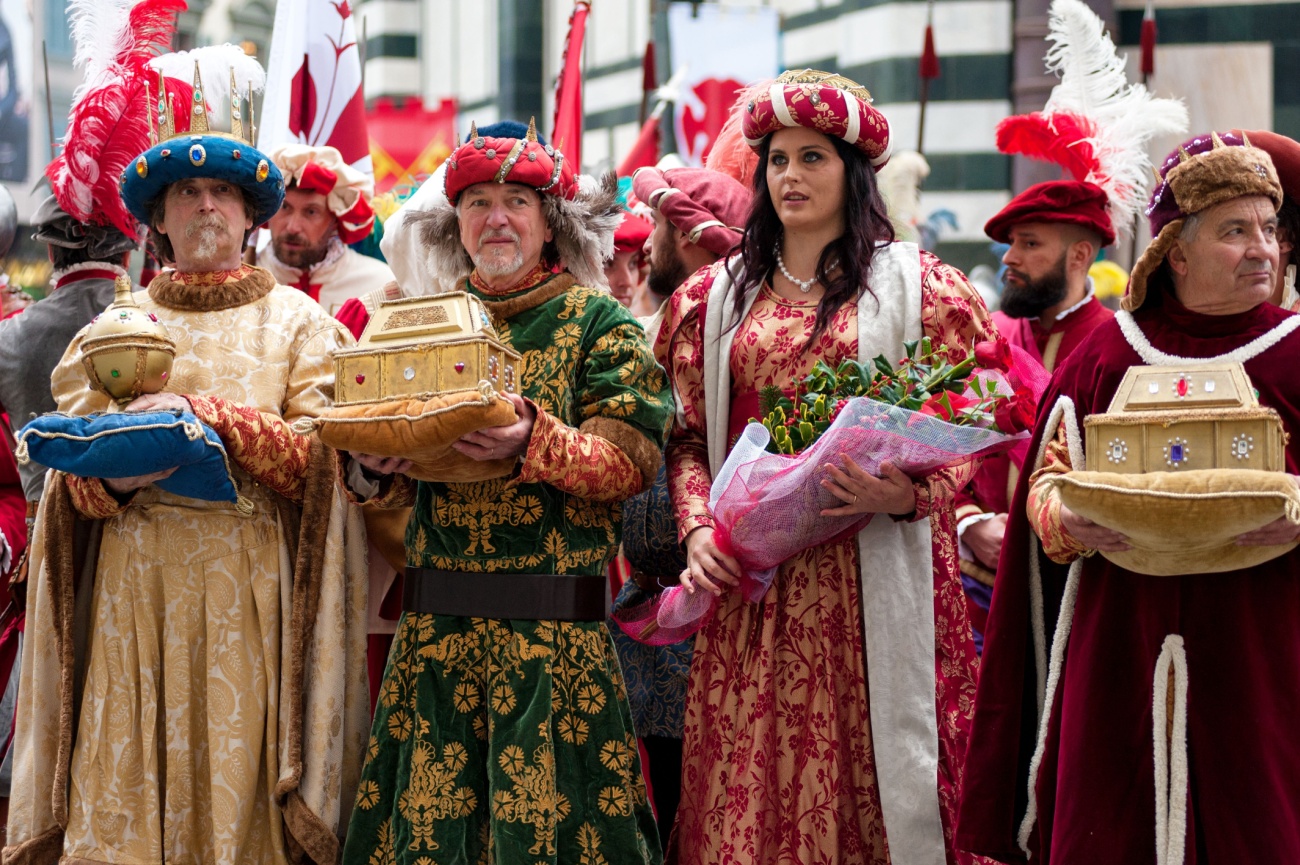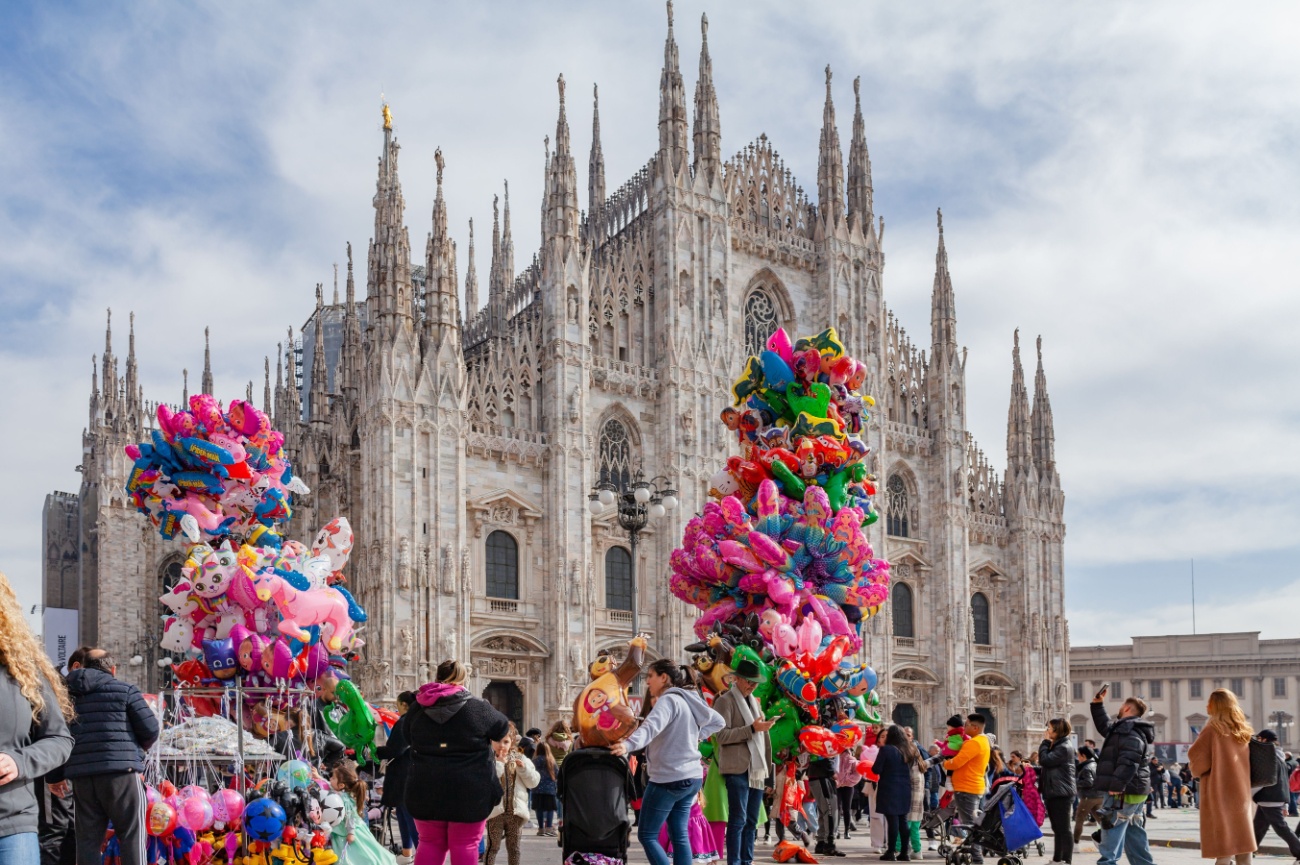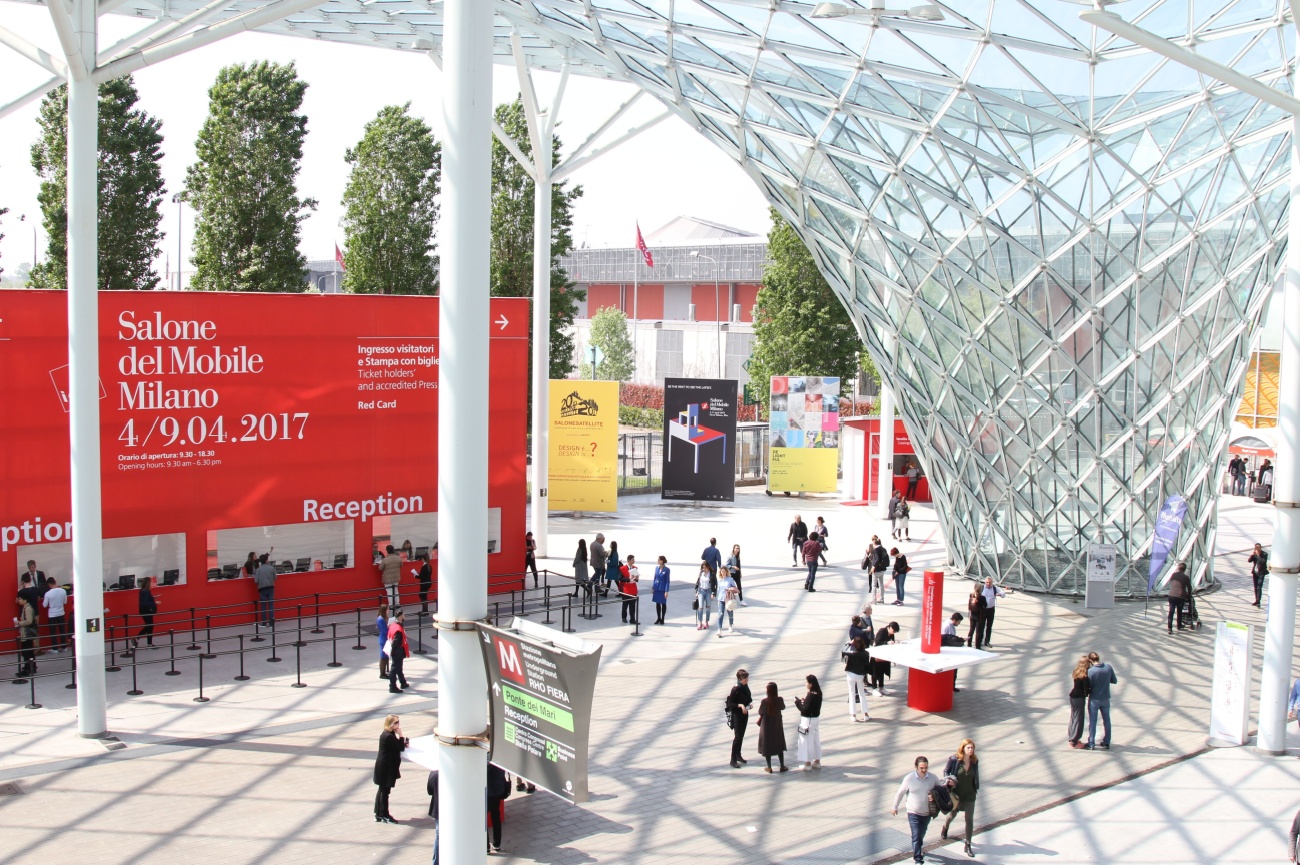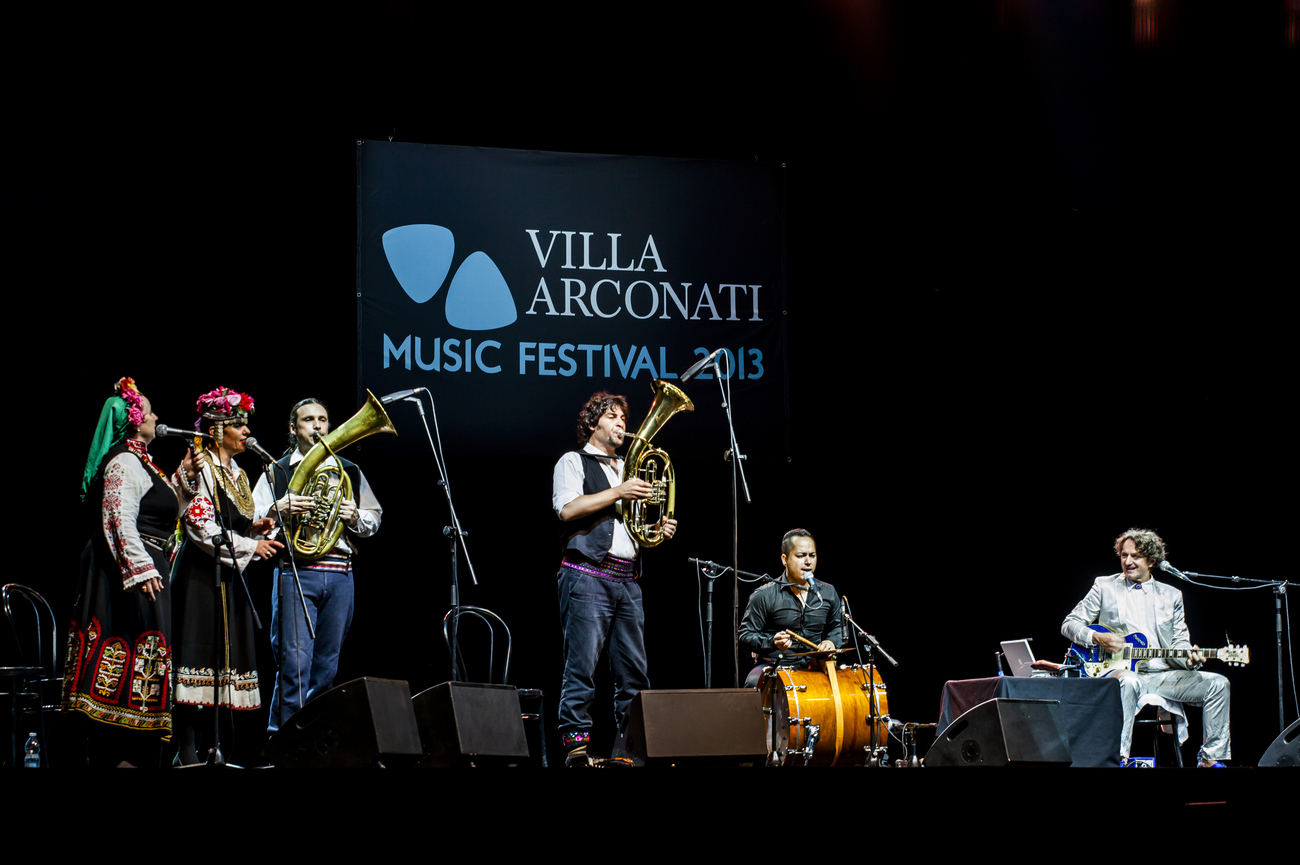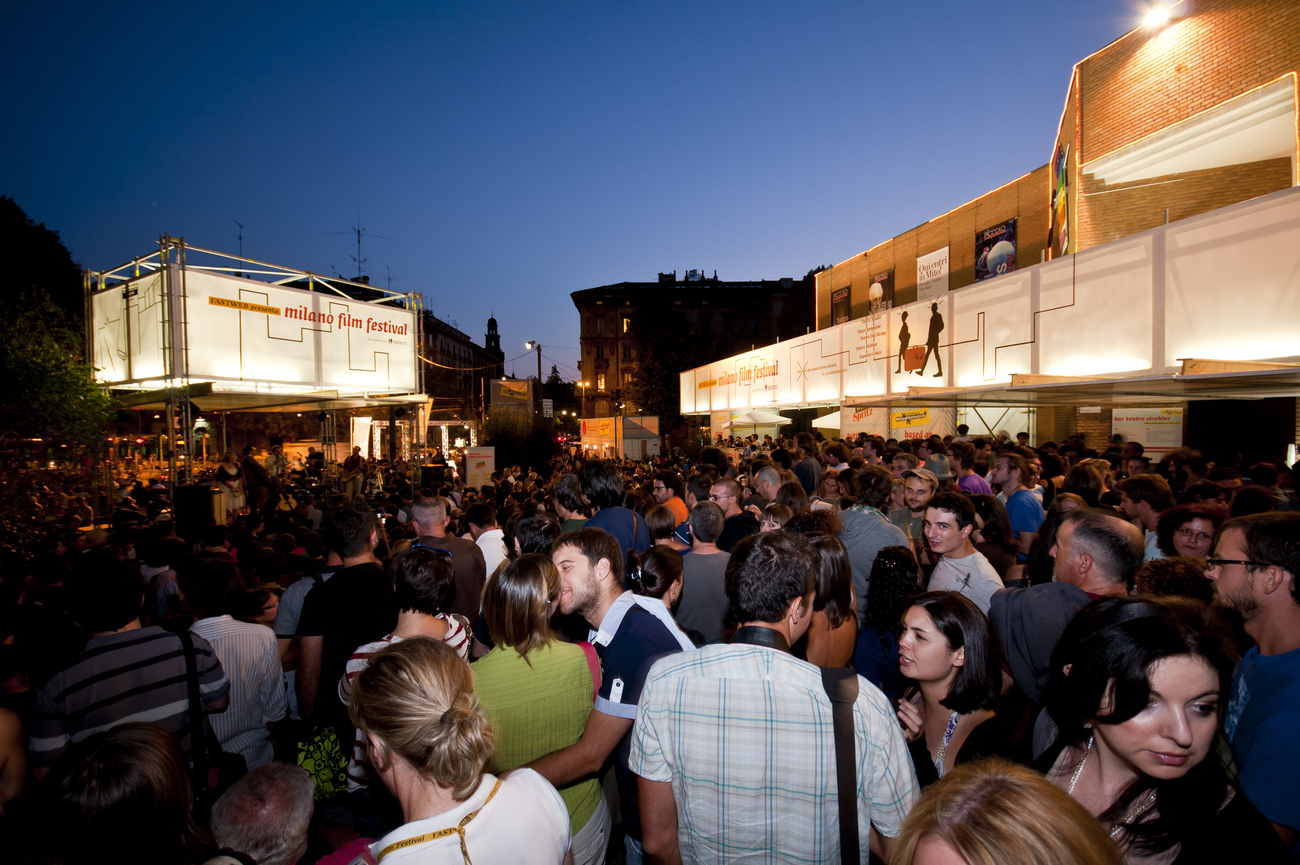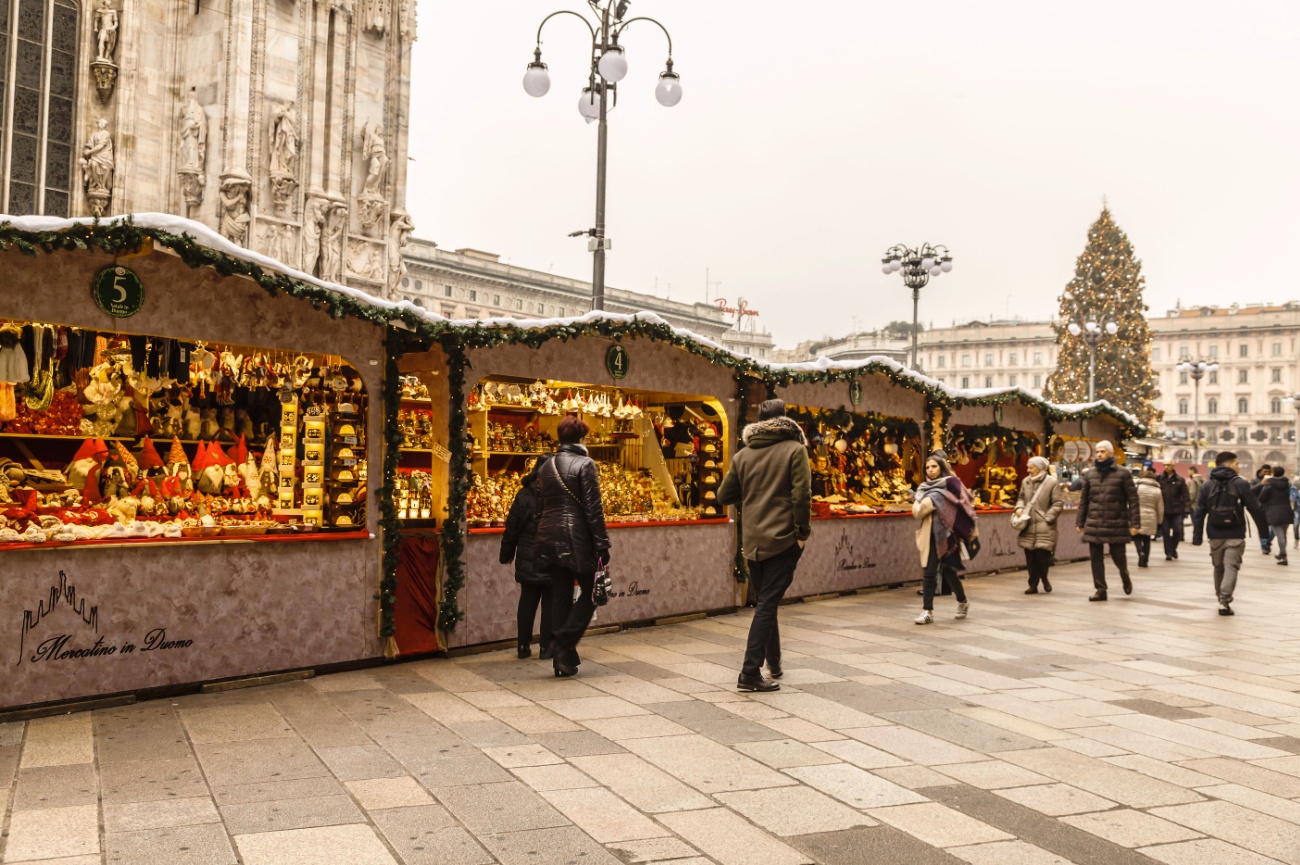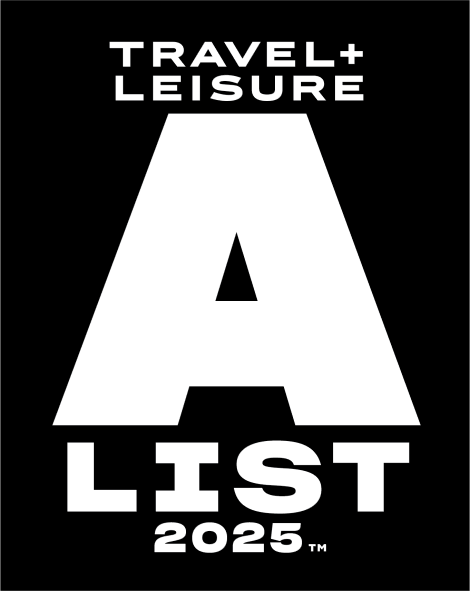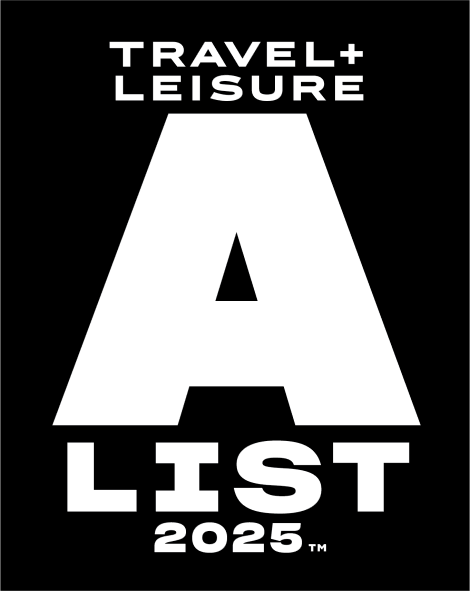Things to Do in Milan, Italy: 4-Day Itinerary
Italy’s wealthiest city, Milan is high-tech, fast-paced, and very cosmopolitan. It is the capital of the Lombardy region and stretches from sparkling Lake Como to the majestic Alps. Milan’s position on the route between Rome and northern Europe produced great wealth during the Middle Ages that persisted into modern times, making it the financial capital of Italy.
Milan isn’t known for enchanting ancient ruins or charming medieval streets but rather for luxury shopping, modern design, business, and innovation. However, the city is not without its architectural treasures. The 14th-century Duomo di Milano, one of the largest cathedrals in the world, is covered with gargoyles, saints, and pointy spires evocative of the Alpine peaks.
Milan has a centuries-long history of battling with Florence, Venice, and the French for power over land and sea. The Sforza Castle speaks to the might of the wealthy Milanese family who enlisted Leonardo da Vinci as a military engineer to rival the Médicis of Florence. Leonardo’s fragile Last Supper mural graces the walls of Santa Maria delle Grazie, but tickets get snapped up quickly, so plan ahead!
When it comes to shopping, Milan is Italy’s fashion capital. Every major designer is represented, and the glitzy bi-annual Fashion Week attracts style icons from around the globe. The sidewalks of the fashion district are a veritable runway show, especially along the Golden Quad’s elegant shopping streets. One of the best places to find all the luxury brands under one roof is the world's oldest shopping mall, Galleria Vittorio Emanuele II.
The best way to see Milan in a short amount of time is to purchase the Full or Light city pass as it offers entry to many of the attractions included here. Immerse yourself in our 4-day itinerary to experience Milanese style and history at its best.
Day 1

Morning: Piazza del Duomo
Milan’s premier piazza is surrounded by the city’s most prestigious buildings, including Italy’s largest Cathedral. The flamboyant church was started in 1386 and was updated for 600 years, keeping centuries of stone masons employed. The cathedral is decorated with thousands of statues and gargoyles and awe-inspiring stained glass. Climb 251 steps to the Terrazze del Duomo to walk among the saints and spires perched around the lacy arches on the roof. The Duomo Museum tells the story of the cathedral, while the archaeological area recounts the earliest 4th-century basilica.
Palazzo Reale di Milano
The Royal Palace across from the Duomo was the seat of the medieval government. It is currently a cultural center hosting international modern and contemporary art exhibitions.
Day 1, Morning - Milan Tour Map
Afternoon: Galleria Vittorio Emanuele II
Milan’s other cathedral- to shopping- is home to luxury boutiques and wonderful restaurants under one stunning iron and glass dome roof. Italy’s oldest shopping mall is a 19th-century covered arcade that connects to the Piazza del Duomo. The striking mosaics around the Galleria represent the continents of Asia, Africa, Europe, and America. Adjacent to the mall is La Rinascente, a beautiful luxury department store with a high-end food court.
Teatro alla Scala
The Opera House, constructed in 1778, has hosted some of the world’s most beloved operas. Guided tours of the theatre and museum are readily available, but opera tickets are hard to come by.
Day 1, Afternoon - Milan Tour Map
Day 2

Morning: Santa Maria delle Grazie
The 15th-century Dominican church and convent designed by Donato Bramante is a UNESCO World Heritage Site. Bramante’s Sacristy is crowned with an elegant arcaded 16-sided dome. Most people pilgrimage here to see Leonardo da Vinci’s Il Cenocol. The Last Supper, painted in 1495, survived the WW II bombing and remains in its original location in the convent’s refectory. Try to get tickets as far in advance as possible.
Basilica of Saint Ambrosius
Make a quick stop at the 1,000-year-old church dedicated to Milan’s patron Saint Ambrosius. His remains are buried in the crypt. The church is rich with frescoes, paintings, sculptures, and magnificent 12th-century mosaics in the dome.
Leonardo da Vinci Museum of Science and Technology
This impressive museum near Sant Ambrosio explores Da Vinci’s work as an engineer, scientist, and artist, and provides insight into his pioneering Renaissance techniques and humanist beliefs. In keeping with da Vinci’s visionary innovation, thematic exhibitions focus on modern transportation, space, physics, chemistry, metallurgy, and telecommunications.
Day 2, Morning - Milan Tour Map
Afternoon: Sforza Castle
Milan boasts one of the largest citadels in Europe. The hulking 14th-century Sforza Castle, or Castello Sforzesco, was transformed into a Renaissance palace by Francesco Sforza, the Duke of Milan and a military figure pivotal in the Italian Wars. Over the centuries, the castle withstood many attacks and underwent periodic facelifts.
Its architectural points of interest are the ramparts, towers, battlements, arcaded courtyards, and a 16th-century hospital. Inside, the Great Hall is emblazoned with coats of arms that praise the mighty Sforzas while frescoes in the ducal Chapel celebrate the resurrection of Christ. Some of the greatest Renaissance artists and architects, including Leonardo da Vinci, Bramante, and Michelangelo, had a hand in updating the space. A dozen museum rooms throughout the castle are packed with great artworks, armour, tapestries, historical musical instruments, and ancient archaeological artifacts.
The genius of Leonardo is seen in the Hall of Axes where a painted tangle of mulberry trees climbs along the vaults as if it is a pergola. The viewer’s eye is drawn upward to the Sforza Coat of Arms in the center under the blue sky, making this one of the earliest examples of illusionary painting, or trompe l’oeil. Michealangelo’s last sculpture, Rondanini Pietà standing solemnly unfinished in a frescoed room, depicts the Virgin Mary mourning a dead Christ.
Parco Sempione
In the 19th century, the Sforza Castle grounds were transformed into the city’s largest public park. The park, set against the backdrop of the castella, is a serene place to enjoy a picnic under the immense trees. It features many public artworks throughout the sprawling property. Inside the park is an aquarium, The Bridge of Lovers, and Branca Tower. Ride an elevator to the top of the tall, steel-framed tower poking up from Parco Sempione where the observation deck offers fabulous views over Milan.
Day 2, Afternoon - Milan Tour Map
Day 3

Morning: Pinacoteca Ambrosiana
This lovely 24-room museum holds the largest collection of writings and drawings by Leonardo da Vinci. The Ambrosiana Bibliothèque was established in 1618 by Cardinal Federico Borromeo who donated masterful paintings, sculptures, and drawings to the library. The museum collections also include a rare da Vinci painting and other Gothic and Renaissance masterpieces. The must-see artworks are highlighted, making them quick and easy to find. The Ambrosiana, named for Milan’s patron saint, Ambrosia, is a quick walk from the Duomo.
Church of San Sepulcher
The Church of San Sepulcher is a Romanesque church that was given a Baroque facelift. Travel through time as you descend into the vaulted crypt and walk on the pavement of an ancient Roman forum that once stood here. The arches are covered with frescoes dating to about 1030 and depict images of saints, the crucifixion, and other biblical and celestial scenes. The upper church has a history mingled with the Crusades. Legend holds that sacred soil along with other important relics was brought here from Jerusalem during the 11th century.
San Bernadino alle Ossa
Like many religious structures in Milan, the 12th-century Gothic church was renovated in the 17th century. It is best known for its chapel wall embedded with human skulls and bones. In 1210, these remains were exhumed from the local cemetery when the graveyard ran out of space. The church also features a soaring 17th-century ceiling fresco by Sebastiani Ricci depicting the Triumph of Souls and Flying Angels.
Piazza Mercanti
A beautiful gothic square marks the historic center of Milan. Well-preserved Medieval buildings surrounding the 800-year-old piazza create a charming medieval nook within modern Milan. The Palazzo della Ragione is a splendid red brick building built in 1233 to house the courts of justice and the city market. The striking Loggia degli Osii was the judicial center of Medieval Milan. Palazzo dei Giureconsulti housed the Chamber of Commerce and the Palazzo delle Scuole Palatine was an important school of higher education. The Gothic Casa dei Panigarola, with its interesting medieval arcade, served as the seat of the notary. It is now a chic restaurant serving modern dishes with views over the square.
Day 3, Morning - Milan Tour Map
Afternoon: Shop Till You Drop!
- Corso Vittorio Emanuele II : Stores offering a gamut of price points make Corso Vittorio Emanuele II the Milan’s most popular shopping avenue. It stretches from the Piazza del Duomo until it turns into via Venezia. The street is flanked by luxury boutiques, accessory and leather shops, cafés, and restaurants.
- Corso di Porta Ticinese: This shopping district has been likened to Portobello Road in London. It is a little removed from the city center, but walkable. Here, indie shops carry off-beat labels and trendy clothing. Head to this neighborhood for vintage stores, original jewelry and accessory shops, and record stores. Take a break from shopping to pop into San Lorenzo Maggiore, an imposing 4th-century basilica with ancient mosaics.
- Quadrilatero d’Oro: Milan’s “golden quadrilateral” is one of the world’s most famous shopping districts. It is loosely bound by four well-heeled streets: via Montenapoleone, via della Spiga, via Manzoni, and via San't Andrea. The most upscale shops and haute couture designers are represented here, from Gucci, Pucci, and Cartier, to Fendi, Harry Winston, and Dolce and Gabbana. Window shopping and people-watching from a sidewalk café do not come with quite the price tag. Sales take place in winter and summer, so there is hope for luxury shopping without going bankrupt.
- Armani Megastore: Couture lovers are in their glory at the Armani Megastore where all the Armani brands, including a Junior Emporium for kids, a luxe chocolate shop, an upscale florist, and a café, are all under one roof. Nobu, the world-class Japanese restaurant is a sleek Armani-designed restaurant inside the megastore. For the ultimate splurge, immerse yourself in Italian design by staying at the Armani Hotel. Also within this quarter is the Bagatti Valsecchi Museum, a stunning 16th-century museum of decorative arts.
Day 3, Afternoon - Milan Tour Map
Day 4

Morning: Galleria Arte Moderna
The Modern Art Gallery, located within the 18th-century Villa Reale consists largely of Italian and European works from the eighteenth to the twentieth centuries. Get your fill of Cezanne, Manet, Picasso, and Van Gogh along with sumptuous interiors of the neoclassical palace. End your visit with a stroll through the museum’s English Gardens.
Giardini Gardens
Established in 1784, Giardini is the oldest public garden and the second largest public park in Milan. You might also see it listed on maps as Giardini di Porta Venezia. The historic green oasis is adjacent to the grand Palace Real and is home to several specialized gardens, a playground, monuments, fountains, and a café. The Planetarium and Natural History Museum are also on the property. Creative art installations pop up throughout the park during Fashion Week and winter brings an ice-skating rink and a Christmas festival.
Natural History Museum
Milan’s oldest civic museum, housed in its original 19th-century building is located within the Giardini Gardens. It focuses on the natural history of mankind, with collections of mineralogy, paleontology, and zoology. Popular exhibits feature fossils, dinosaurs, and gems from around the world. The museum offers interesting cooking and art classes to allow a deeper journey into the food and art of different cultures.
Palazzo Dugnani
At the west end of Giardini Gardens is the grand 18th-century mansion that is best known for its swirling Baroque frescoes by Tiepolo, depicting scenes from antiquity. It also houses an interesting Cinema Museum.
Porta Venezia
One of the historical gates to the city stands at the center of the highly diverse Venezia quartiere. Milan’s gay neighborhood, nicknamed the Rainbow District, is lively with LGBTQIA+-friendly bars and restaurants. It even has its own Rainbow Station metro stop.
Corso Buenos Aires
One of Milan’s affordable shopping streets stretches from Porta Venezia to Loreto. In contrast to the haute couture found on via Montenapoleone, shops along this avenue are more affordable. They include discount “stock houses” carrying slashed-price designer lines from last season. To add to the eclectic vibe of Corso Buenos Aires, you can find Turkish baths, colorful cafés, and modern gelato shops. Factoid: In 1906, the street was renamed to honor Argentina and Peru, the first two countries to accept participation in the Universal Exposition held that year in Milan.
Day 4, Morning - Milan Tour Map
Afternoon: Navigli Canal Quartiere
Hop a tram to this quirky neighborhood for its picturesque canals and bridges, indie shops, antique stores, and vibrant nightlife. For hundreds of years, the navigli – “navigable canals “- crisscrossed the city, like Venice. They were used for irrigation and transportation. Today, Navigli Pavese and Naviglio Grande are the two major canals that converge at Darsena, the historic quayside. During the past ten years, this area has undergone a dramatic transformation into a charming, pedestrianized destination neighborhood.
Basilica San Lorenzo Maggiore
Aim yourself toward the ancient Basilica San Lorenzo Maggiore, built in the 4th century. Once you spot the impressive marble colonnade encircling the dome, you’ll see why it is nicknamed “San Lorenzo of the Columns.” The relics of the martyred patron Saint Aquilino are enshrined in his namesake chapel decorated with 16th-century frescoes.
Navigli District
Enjoy a leisurely stroll along the waterfront, stopping for an aperitif or dinner at one of the many cafés overlooking the canals. Navigli is where you can find funky souvenirs at the many indie stores or score a treasure from an antique shop. Tour operators offer sunset boat tours and kayaking on the canals. Cyclists might enjoy taking a guided bike tour along the navigli and into the enchanting countryside.
Another architectural point of interest, besides the canals and bridges, is the palazzi di ringhier. These tenement apartments with long, iron balconies and colorful shutters were popular in the 1890s. Like a century ago, the tenements are still laden with flower baskets and hanging laundry. A walk along Vicolo dei Lavandai, Washermen’s Alley, is another throwback to the 19th century. This atmospheric stretch along the canal remains unchanged, with its covered washhouses and stone pavements creating a romantic photo opportunity.
Within the greater Navigli quartiere, Porta Genova runs alongside the Naviglio Grande canal. After recent redevelopment, the neighborhood is loaded with al fresco restaurants, osterias, a food hall, aperitivo bars, and pubs. Industrial buildings have been converted into museums, such as the Mudec, a factory-turn-sleek modern gallery.
Darsena Dock
The Darsena dock area is the go-to for nightlife. You will be spoilt for choice! After dinner, go dancing or catch some live music at one of the many clubs, music venues, blues bars, and concert venues.
Basilica Sant’Eustorgio
For a more religious experience, visit the Basilica Sant’Eustorgio, one of the oldest churches in Milan. It once housed the Relics of the Three Kings and is the final stop of the Epiphany Feast of the Three Kings procession from the Duomo. Other points of interest are the Portinari Chapel with Renaissance frescoes, an ornate late-Gothic tomb, and great artworks in the cloister museum.
Day 4, Afternoon - Milan Tour Map
Other Things to See in Milan
- The Archaeological Museum of Milan: The Archaeological Museum is in the former convent of the Monastero Maggiore and is situated on the site of a 1st-century building, where you can see a Roman circus and remains of the original city wall. The museum collections exhibit artifacts from ancient Milan and local findings from the Etruscan, Greek, and Roman eras.
- Bagatti Valsecchi Museum: Nineteenth-century barons and counts loved to collect things. The two brothers Bagatti Valsecchi combined their love for art and artifacts to create a mansion full of 15th and 16th-century paintings, textiles, armour, and decorative arts. The Bagatti Valsecchi Museum is one of the best-preserved house museums in Europe.
- Brera District: Explore the glamorous artsy neighborhood with its cobbled streets, art galleries, upscale food shops, and the 15th-century Santa Maria del Carmine church. The Pinacoteca di Brera exhibits a rich collection of Italian Renaissance and Baroque art while the Brera Botanical Garden is a veritable oasis in Milan.
- Museo Poldi Pezzoli: Behind an unremarkable 19th-century façade is the remarkable family collection of Count Poldi Pezzoli. His lifetime of collecting showed a huge diversity of interests. The museum rooms exhibit armor, glass and ceramics, tapestries, and decorative arts. The sculpture and paintings are world-class, with pieces by great Renaissance masters Botticelli, Bartolini, Lorenzo Lotto, and Piero della Francesca. This gem of a museum is not far from the Teatro alla Scala.
- Planetarium: The Milan Planetarium, located within the Giardini Gardens, is the largest and most important planetarium in Italy. It was built in 1930 and hosts celestial events, daily movies, and other galactic observations.
- Padiglione d'Arte Contemporanea (PAC): The Contemporary Arts Pavilion is Milan's most important centre for the exhibition of contemporary art. It is in the heart of the city, near Porta Venezia’s Park.
- Porta Nuova and Porta Garibaldi: The former industrial zone gentrified into a hip, modern business district is one of the wealthiest neighborhoods in Milan. It is home to the Unicredit Tower, the tallest building in Italy, which opens its observation deck on occasion. Another pair of skyscrapers, the Bosco Verticale or Vertical Forest, are twin residential high-rises covered in trees and shrubs and is a study in sustainable architecture.
- Porta Romana: At the edge of the city center is a sophisticated district with upscale fashion boutiques, a lively weekly market, and a restaurant district buzzing with historic trattorias, wine bars, and nightlife.
- San Siro Stadium: San Siro is a football stadium with a seating capacity of 80,000, making it the largest stadium in Italy. Check the calendar for matches, concerts, and other shows. Behind-the-scenes guided tours and tickets to the museum for the Italian National Football Team are available through the stadium website.
- Museo del Novecento: Overlooking Piazza del Duomo, the Museo del Novecento is Milan’s premier museum dedicated to 20th-century Italian art. Its collection showcases modern masterpieces, including works by Modigliani, Boccioni, and Morandi. The museum’s spiral ramp leads to a panoramic window offering breathtaking views of the Duomo.
- Fondazione Prada: A contemporary cultural hub, Fondazione Prada is where art, architecture, and innovation collide. Housed in a former gin distillery, its striking gold-leaf-clad building and industrial-chic galleries host some of the most thought provoking modern art exhibitions in Milan. it is home to a futuristic cinema designed by filmmaker Wes Anderson.
- 10 Corso Como: More than just a shopping destination, 10 Corso Como is a fusion of fashion, art, and lifestyle. This iconic Milanese space, created by Carla Sozzani, houses a boutique, art gallery, bookshop, and a rooftop garden, offering a distinctive experience for those passionate about style and creativity.
- La Triennale di Milano: Set within the tranquil Parco Sempione, La Triennale di Milano is Milan’s leading museum for design, architecture, and contemporary art. With rotating exhibitions featuring pioneering designers and visionaries, the museum is a tribute to Italy’s status as a global design capital. The on-site Design Museum is a highlight, showcasing iconic Italian furniture, graphic design, and fashion innovations.
- Palazzo Clerici: This historic palace is a hidden gem in Milan, best known for its stunning 18th-century interiors. The highlight is the grand hall’s frescoed ceiling by Giambattista Tiepolo, depicting a celestial scene of floating figures and golden light. Once home to Milanese nobility, Palazzo Clerici now hosts cultural events and exhibitions.
- Chiesa di San Maurizio al Monastero Maggiore: Often called the "Sistine Chapel of Milan," this breathtaking church is adorned with vibrant Renaissance frescoes that cover nearly every inch of its walls and ceilings. Painted by Bernardino Luini and his disciples, the artwork illustrates biblical stories in exquisite detail. Once part of a Benedictine convent, the church remains one of Milan’s most beautiful and underrated treasures.
- Chiesa di San Gottardo in Corte: Nestled behind the Palazzo Reale, this small yet significant church dates back to the 14th century. Its slender bell tower, one of Milan’s oldest, rises above the rooftops, while inside, visitors can admire restored frescoes and medieval relics.
- Grande Museo del Duomo di Milano: This museum is the key to understanding the grandeur of Milan’s iconic cathedral. Located in the Palazzo Reale, it houses a rich collection of sculptures, stained glass, tapestries, and architectural models that trace the history of the Duomo’s construction. Visitors can admire original statues removed from the cathedral’s façade and gain deeper insight into one of the world’s most impressive Gothic masterpieces.
Day Trips from Milan
- Lake Como: Just an hour from Milan, this stunning lake captivates with sapphire waters, charming towns, and misty sunsets. Visit the romantic Villa d’Este and Villa del Balbianello, then hop on a boat tour to explore lakeside villages. Como offers cozy piazzas, silk boutiques, and great dining. For breathtaking views, take the Brunate Funicular to the hilltop for panoramic vistas of the lake and Alps.
- Bergamo: The medieval city northeast of Milan has deep historic ties to Venice. This is seen in the massive defensive walls that encircle the city which are a UNESCO World Heritage Site. The High Town, Città Alta is reached by climbing steep cobbled streets and staircases or taking the funicular. Upper Bergamo is a maze of narrow streets with charming piazzas and babbling fountains. The elegant Piazza del Duomo contains both Bergamo Cathedral and the Romanesque Basilica of Santa Maria Maggiore. The adjacent Chapel Colleoni is adorned with monumental 18th-century frescoes by Tiepolo. Bergamo is a lovely place to slow down, take in the views over an aperitif, and enjoy the local favorite of cheesy polenta.
- Turin: Plan to visit Turin via direct high-speed train from Milan, which takes only one hour. Turin, the urbane capital of the Piedmont region, is a stately city with palatial baroque architecture, a rich culture and history, and a great food scene. The elegant boulevards, grand squares, and historic cafes are perfect for strolling and taking in the sites. Visit a few of the main attractions such as the Royal Palace or the National Museum of the Automobile. Ride the glass elevator up the soaring spire of the Mole Antonelliana, a 19th-century tower with a panoramic terrace and the National Cinema Museum. Turin Cathedral is worth a visit but be aware that the real Shroud of Turin is rarely displayed to the public.
- Lake Maggiore and Borromean Islands: Just over an hour from Milan, Lake Maggiore offers a serene escape with stunning alpine scenery and charming lakeside towns. The real gems of the lake are the Borromean Islands, where visitors can explore opulent palaces, lush botanical gardens, and quaint fishing villages. Take a boat from Stresa to Isola Bella to see the lavish Borromeo Palace or visit Isola dei Pescatori for a relaxing lakeside lunch.
- Franciacorta Wine Region: A paradise for wine lovers, Franciacorta is renowned for its exceptional sparkling wines, often compared to Champagne. Located about an hour from Milan, this picturesque region boasts rolling vineyards, elegant wineries, and charming medieval villages. Enjoy guided tastings at top wineries, explore Lake Iseo’s scenic shores, or pair your wine with gourmet local cuisine.
- Verona: Best known as the setting of Shakespeare’s Romeo and Juliet, Verona is a romantic and historic gem just over an hour from Milan by train. The fastest and most convenient way to reach Verona is by train from Milano Centrale, with high-speed Frecciarossa trains getting you there in just 1 hour and 15 minutes. Stroll through its beautifully preserved medieval streets, visit Juliet’s House, and marvel at the ancient Roman Arena, which still hosts world-class opera performances. Piazza delle Erbe offers a lively atmosphere with charming cafés and market stalls.
- Pavia: Just 30-40 minutes from Milan, this historic city is home to one of Italy’s oldest universities and a charming medieval centre. Stroll along its cobbled streets, visit the stunning Pavia Cathedral, and don’t miss the impressive Certosa di Pavia, a grand monastery just outside the city.
- Vigevano: A hidden gem just 35-50 minutes from Milan, Vigevano is best known for Piazza Ducale, one of Italy’s most beautiful Renaissance squares. Explore the town’s elegant streets, visit the grand Sforza Castle, and soak in the relaxed, timeless atmosphere.
- Monza: Just 15-20 minutes from Milan, Monza blends history with speed. The Royal Villa of Monza boasts stunning gardens and lavish interiors, while the famous Monza Circuit draws Formula 1 fans from around the world. The city’s lively centre also offers great shopping and dining.
- Varese: Around an hour from Milan, Varese is a peaceful escape surrounded by lakes and rolling hills. Its star attraction is the Sacro Monte, a UNESCO-listed pilgrimage route leading to the Sanctuary of Santa Maria del Monte, a historic hilltop church with stunning views. The city is also dotted with elegant villas and gardens, perfect for a relaxing day trip.
- Piani di Bobbio, just an hour from Milan, is a popular ski resort located in the Valtorta Valley, near the town of Barzio in Lombardy, Italy. It is a popular destination for winter sports, offering ski slopes for all levels, as well as opportunities for snowboarding, snowshoeing, and other mountain activities. The resort is easily accessible from Milan, making it a favourite spot for both locals and tourists looking for a quick getaway in the Alps.
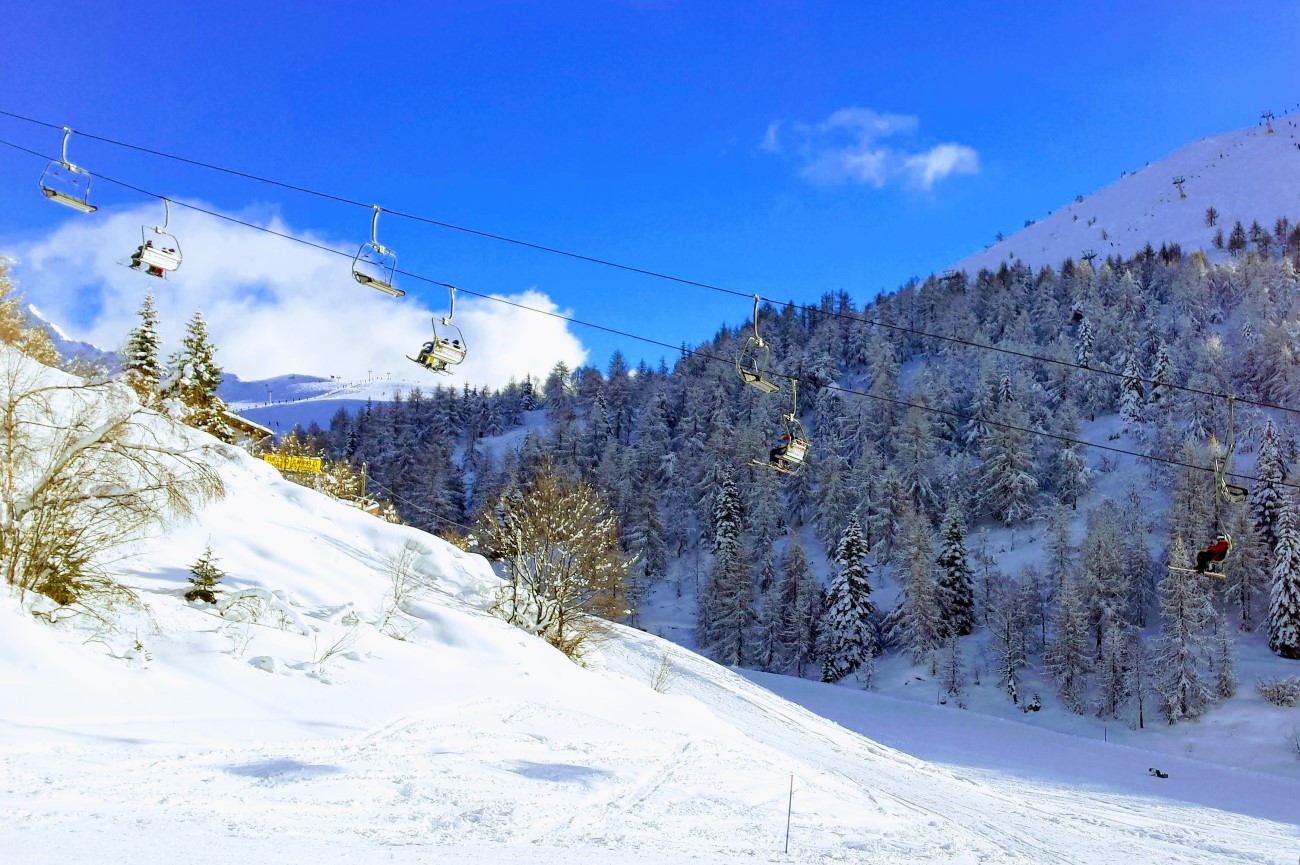
Alpine Hot Spring and Spas
Italy’s fascination with thermal baths dates to ancient times when Roman bathhouses were the center of socialization and well-being. Northern Italy has a windfall of hot springs thanks to the Alpine water sources around which modern spa towns and resorts are built. The following suggestions are just a few of the dozens of thermal pools located within driving distance of Milan that range from luxury hotels to hidden natural pools. Skiers appreciate the restorative nature of hot baths after a cold day on the slopes.
- Abano Terme: The town is a hotbed of hot springs, with multiple hotels centered on thermal pools and “healing” mud.
- QC Terme Bagni Vecchi: Bormio’s iconic spa with an infinity pool, sweating grotto, and Roman baths. Stay at the hotel or purchase a day pass.
- Terme di Boario: A wellness spa with indoor and outdoor thermal pools and views of the Bergamo Alps.
- QC San Pellegrino Terme: Day spa with pools, whirlpools, waterfalls, and a fantastic restaurant
Racecourses in Milan
- Ippodromo de San Siro: Thoroughbred and trotter races are held at Milan’s Ippodromo de San Siro, which also hosts jumping competitions and special events on the course. The season runs year-round except for January, February, and August.
Golf Courses in Milan
- Golf Club Milano, one of Italy’s oldest and most respected golf clubs, is located in the lush countryside near the town of Cesano Maderno, not far from Milan. Established in 1928, it boasts a renowned 27-hole course, offering a picturesque setting with mature trees, ponds, and strategic bunkers. The club is known for its elegant atmosphere and welcoming community.
- Castello Tolcinasco Golf Resort, located just outside Milan, features a renowned 18-hole course set within the grounds of a historic castle. Surrounded by lush greenery, the course offers a challenging yet scenic experience, blending tradition with natural beauty. It's an ideal spot for both golfers and those seeking a tranquil retreat.
- Golf de Rovedine, south Milan: The parkland course in the Noverasco neighborhood on the southern outskirts has an 18-hole course and a 9-hole executive course, both par 72. With 100 covered stalls, Rovedine boasts the largest covered driving range in Milan as well as a spacious clubhouse.
- Golf Club Ambrosiano, southwest Milan: Water surrounds 12 of the 18 holes at this challenging golf course in southwest Milan. Golfers can practice at the driving range before the round and enjoy drinks at hole 19 in the clubhouse afterward.
Wineries in Milan
Milan has a few urban wineries, but Lombardy’s wine trail might be Italy’s best-kept secret. The Brianza wine region between the city and Lake Como has a lush Mediterranean microclimate and rich soil conducive to great winemaking. Vineyards are centered around the charming village of Montevecchio. Take a guided tour or sign up for a Bike and Wine Tasting tour through the countryside or around Lake Como.
Cantina Urban Winery is a fun place to enjoy a wine tasting or, if you have the time, make wine at the urban winery in south Milan. Azienda Agricola Sant'Egidio Vineyard is an organic vineyard northeast of Milan, in the rolling hills near Bergamo. It offers wine tastings, tours of the cellar, an also makes olive oil and grappa. Azienda Agricola Tassodine Vineyard is a small vineyard tucked into an ancient ridge with terraces of vines producing Merlot and Pinot Noir.
Things to Do with Kids in Milan
- Hop-on Hop-off Tour Bus: Milan requires a lot of walking, even if you use public transportation but the red double-decker hop-on hop-off tour bus makes it easier to get around the city to the major attractions. You and the kiddos can cover a lot of turf on the multiple routes.
- Leonardo da Vinci Museum of Science and Technology: As noted in “Day 2” of the itinerary, kids of all ages love the interactive nature of the Leonardo da Vinci Museum of Science and Technology. The can’t get enough of the exhibits on space exploration, airplanes, and the submarine! The museum is quite vast but signage gives direction to age-appropriate areas.
- Parks and Playgrounds: Parco Sempione, Milan’s largest park is a nice escape from urban life. Head for the playground or ride the elevator to the top of the Branca Tower. The Museum of Natural History, Planetarium, and a tiny aquarium are all in this massive park.
- Other fun playgrounds: Giardini Indro Montanelli, a park with cafes, walking paths, shaded benches, and drinking fountains. Giardini Perego also has a playground and sculptures. The Brera Botanical Garden does not have a kids’ play area but is a beautiful place to stroll when in the Brera neighborhood.
- MUBA (Museum dei Bambini Milano): Milan’s Children’s Museum is located within the Rotunda della Besana, a former 17th-century church set in a unique hexagonal, colonnaded municipal park. The museum offers kid-centric workshops, colorful installations, and other educational activities. After a visit to MUBA, have a picnic on the lawn.
- Milan’s Duomo: Kids love Milan Cathedral’s duomo’s rooftop, where they can appreciate the city’s grandness while getting up close with the gargoyles. The climb is kid-friendly, and the roof is safely guard-railed.
- Galleria Vittorio Emanuele II Mosaics: Parents can shop while keeping the littles entertained with the mosaic floors in Galleria Vittorio Emanuele II, Italy’s oldest mall. Have your kids find the four mosaics near the domed glass ceiling representing Italy’s four major cities. Milan: the white background with a red cross; Rome: a she-wolf suckling Rome founders Remus and Romulus; Florence with its symbol the giglio, or lily; and Turin’s torino, the bull. It supposedly brings good luck to put your heel on the little dancing bull’s testicles and spin around three times. Kids (and adults) get a kick out of this.
- Toy Stores: FAO Schwarz, near the Duomo, is America’s oldest, most iconic toy retailer. The three-story store is loaded with high-end toys, exclusive games, life-sized stuffed animals, and of course, the “walking piano” made famous in Tom Hanks’ movie, Big. Nano Bleu is a magical, old-world store famous for its wooden toys, board games, puzzles, and a mountain of stuffed animals. Città del Sole is a popular Italian chain store that carries kids’ toys, board games, and books.
- Il Cenacolo (The Last Supper): The importance of Leonardo da Vinci’s Last Supper in the church of Santa Maria delle Grazie will not be lost on tweens and older kids. Reserve your timed entry tickets well in advance to see this UNESCO World Heritage Site church.
- Leolandia: 45 minutes east of Milan is a sweet theme park perfect for the whole family. There are attractions and costumed cartoon characters appropriate for toddlers and preschoolers while more thrilling rides will spin, drop, and dip the older kids. The park’s splash pads, water coasters, and spray park are a great way to beat the heat. Leolandia has a petting zoo, aquarium, playground and mini-golf course through Italian landmarks.
- Acquario Civico di Milano: A small but charming aquarium set in a historic Art Nouveau building, perfect for a short, engaging visit with kids. Home to a variety of freshwater and marine species, it offers interactive exhibits and a peaceful garden.
Where to Eat in Milan
Eating Markets
- Mercato Centrale Milano: Vendors in the central market sell artisan food products ranging from prepared dishes like pizza, sushi, and burgers to specialty meats and fresh pasta. It is also home to an organic market, wine shop, and FlorenceTown Cooking School.
- Porta Romana Open Air Market: Lombardy’s largest indoor farmer’s market is worth a visit if you can cook for yourself while in Milan or go to gawk at all the beautiful regional products.
- Peck: Your eyes will bug out as you enter the self-proclaimed “Temple of Gastronomical Delights.” Milan’s iconic food hall is renowned for fine cheese and cured meats, the best of local produce and pastries. Peck has three restaurants with different levels of dining and an extraordinary retail wine cellar.
Fine dining
- Antico Ristorante Boeucc Milano: The longstanding historic restaurant serves upscale Milanese dishes. The posh restaurant is set in a historic building with Old World charm, white tablecloths, and sparkling chandeliers. Expect top-notch service from bow-tie-clad servers.
- Langosteria: Langosteria is Milan’s premiere seafood restaurant with a sophisticated, intimate atmosphere. You can’t go wrong with any of the raw dishes, oysters, or seafood pasta dishes. Find various incarnations of the restaurant at Langosteria Bistro, Langosteria Café, Langosteria Cucina.
Casual Dining
- Damm-atrà: This great little restaurant in the canal quartiere serves Milanese comfort food in a cozy, welcoming atmosphere. Dine al fresco on the terrace for views of the Navigli Canal. Try the risotto Milanese or veal cutlets for a taste of authentic local cuisine.
- Arlati Trattoria: The family-run restaurant does something right as it has been around since 1936. A traditional Milanese menu with offerings like osso buco and veal shanks is served in a cozy, welcoming setting.
Where to Stay in Milan
- Portrait Milano Hotel 5*: Portrait Milano takes the “historic hotel” to a new level with its meticulous renovations of a once abandoned Archiepiscopal Seminary. One of the world’s oldest examples of Lombard Baroque architecture has been transformed into one of Milan’s best hotels. Expect impeccable hospitality and stunning rooms in the heart of Milan's fashion district. The hotel’s Piazza del Quadrilatero is the largest public square in the fashion district. Its pedestrianized promenade is surrounded by exclusive boutiques and restaurants tucked in between the historic colonnades. Pops of cardinal red throughout the rooms nod to the building’s history as an archbishop’s seminary.
- Principe di Savoia 5*: Sleep in high style at Milan’s landmark of luxury. The iconic Savoia is known for its exceptional hospitality and striking neoclassical façade. The rooms are each uniquely furnished in styles ranging from lavish 19th-century design to Art Deco. Treat yourself to Afternoon Tea or one of the many epicurean experiences the chef and mixologists have created. Pamper yourself with a massage treatment and magnificent views over Milan from the penthouse-level spa. Relax after a day of shopping in the heated pool, jacuzzi, and steam room, or work out in the state-of-the-art fitness center. Revel in the Milano sunset from the spa’s outdoor terrace. You might not want to leave the Savoia!
- Hotel Manzoni Milano 4*: The intimate Hotel Manzoni is situated on a quiet side street in the fashion district. The traditional hotel is a great choice if you appreciate Old-World elegance, warm Italian hospitality, and cozy sophisticated rooms, some with balconies. The wood-paneled lobby or wine bar is an inviting place to enjoy a cocktail under the skylight. Enjoy dinner in the hotel bistro which features Milanese and other Italian specialties and offers dining al fresco. Amenities include a wellness area with a modern fitness center, steam room, and hot tub.
- Urban Hive – Boutique Hotel 4*: This small boutique hotel, located in the stylish Brera neighborhood, is quirky and eclectic. It has a youthful vibe. The rooms are modern and minimalist, but the hotel is designed with larger communal gathering spaces and workstations around the lobby. The hotel also has a library for public use, a small garden, and a gift shop. Urban Hive offers 24/7 reception and room service, and has a cocktail bar and café, for that quick cup of coffee or breakfast.
- Rosa Grande Milano 4*: The Rosa Grand is a great value in the heart of Milan, overlooking the historic Piazza Fontana. It is a stone’s throw from the Duomo, the Teatro alla Scala, and the Fashion District. The Rosa Grand is a large hotel. The rooms and suites are modern, each with an individual style, and some with romantic views of the city. The hotel has two restaurants, a lounge Step out the front door into Milan’s vibrant historic district. The Rosa Grande has twenty-four additional Duomo Luxury Apartments with balconies and terraces overlooking the magnificent cathedral.
Best Time to Visit Milan
The weather is pleasant, and the crowds are a bit thinner during the shoulder season months of April and May or September and October. June can be occasionally rainy, but still crowded with peak season prices. During August, many shops and restaurants are closed for summer break. The winter months have fewer tourists, but are a good time to go, especially for skiers given the city’s proximity to the Alps. Milan is very festive around December with sparkling holiday lights and Christmas markets.
Festivals in Milan
- January and July – Milan Fashion Week: Milan Fashion Week is a semi-annual event held in February and September of each year, during which designers showcase upcoming collections. It is counted as one of the big four Fashion Weeks, along with Paris, London, and New York.
- January 6 – Epiphany: The most traditional Epiphany event in Milan is The Feast of the Three Kings, having been celebrated since 1336. The procession begins in the Piazza Duomo and the spectacular costume-clad parade journeys to the final stop at Basilica Sant’Eustorgio, one of the oldest churches in Milan that once housed the Relics of the Three Kings.
- February – Carnivale Ambrosiano: The Milanese celebrate the carnival season 4 days longer than the rest of Italy, Beginning on Ash Wednesday and ending on Fat Saturday (rather than Tuesday Mardi Gras). The citywide events are festive and magical with elaborate parades full of floats, exquisite masks, street entertainers, and Medieval and Renaissance reenactments at Sforza Castle. The biggest dilemma of Carnivale-goers? Which sweet treat to choose- fried chiacchiere or cream-filled tortelli?
- April – Milan Design Week: The Salone del Mobile celebrates all things design. It is only fitting that the world’s foremost design fair is held in the city best known for its high style. International designers showcase cutting-edge designs in everything from furniture design to innovations in interior architecture, including immersive and interactive exhibits.
- July – Villa Arconati Festival: The prestigious summer music festival celebrates all genres of music and musical culture. Contemporary and classical concerts are held against the backdrop of the majestic 17th-century villa. Go early for a guided tour of the magnificent “Little Versailles” and its enchanting Italian and French gardens, then enjoy the show.
- September – Milan Film Festival: The annual independent film festival features short and long films and varying other genres of movies held at different theaters around Milan.
- December – Christmas markets: one of the city’s largest Christmas Markets is held in the Piazza del Duomo. Vendors sell everything from Christmas baubles and food gifts to handmade crafts and artisan meat from red-roofed stalls lining the piazza. The famous and very busy holiday fair, Oh Bej, Oh Bej, which translates to “So nice! So nice!” is held for four days beginning December 7 in honor of Saint Ambrose, Milan’s patron saint. The Christmas market held around Sforza Castle is a popular place to pick up regional handcrafts, toys, and other souvenirs. Artigiano in Fiera, which translates to “Craftsmen at the Fair”, is another huge holiday market that brings together more than 3,000 global artisans under one huge roof at the World Join Center.
